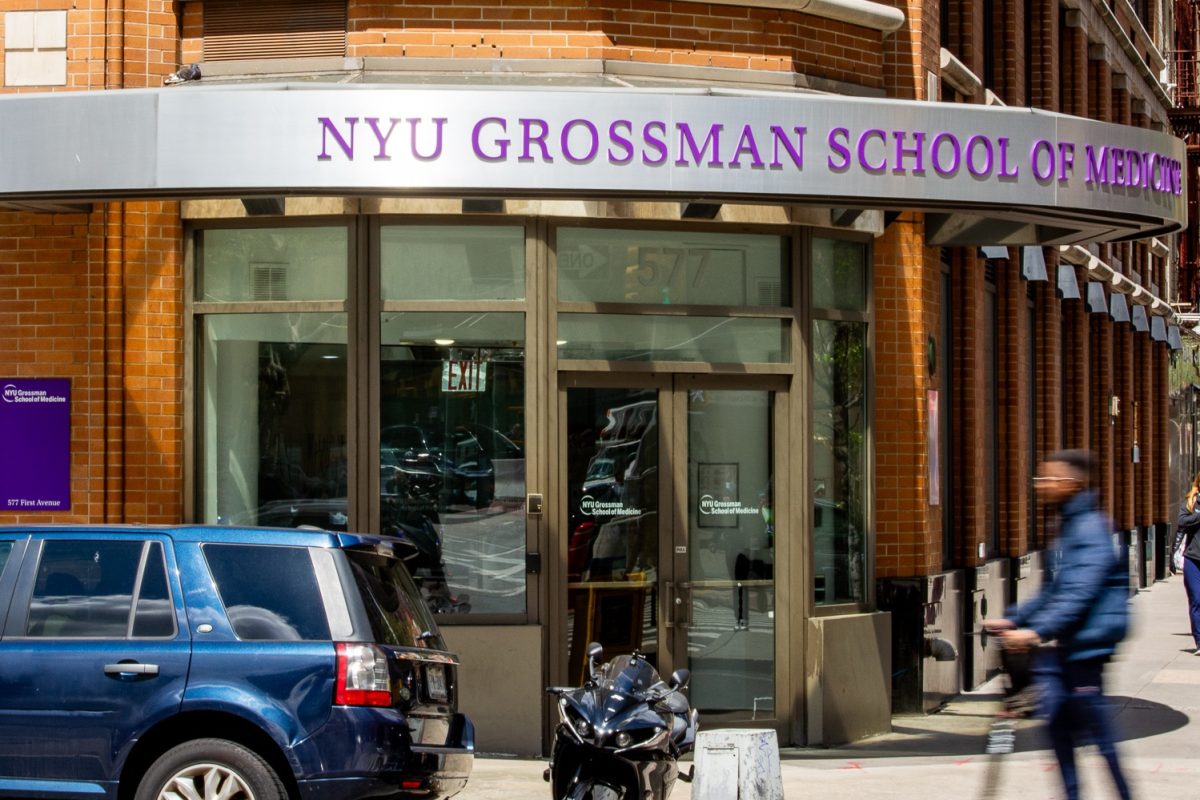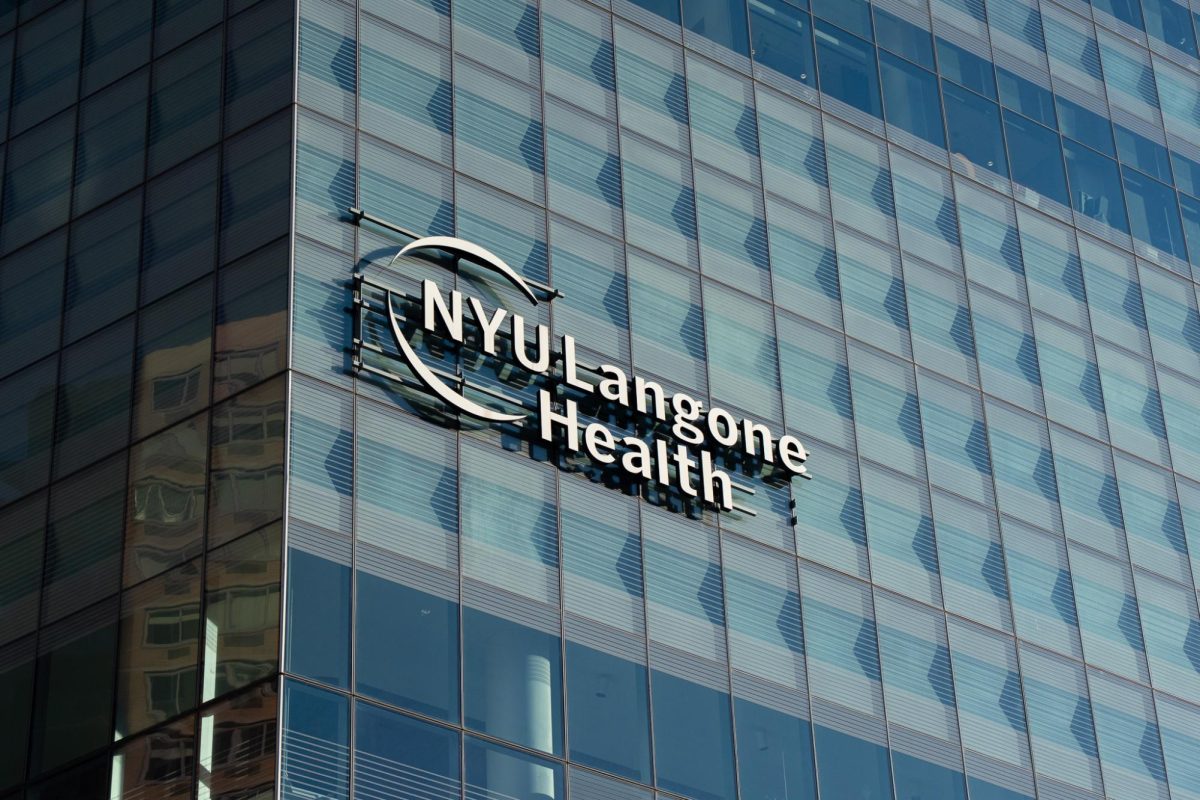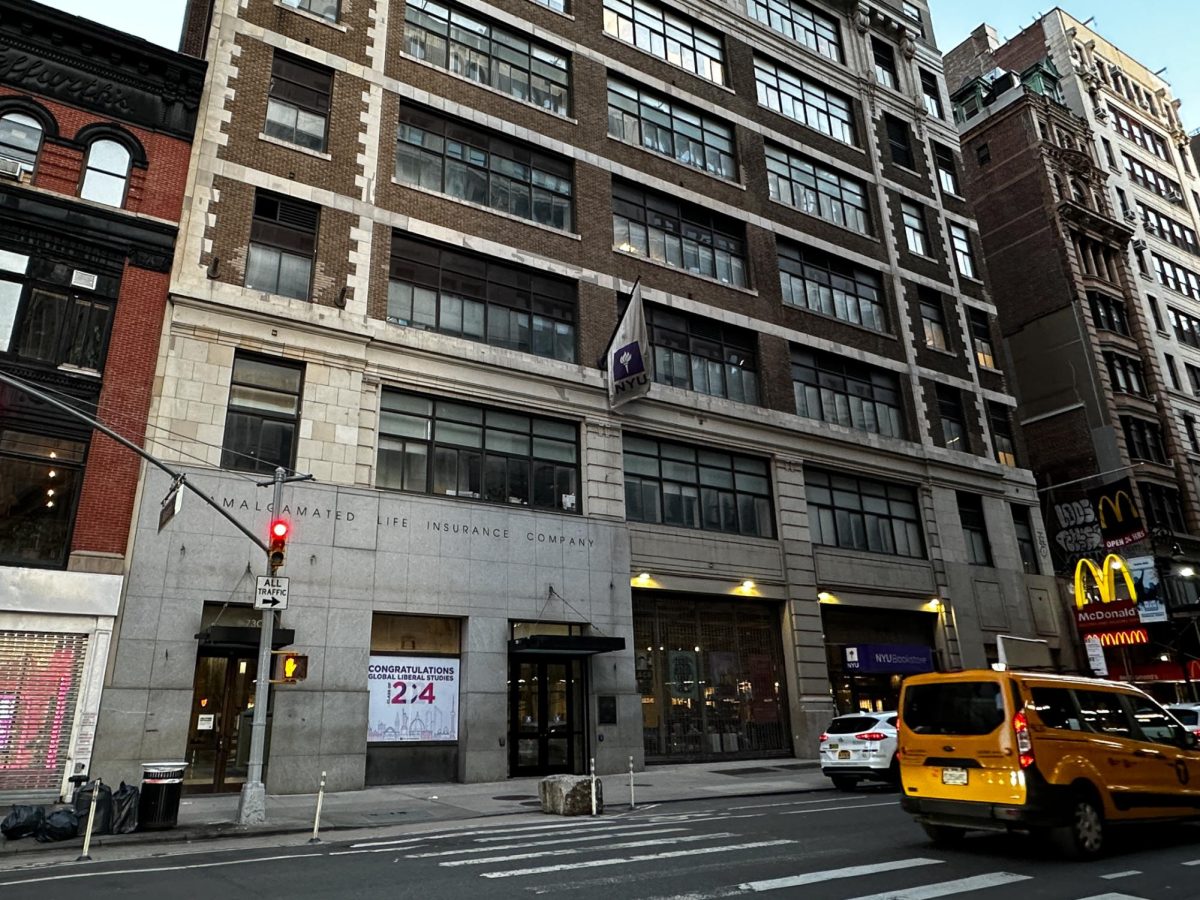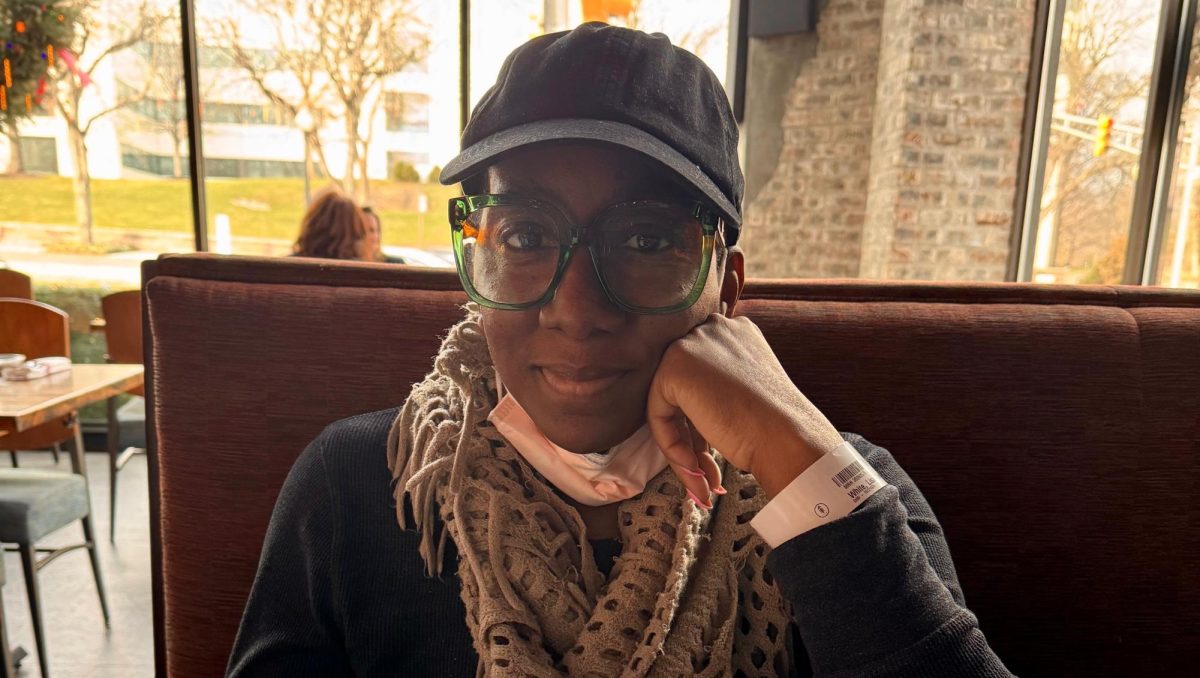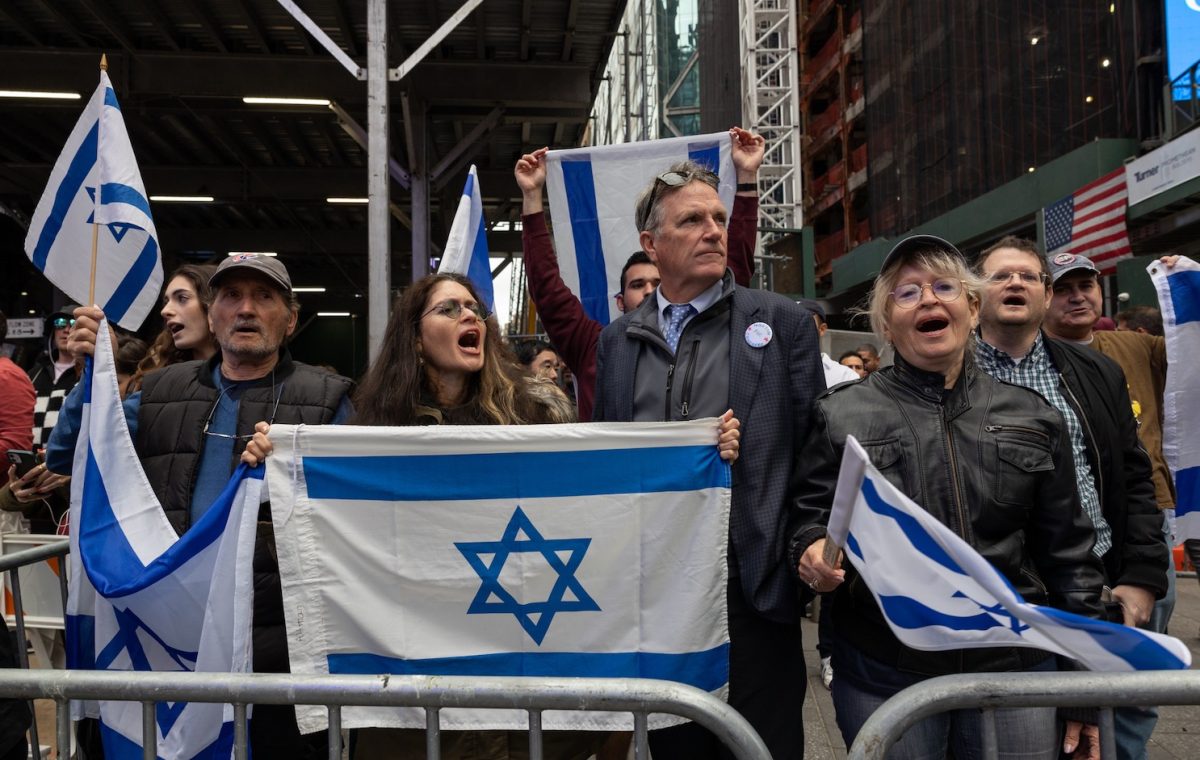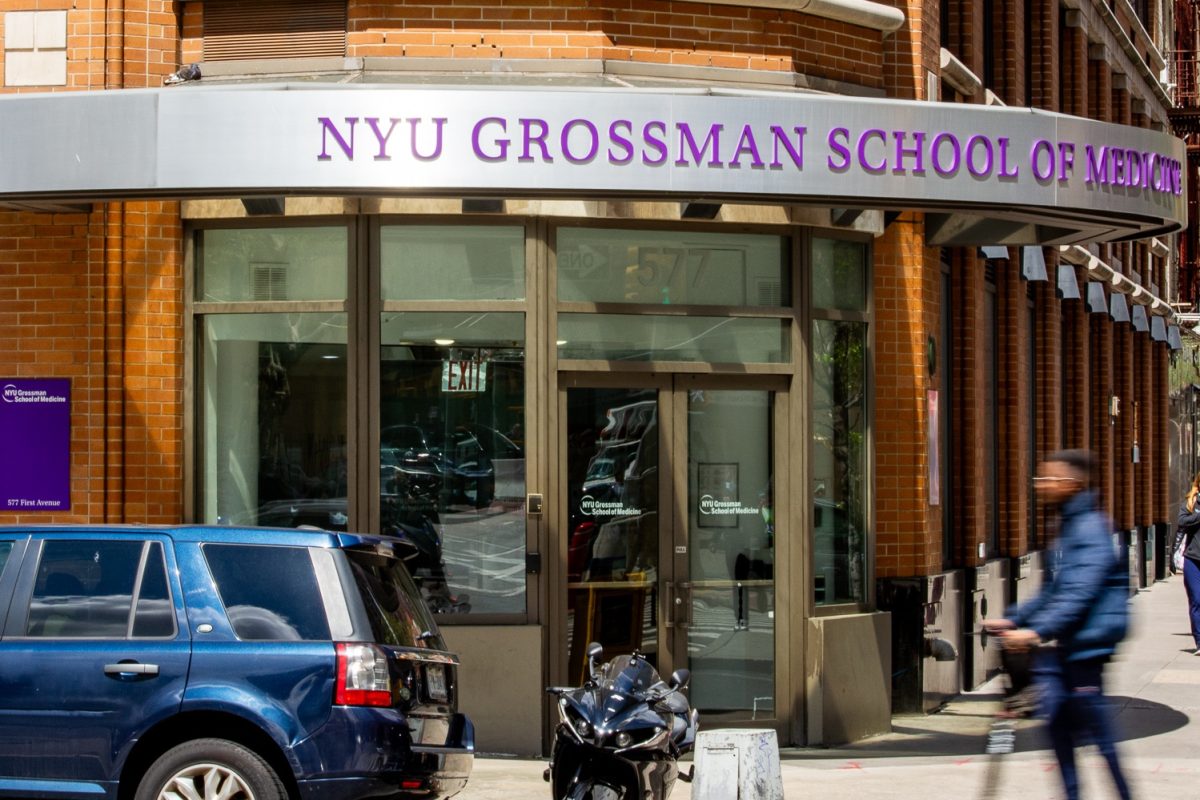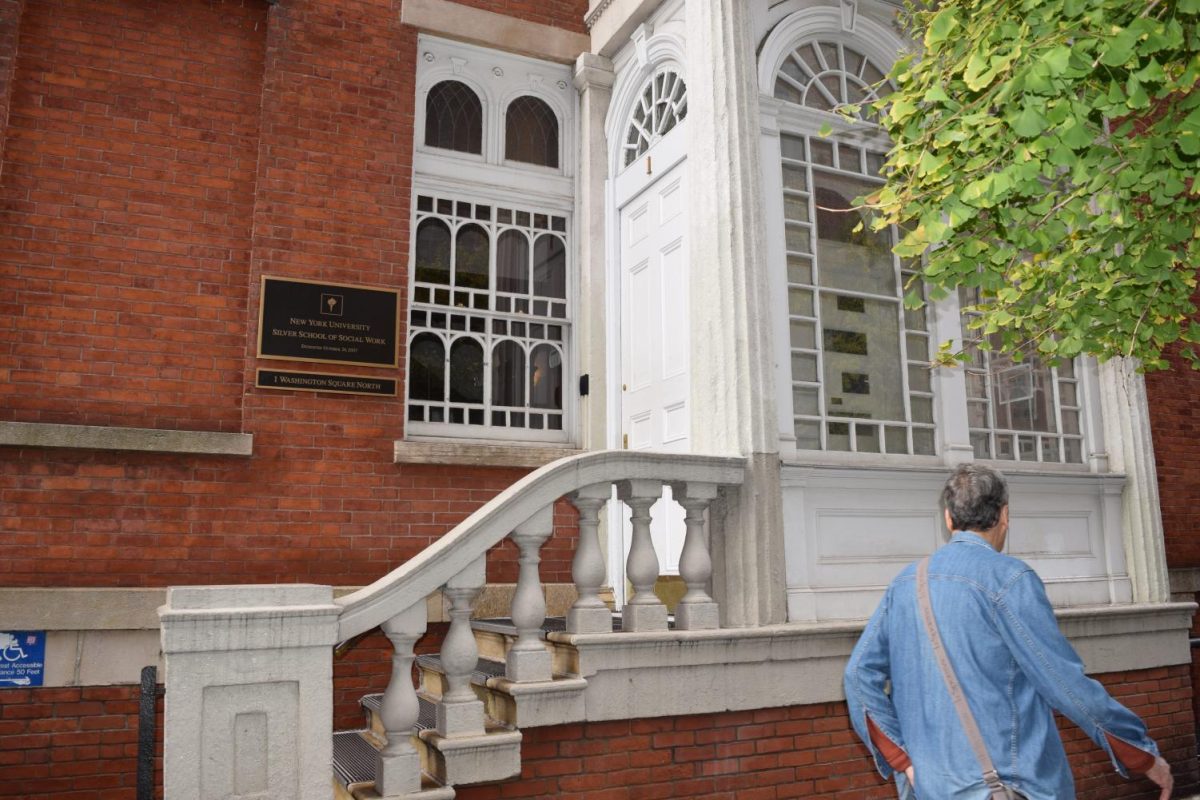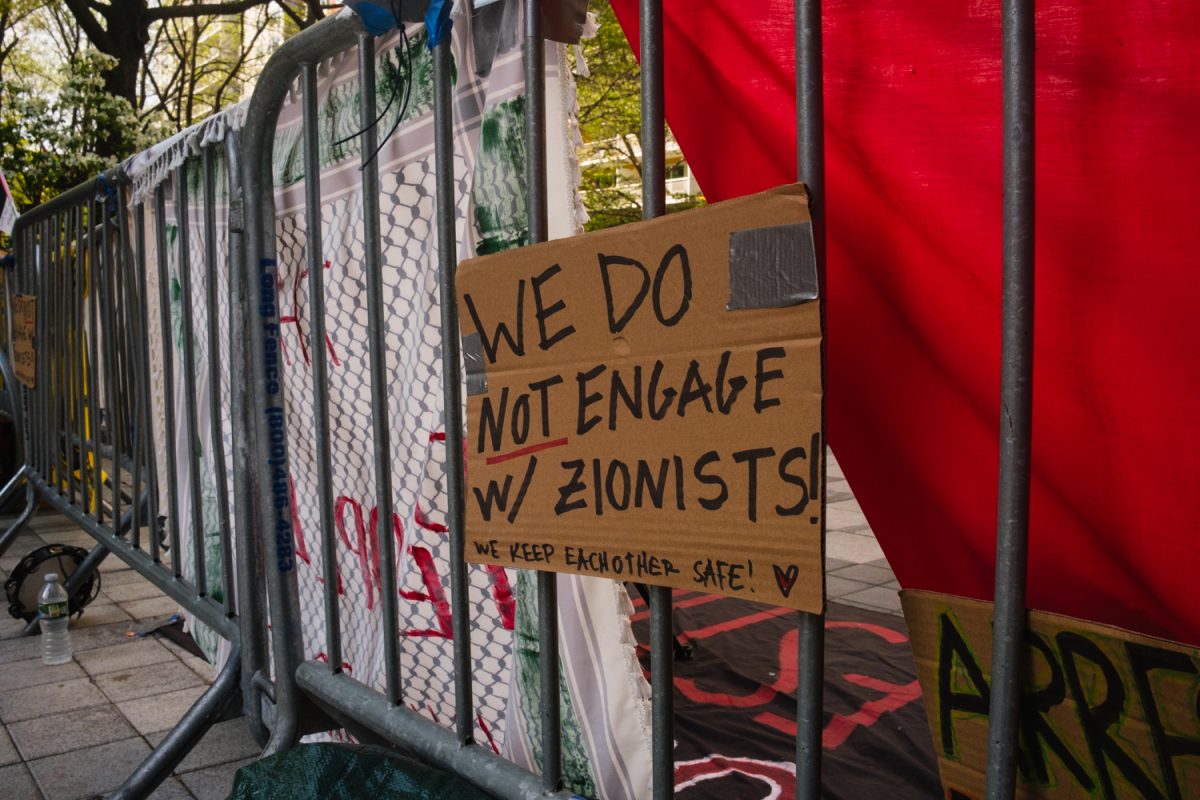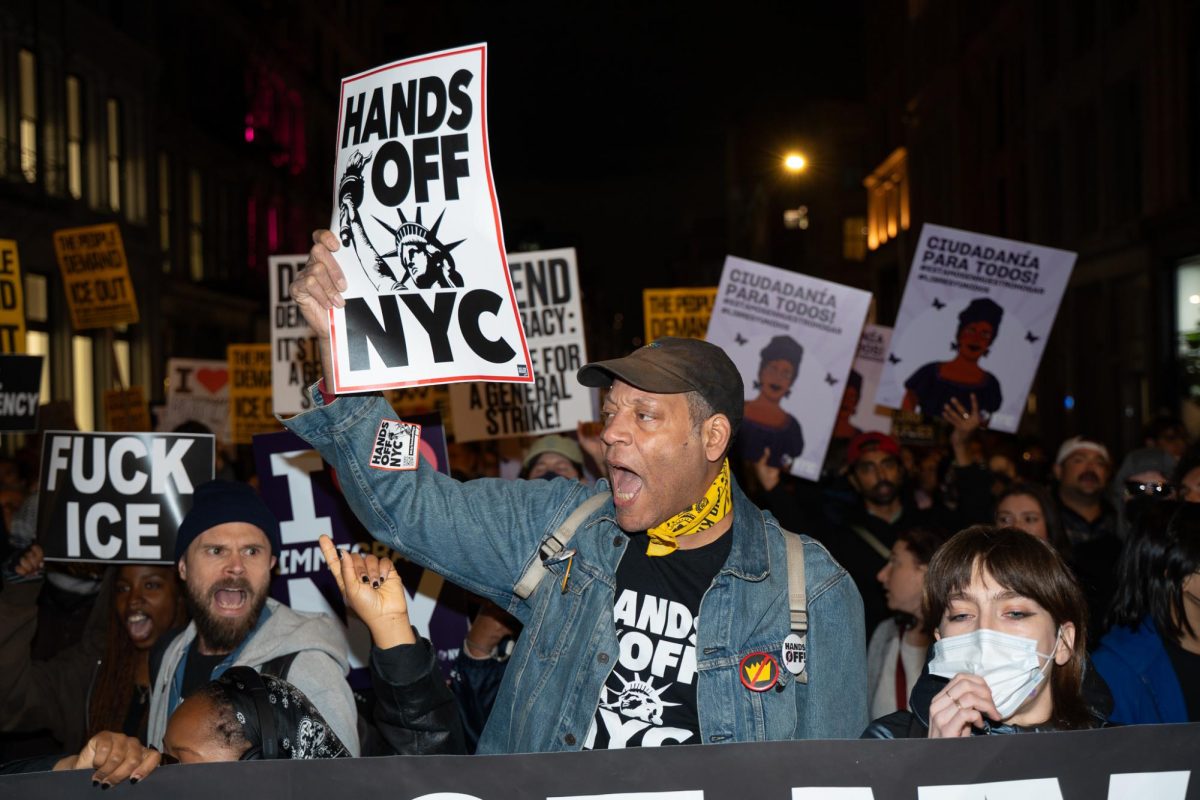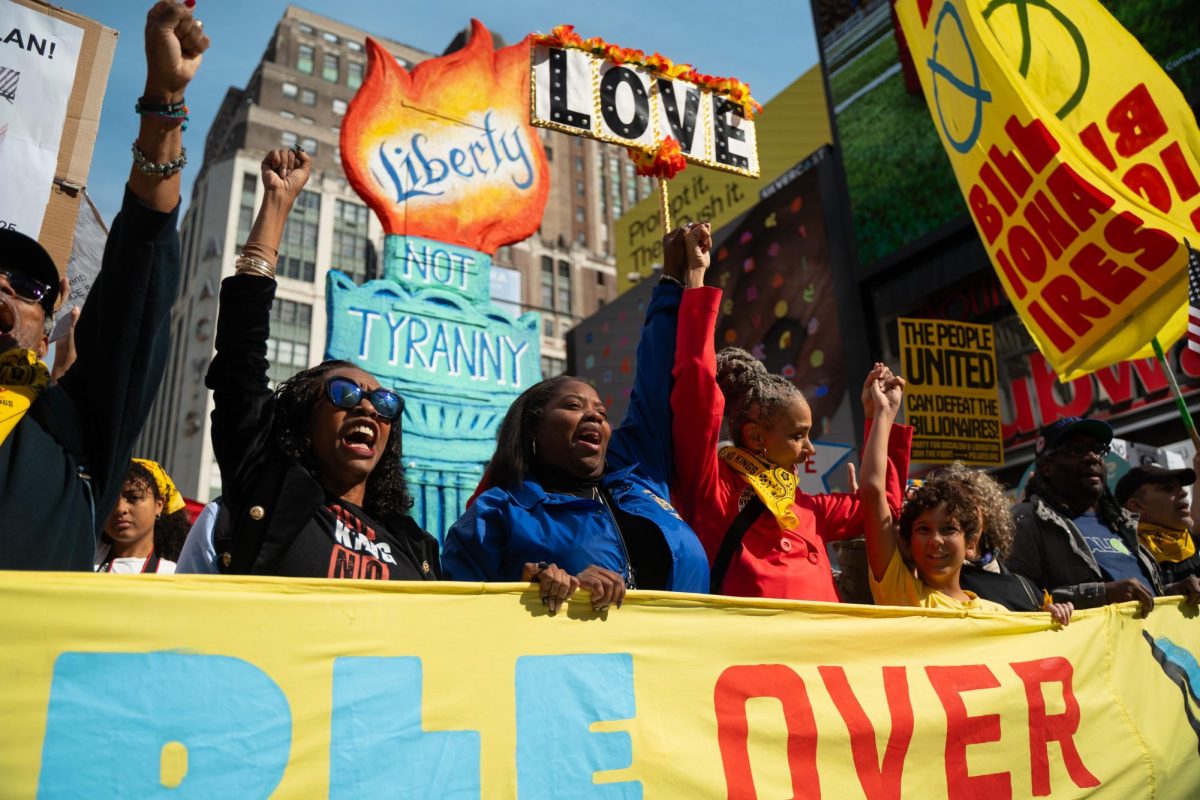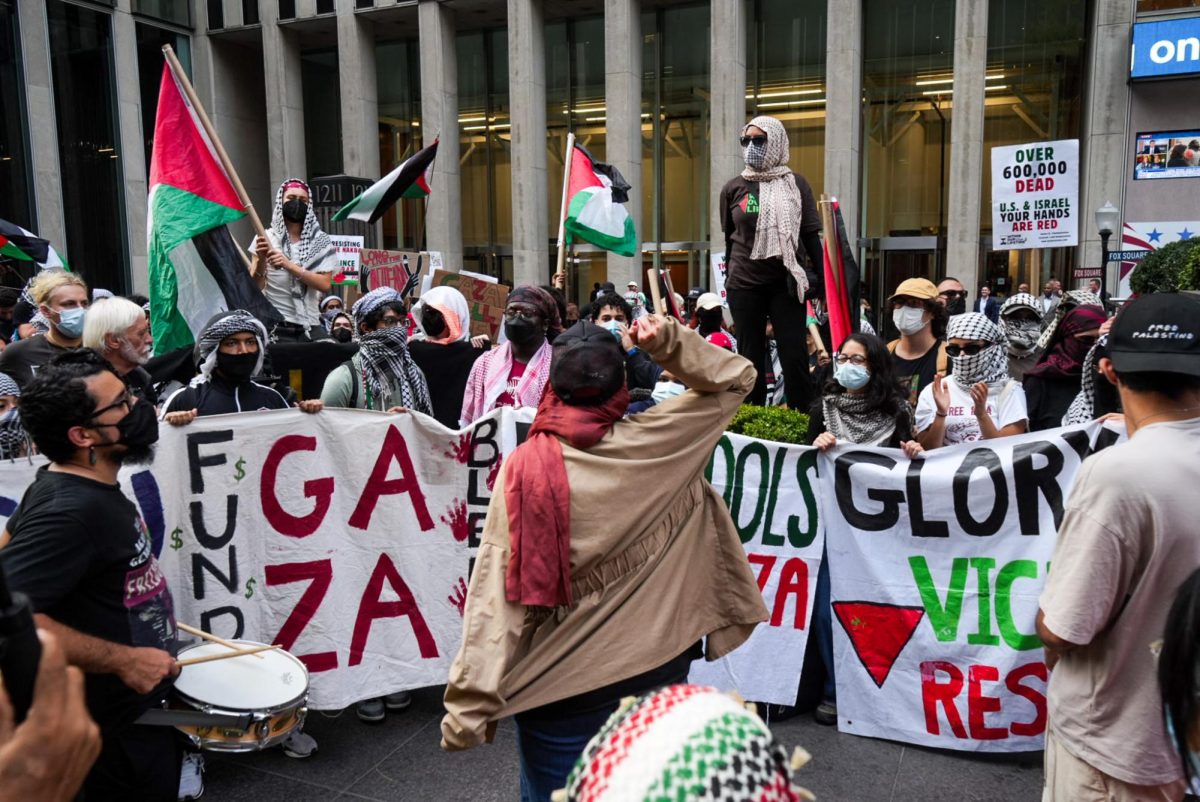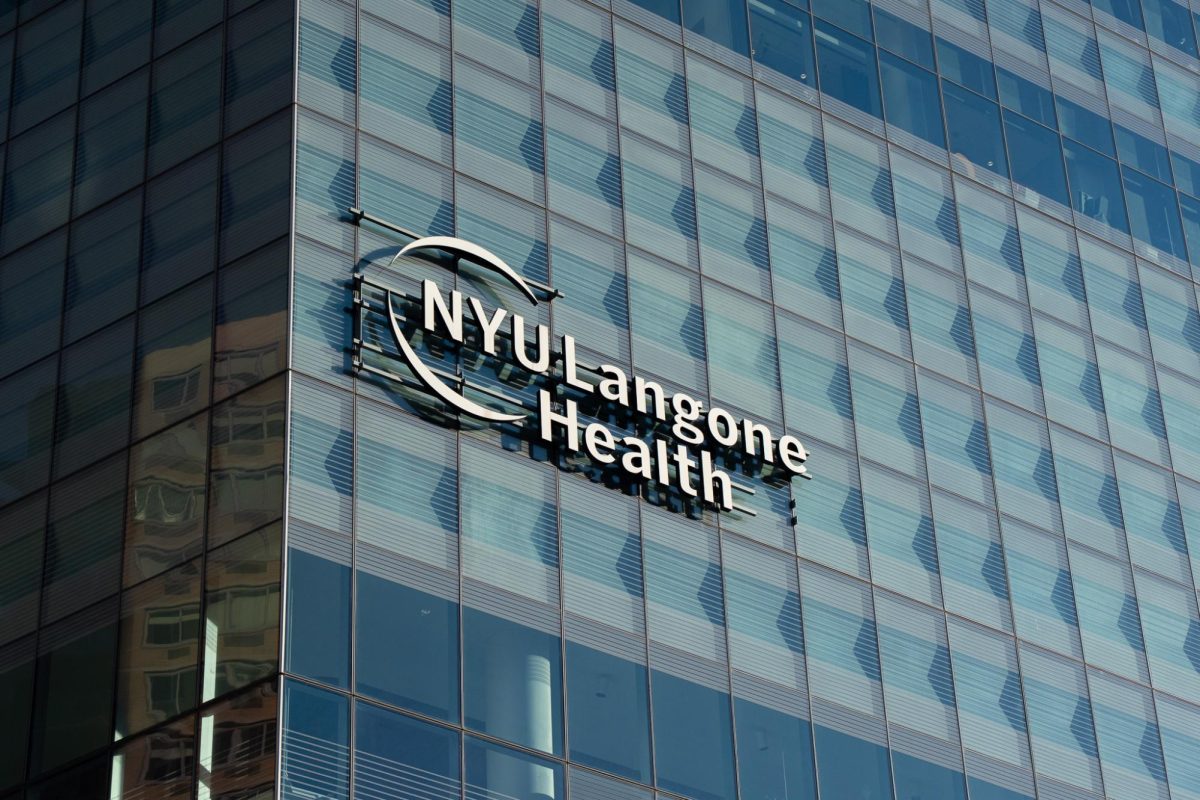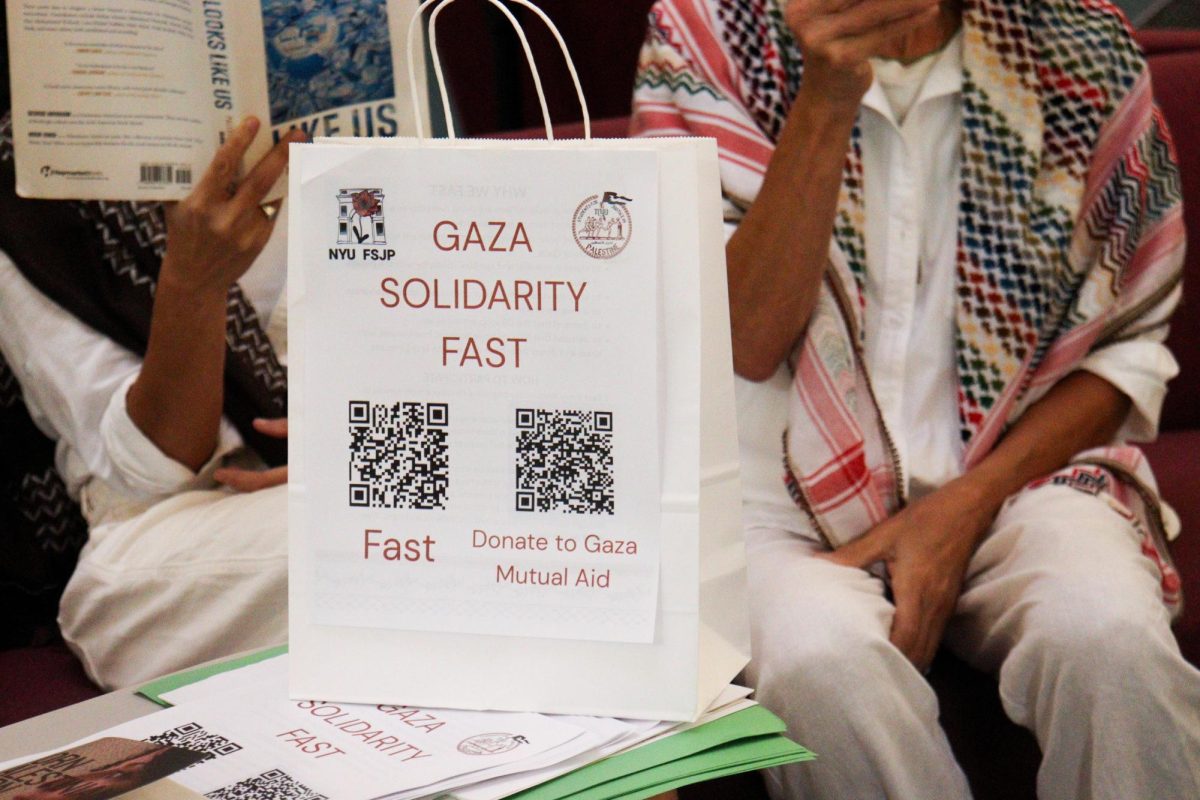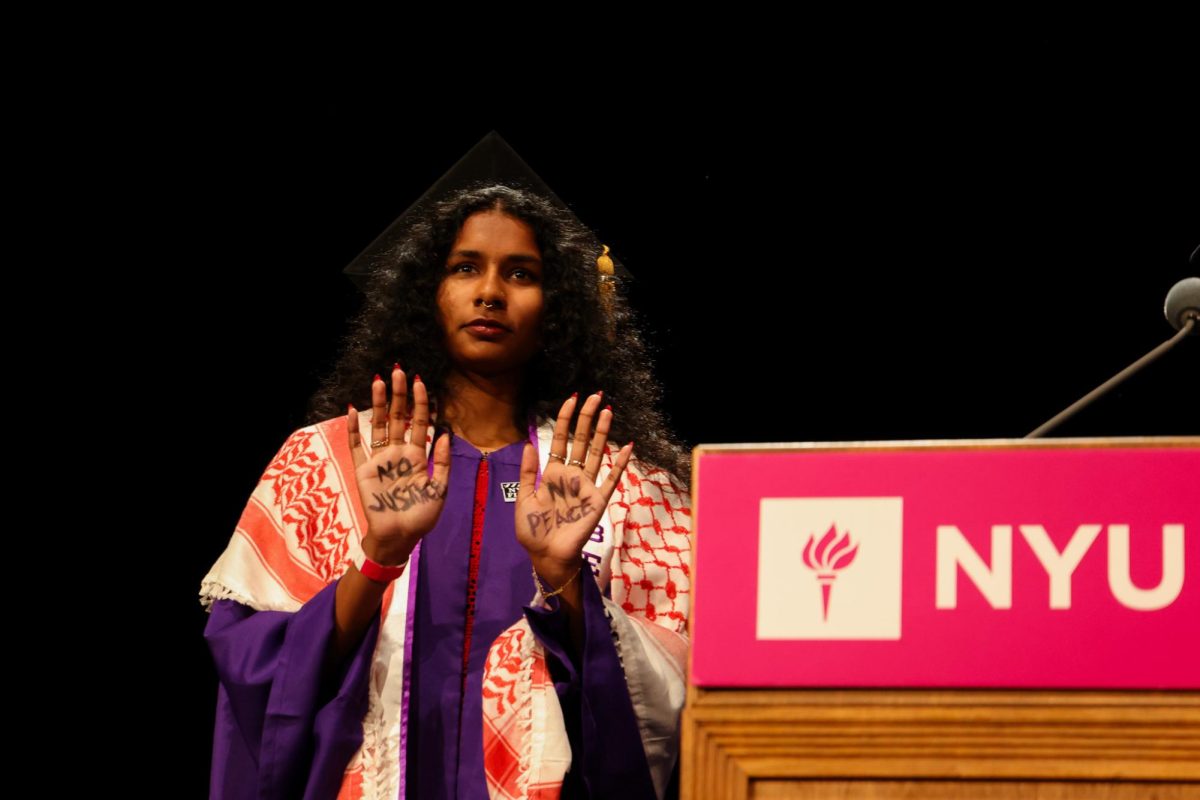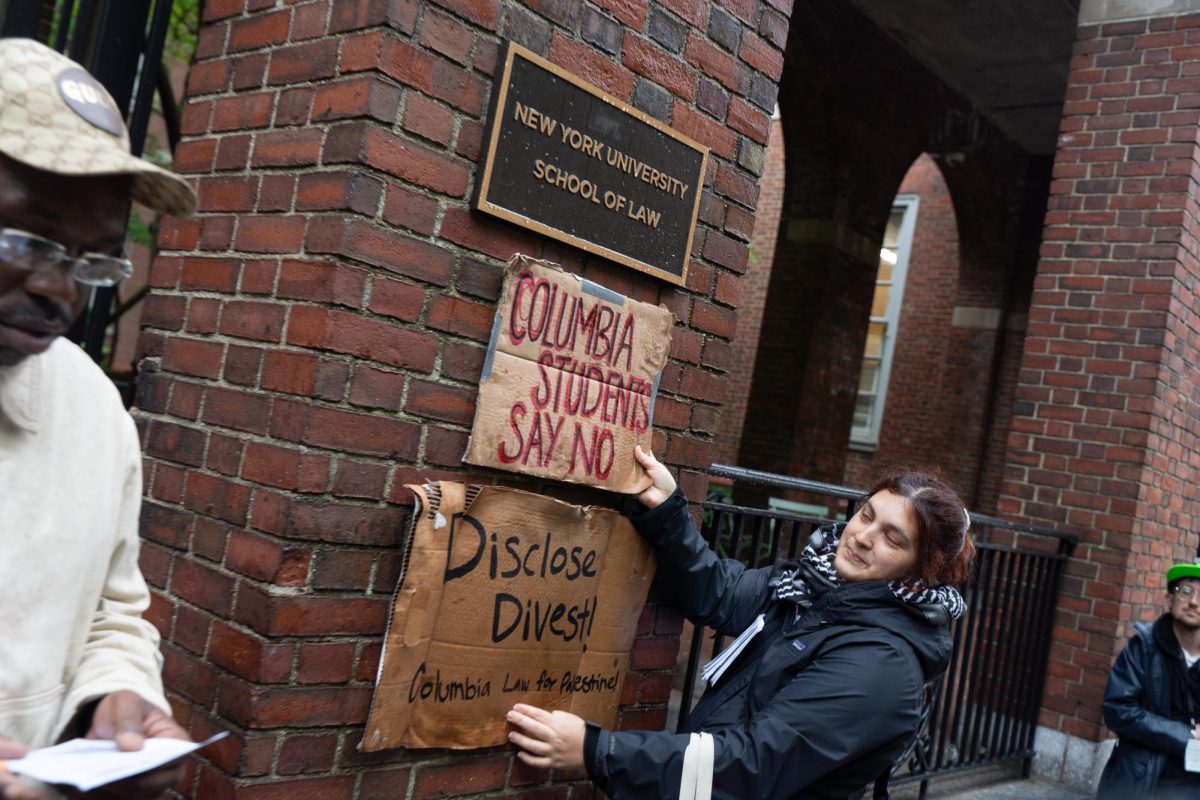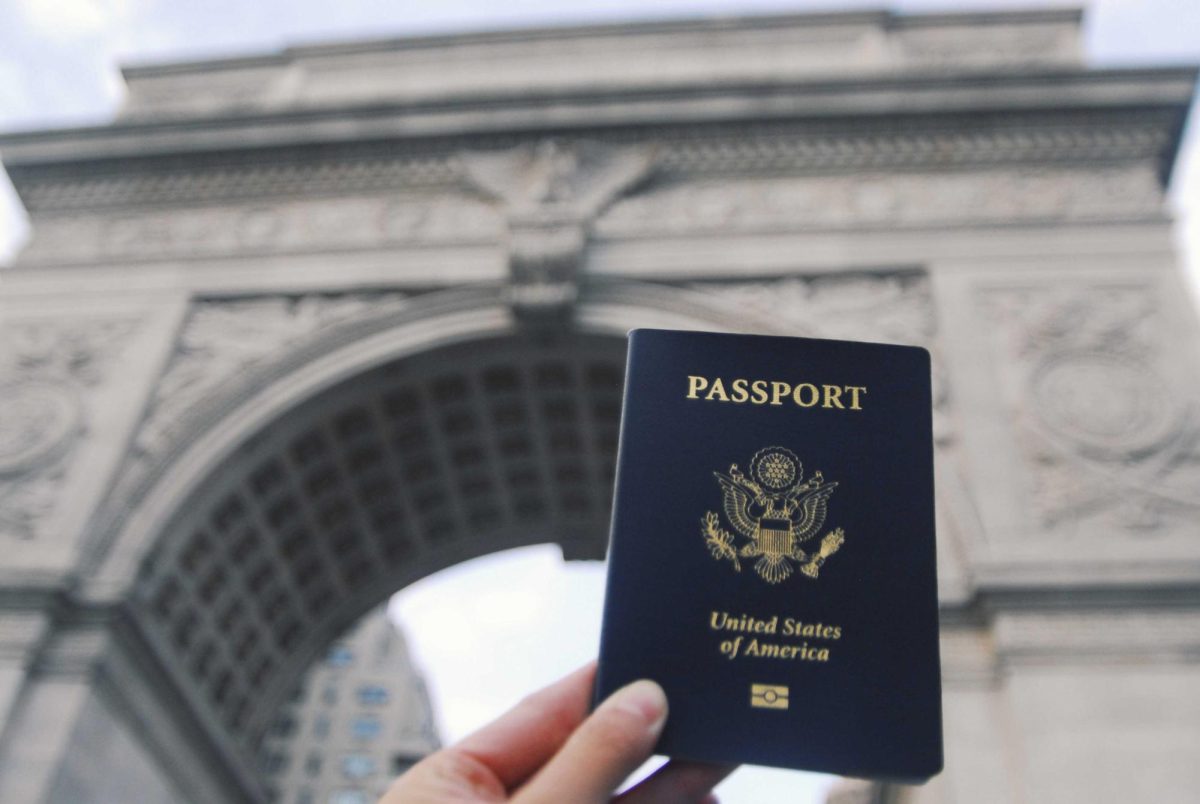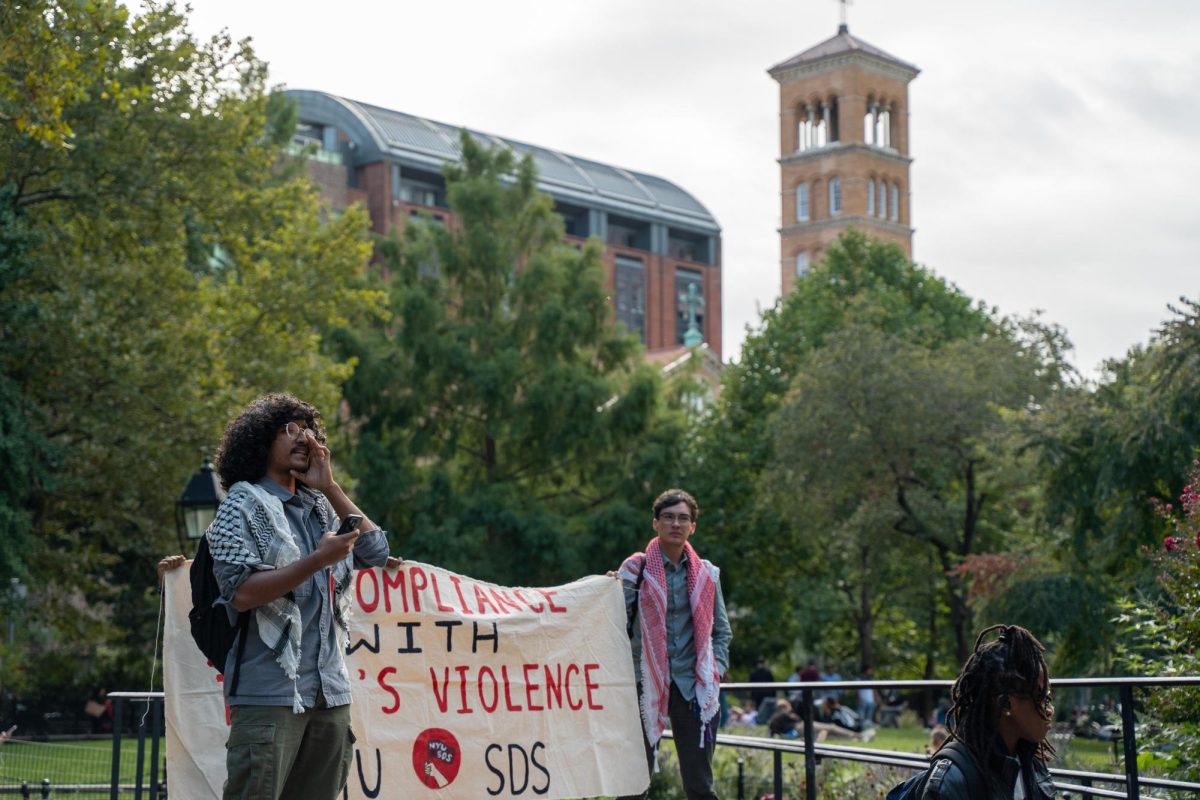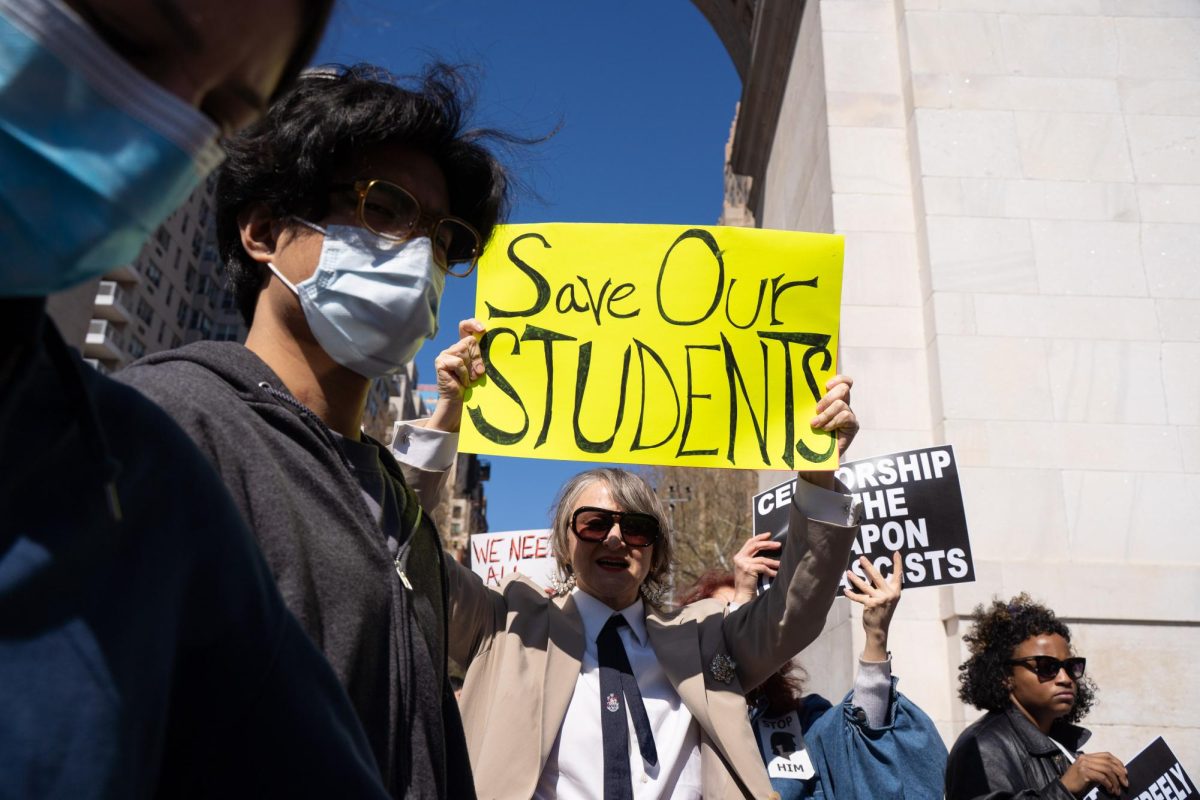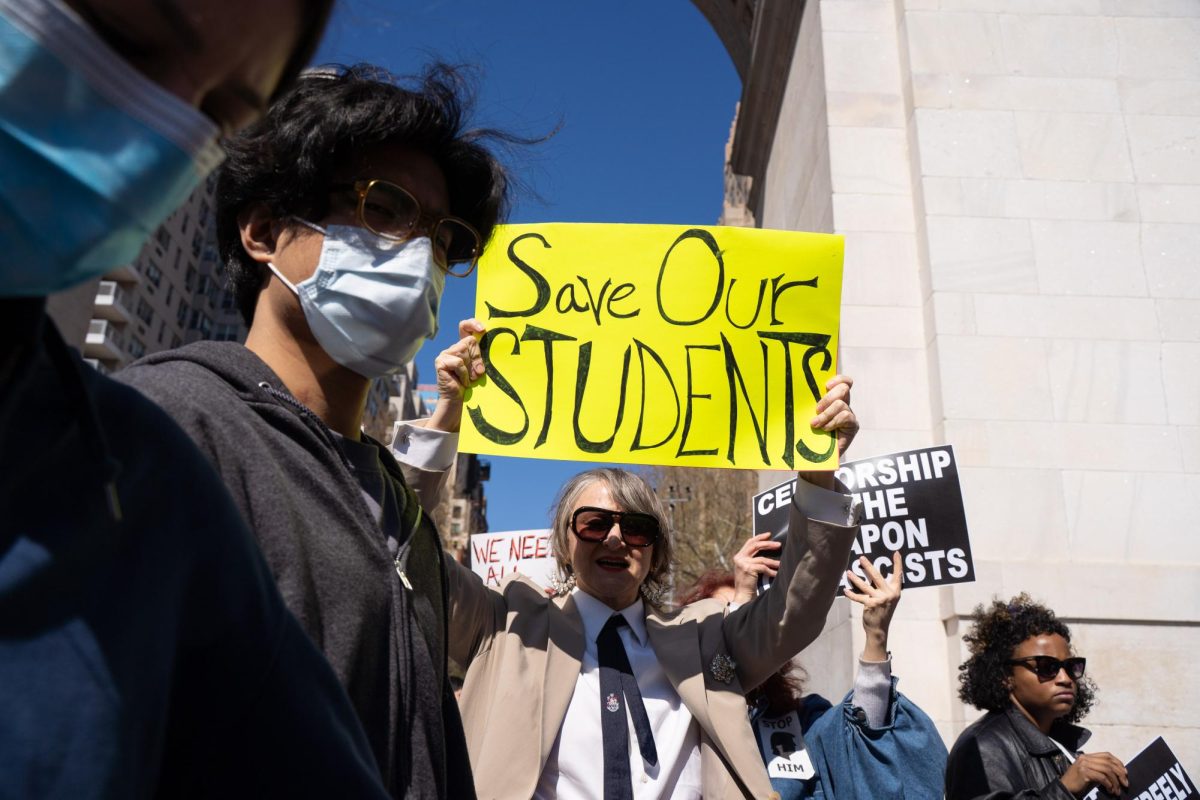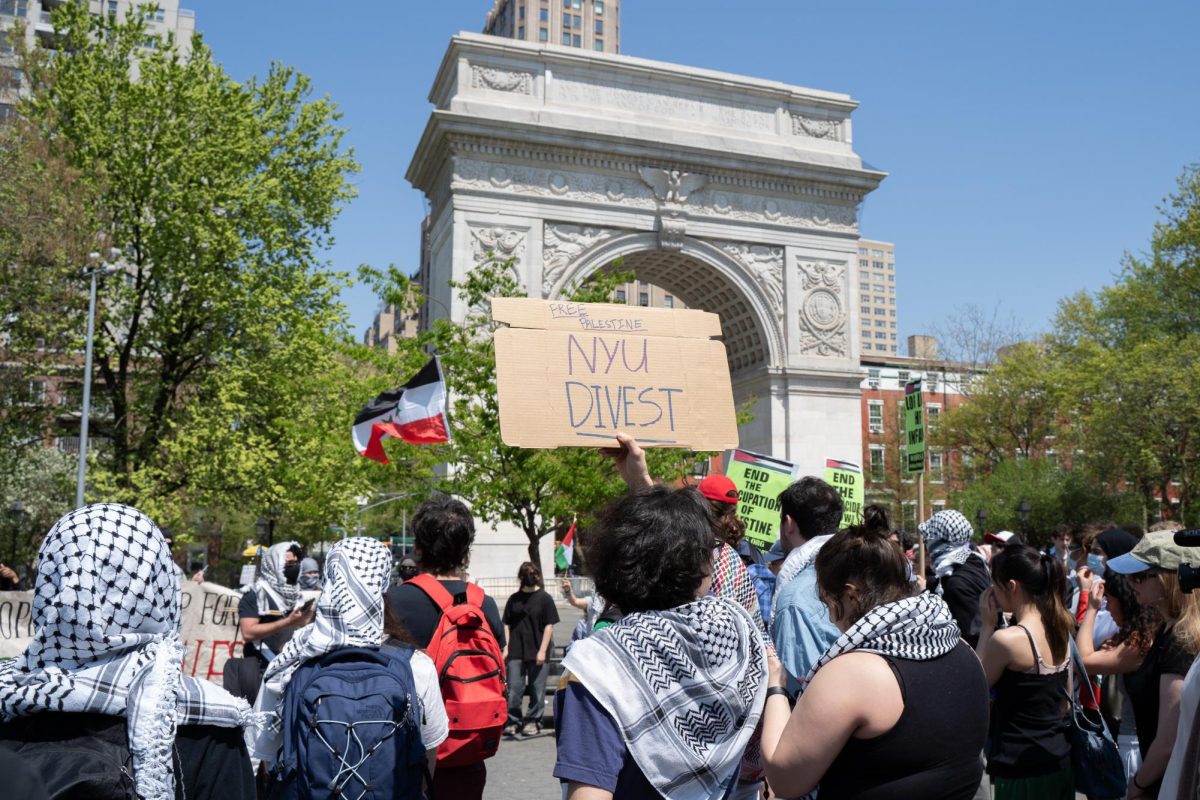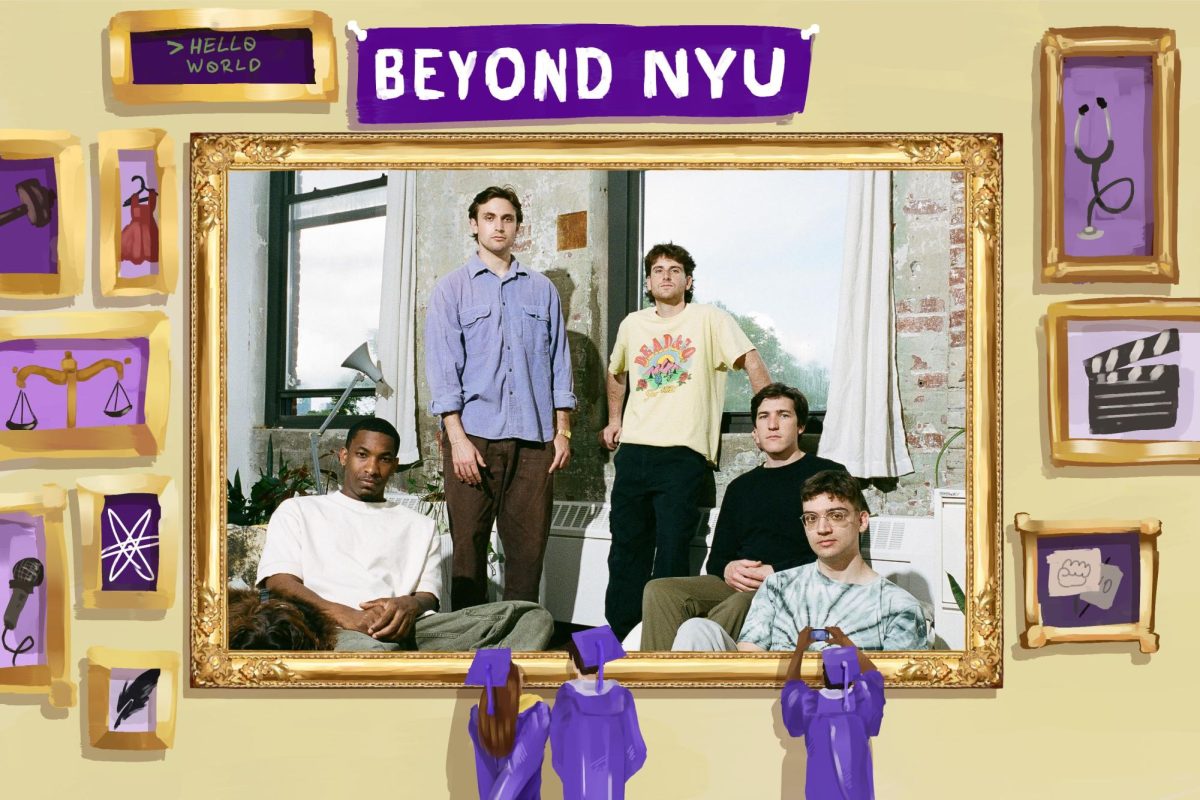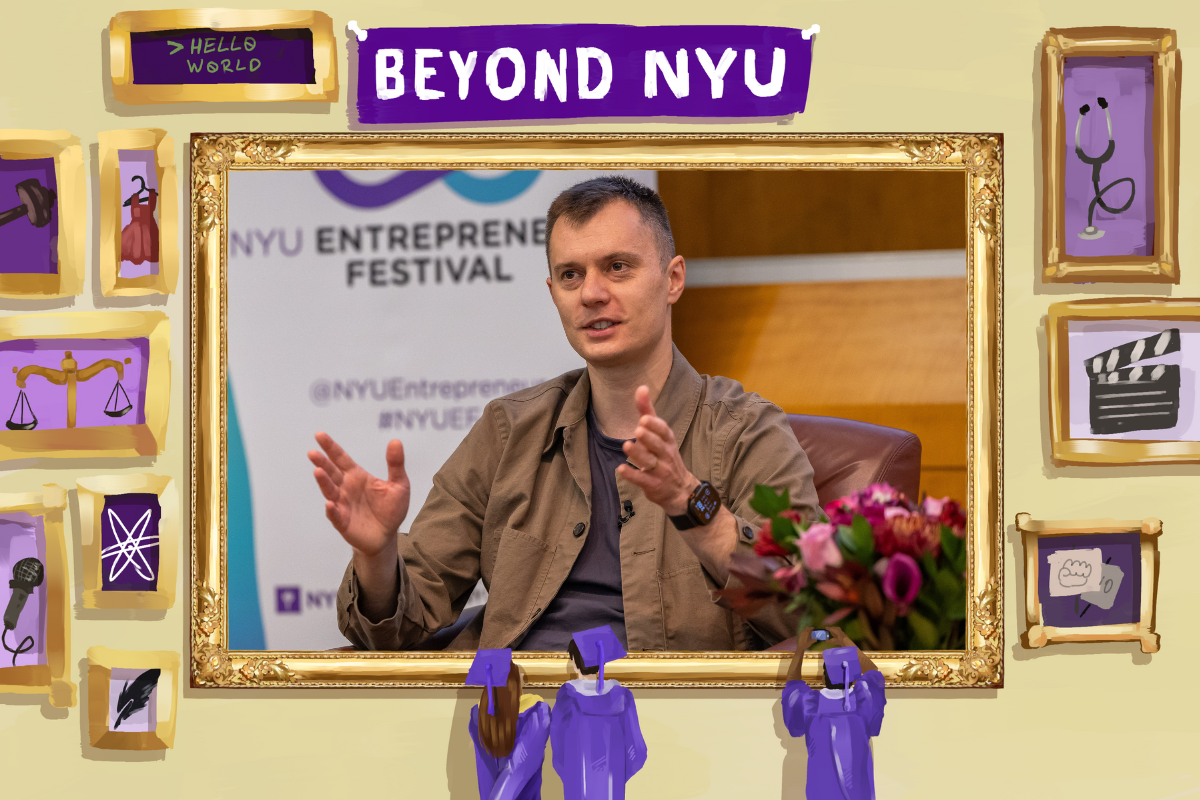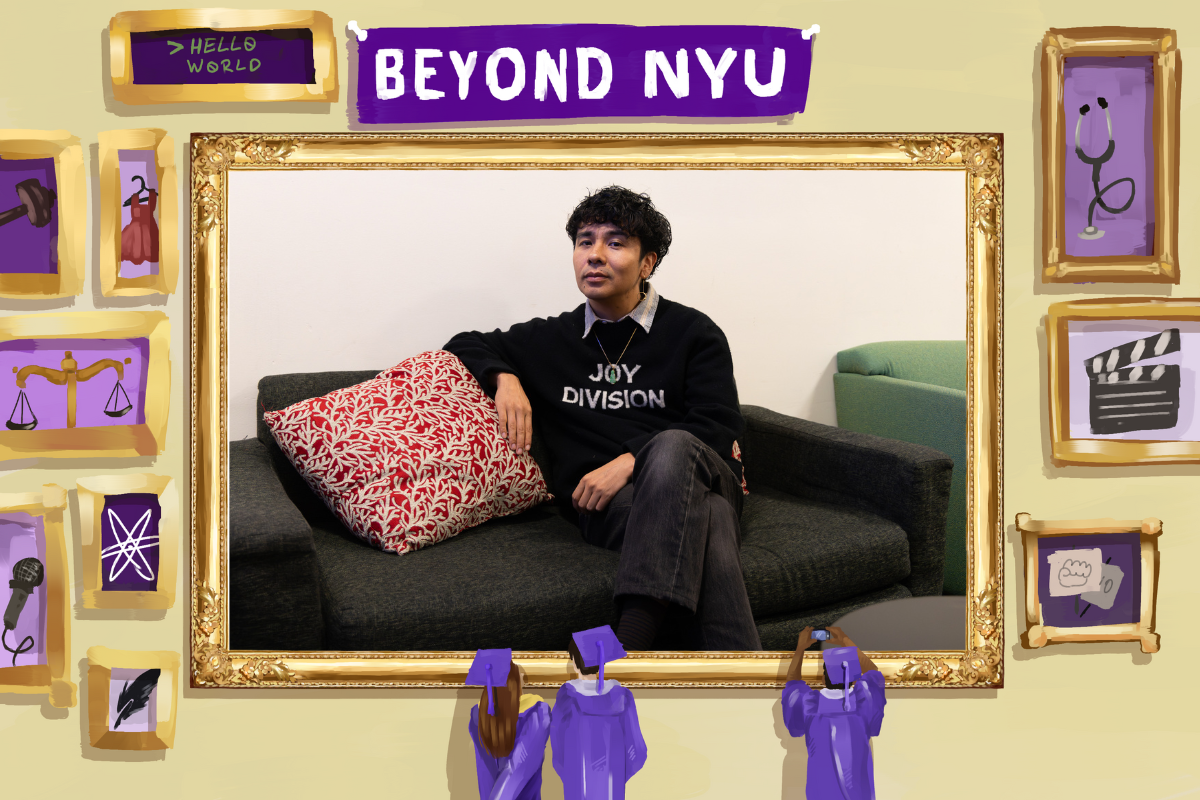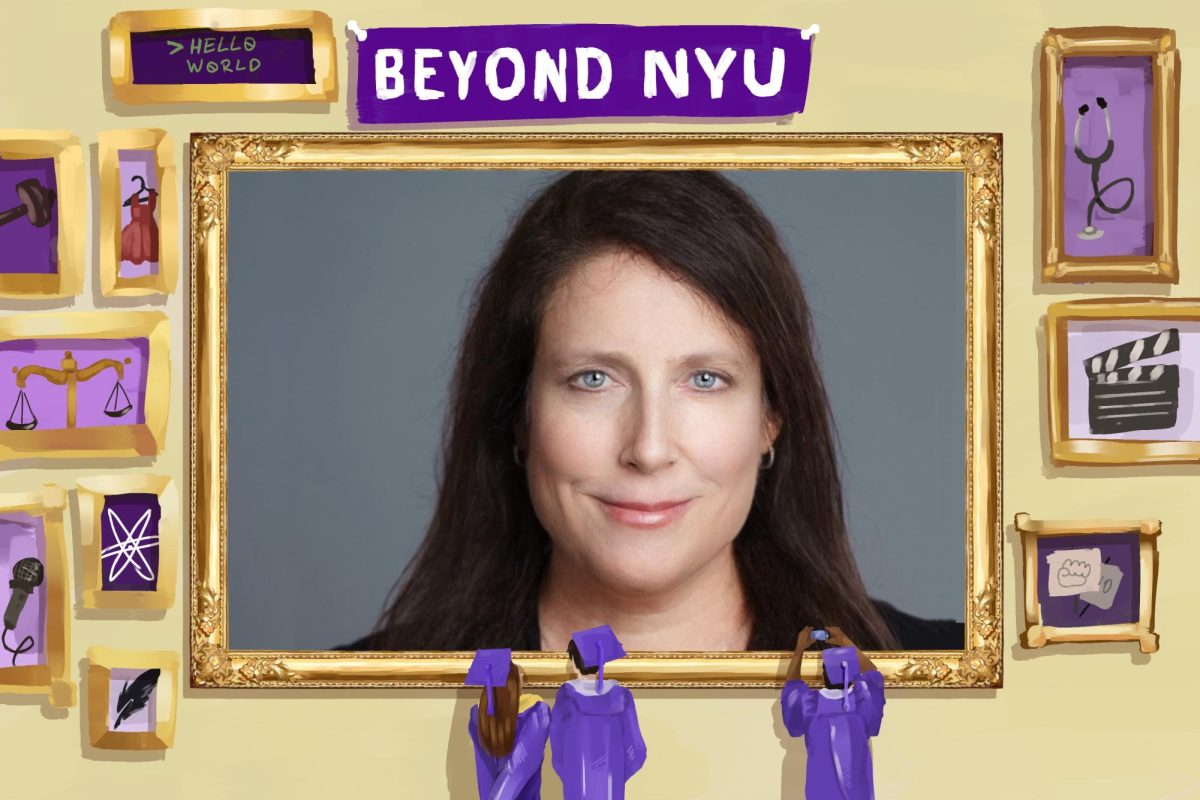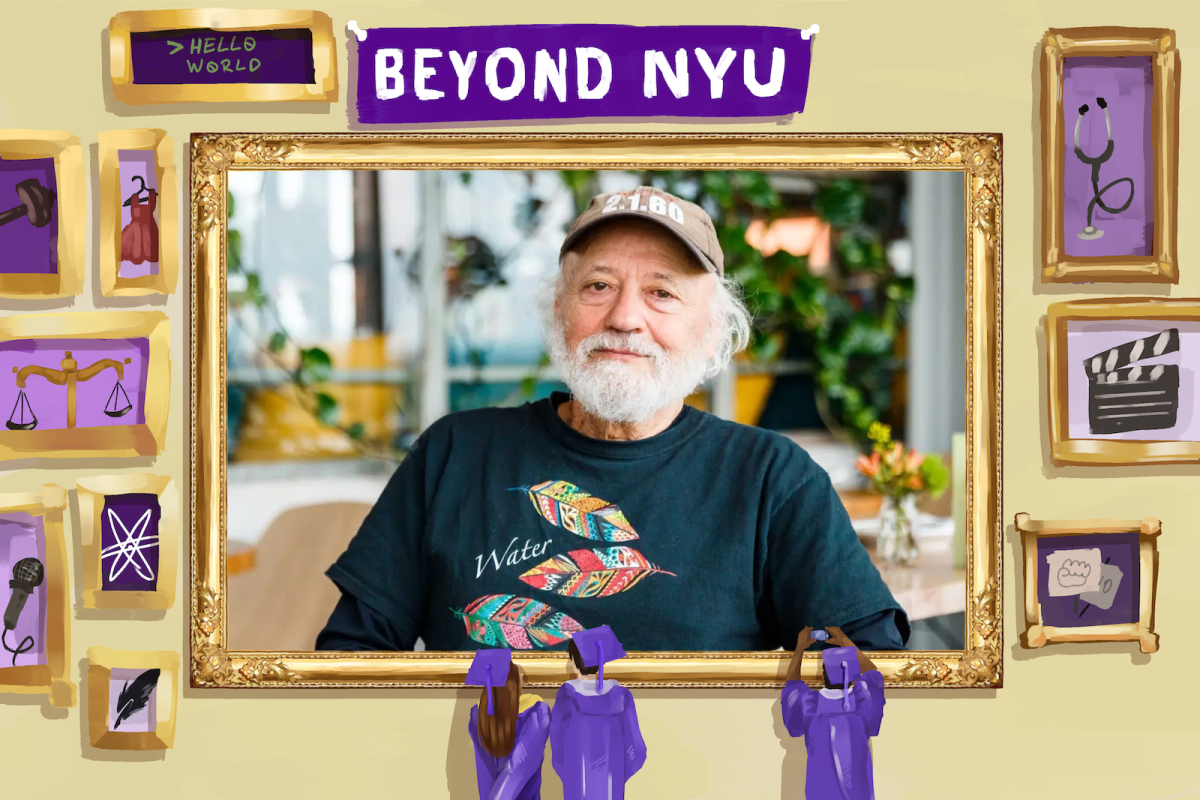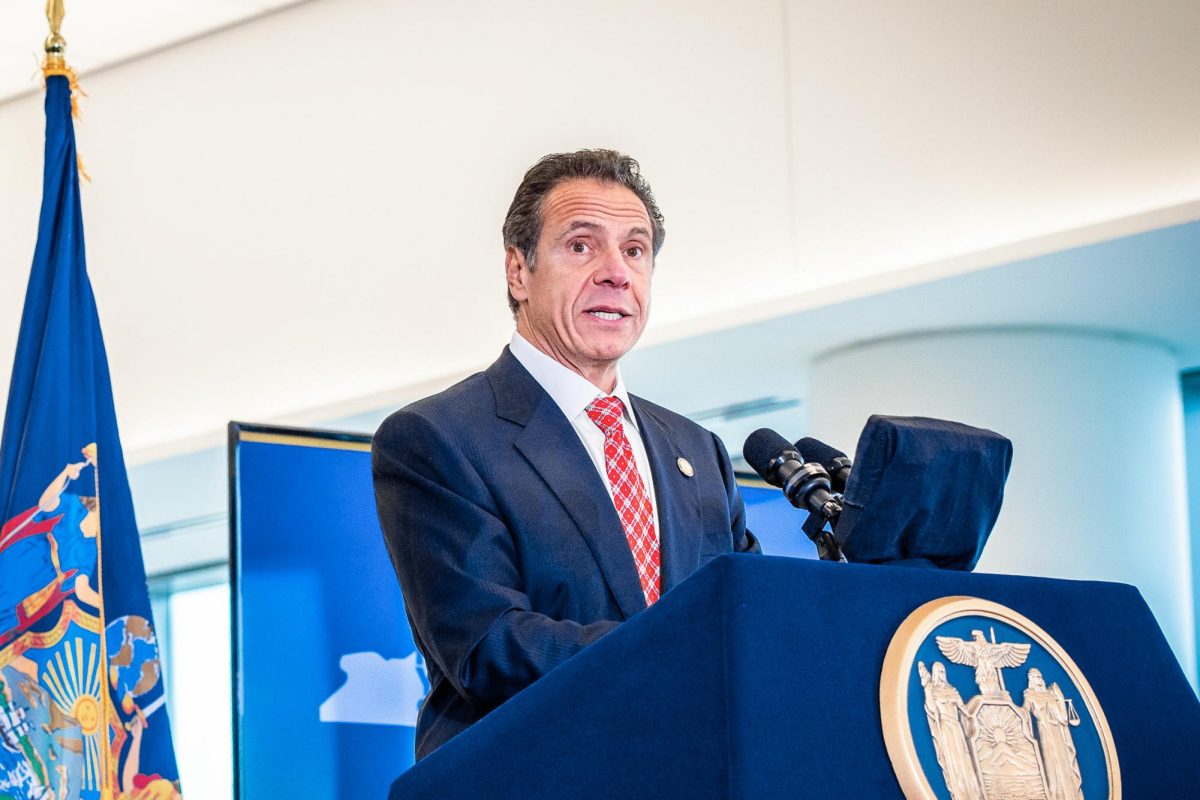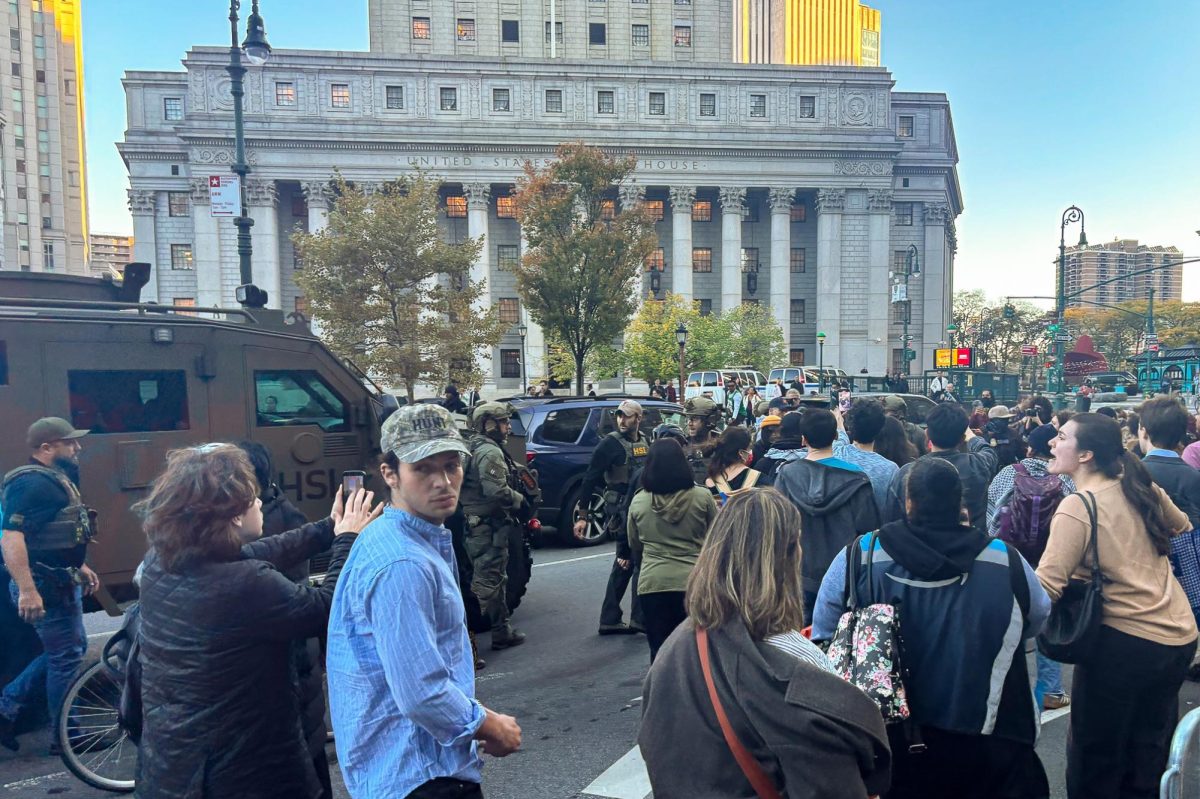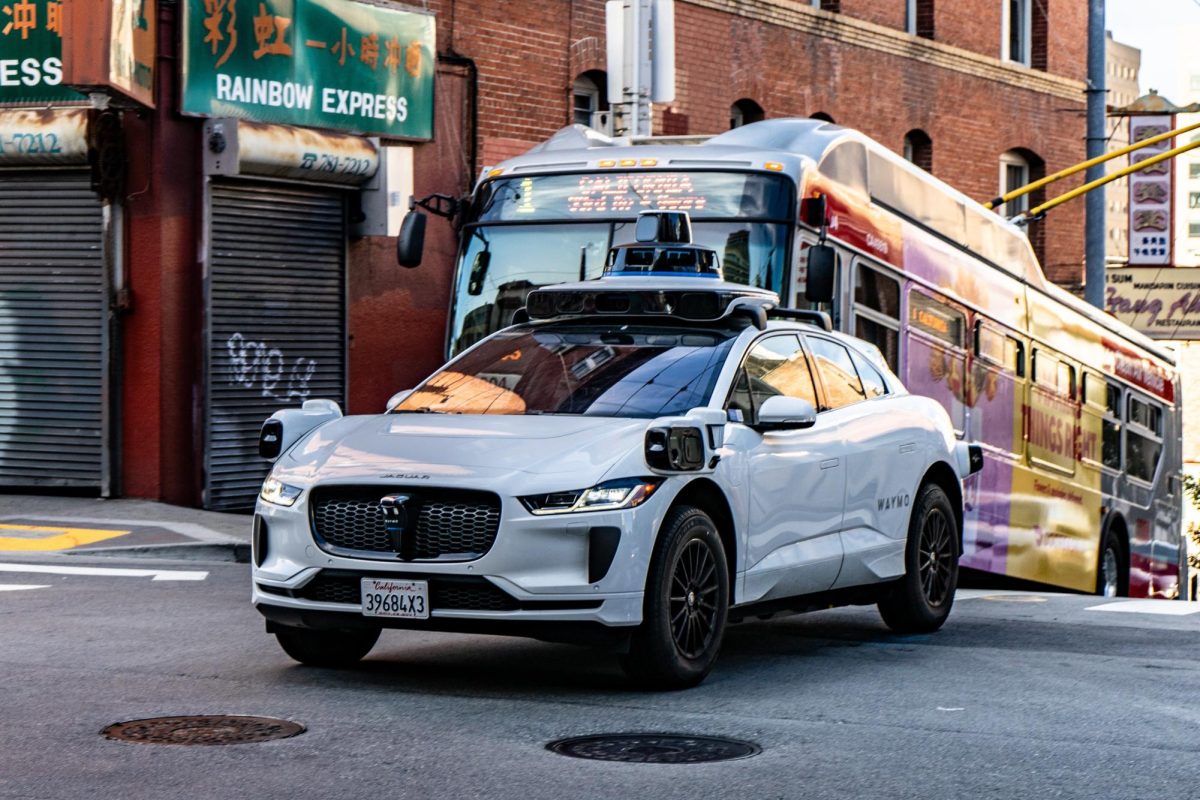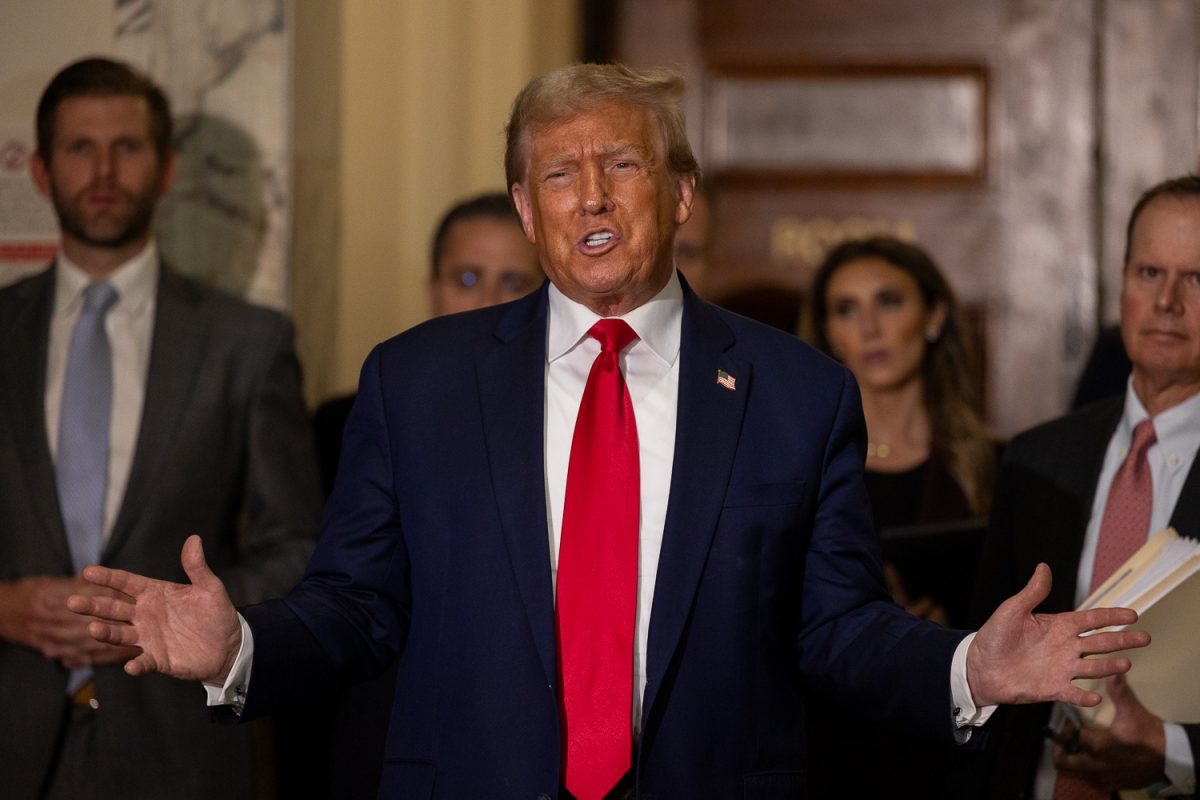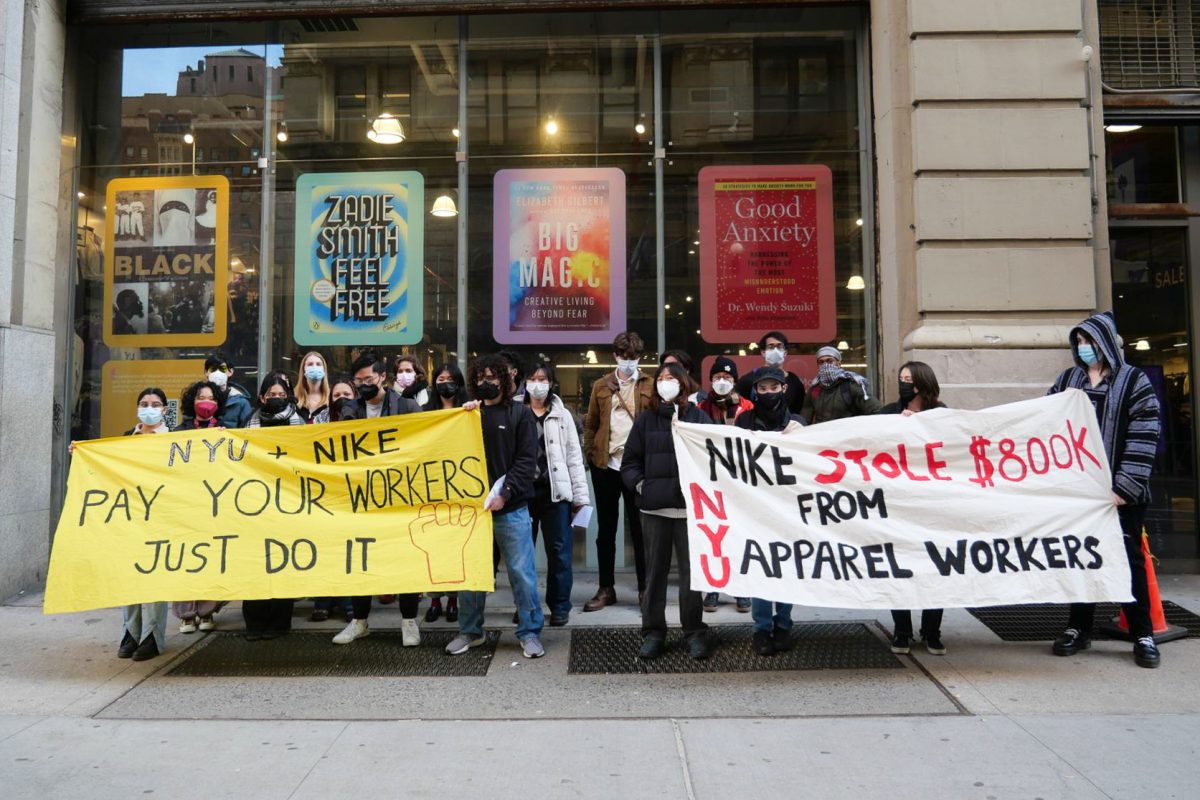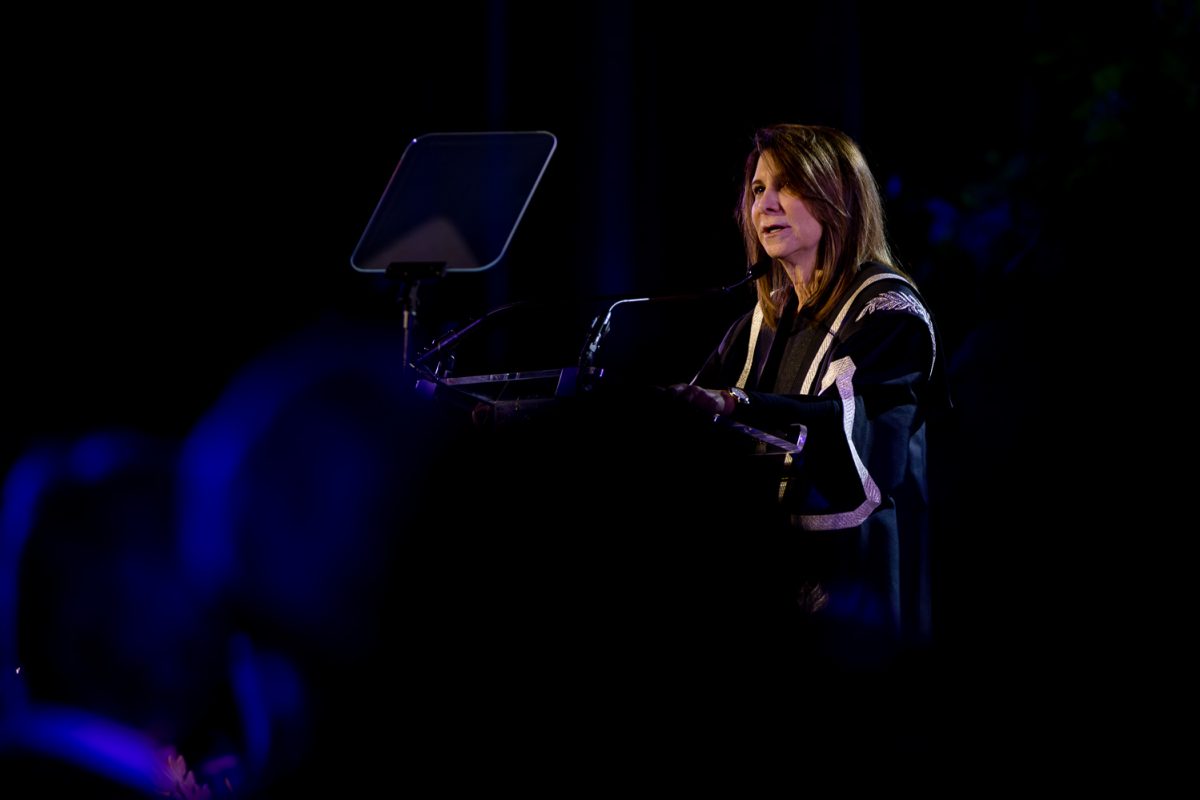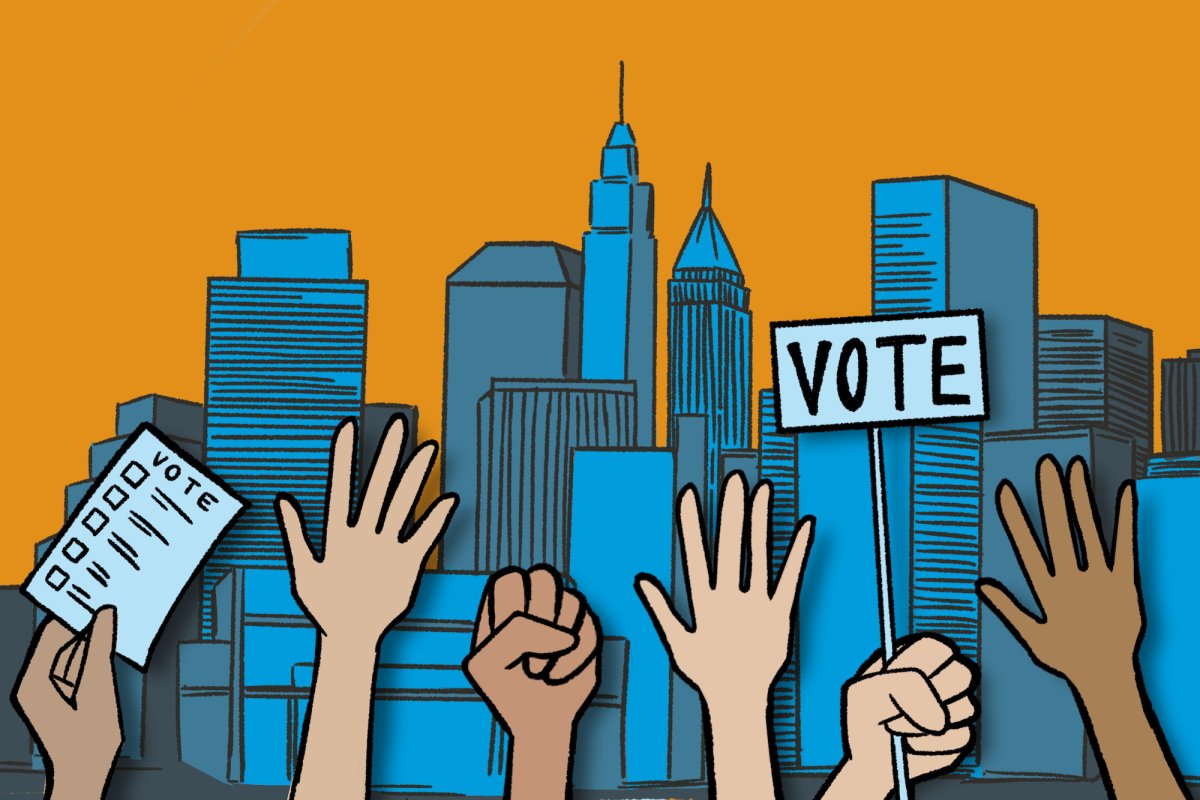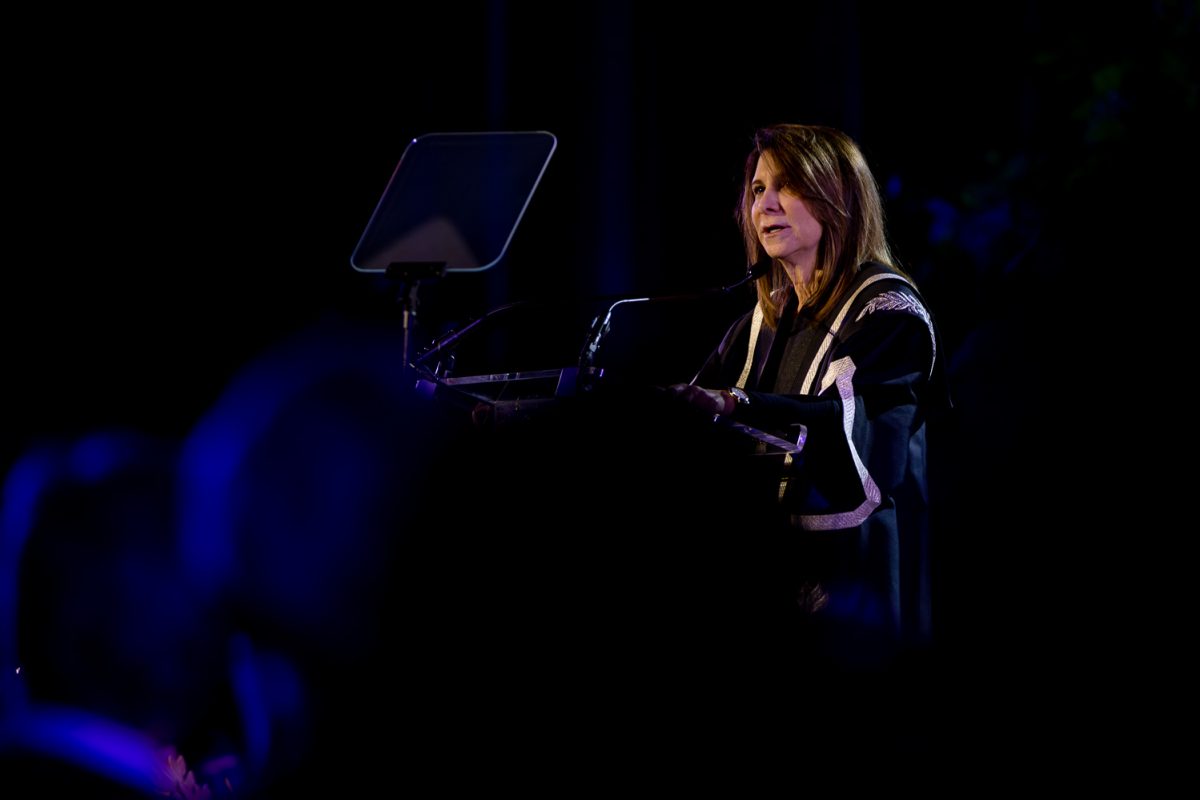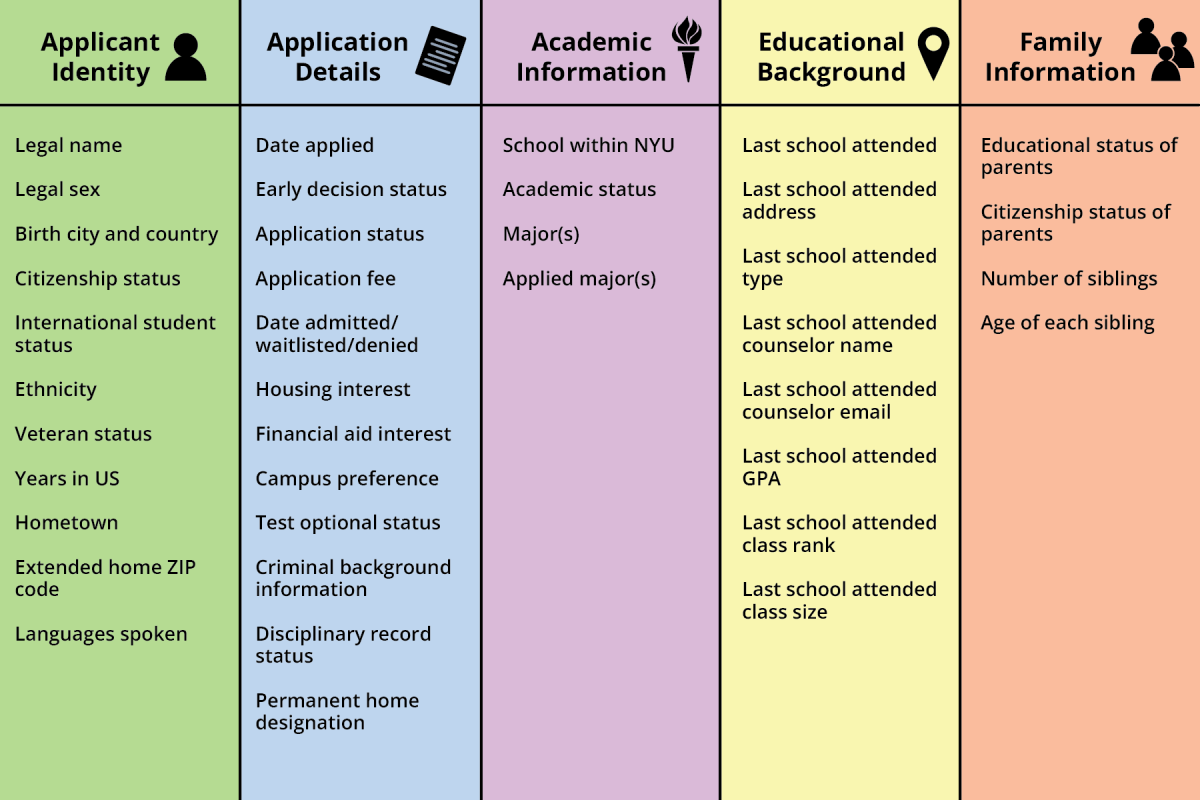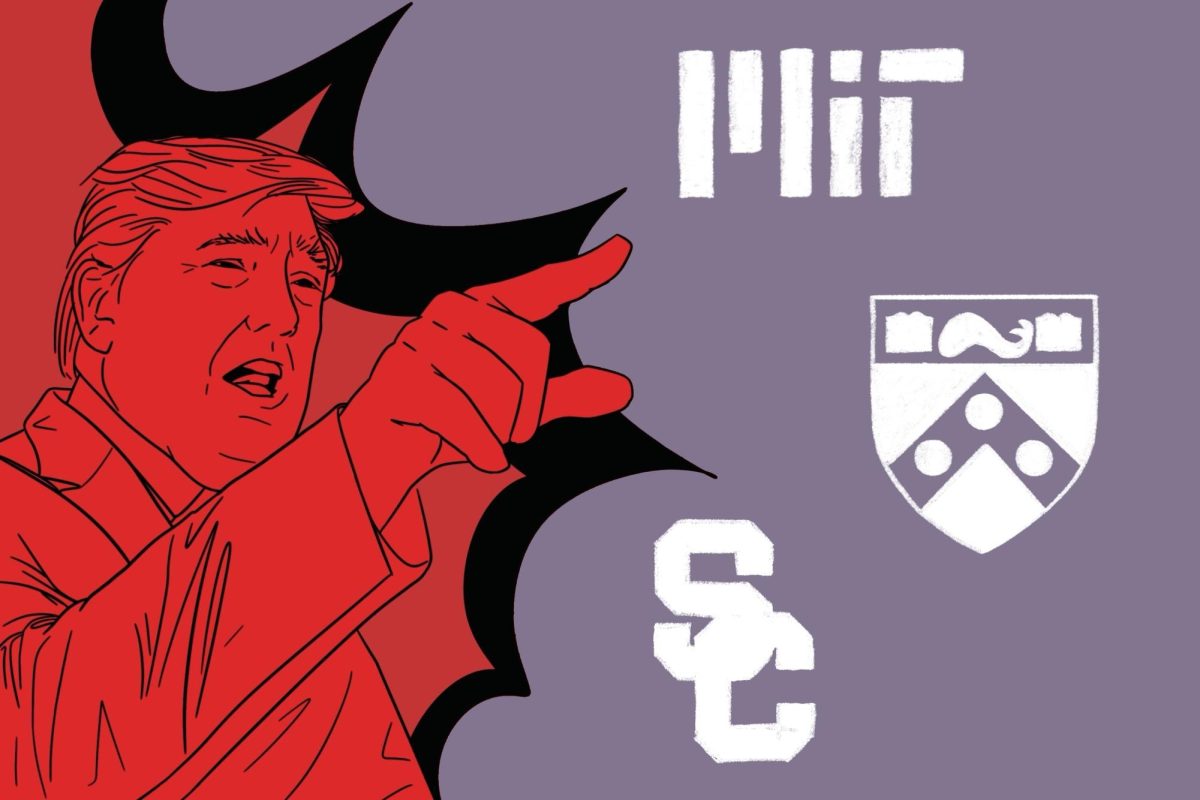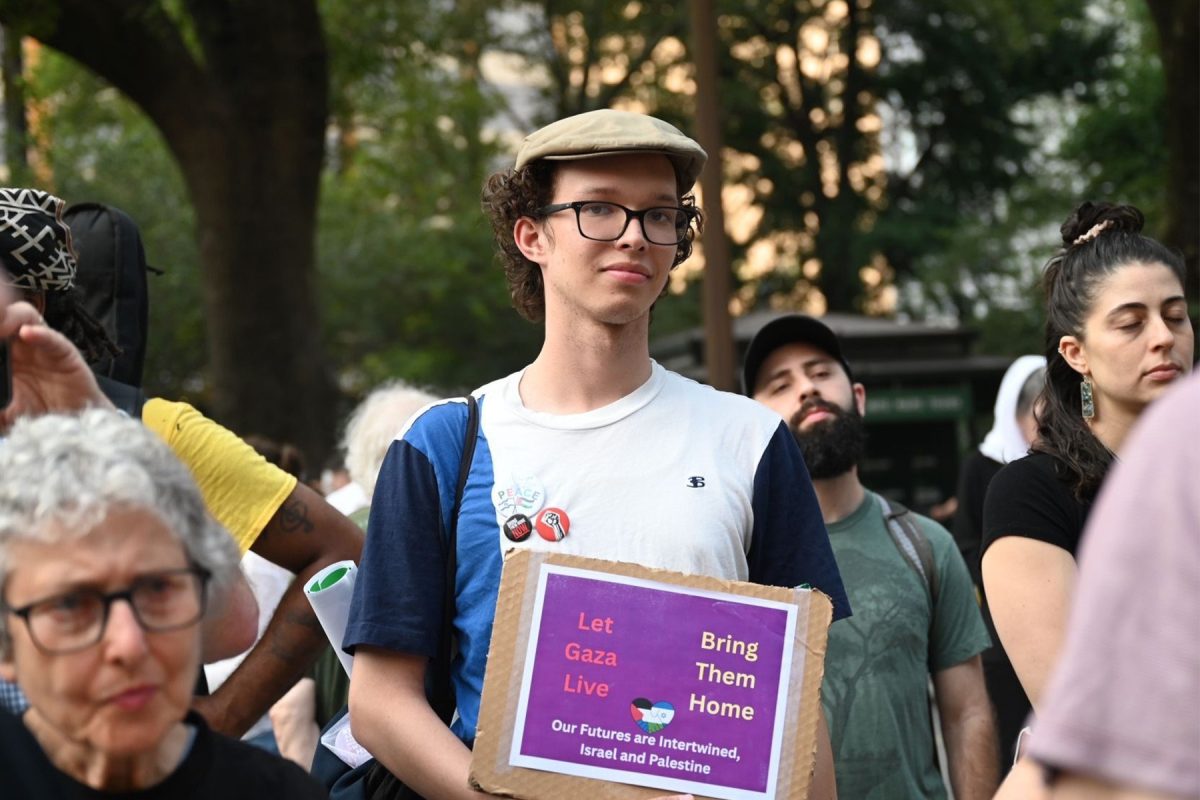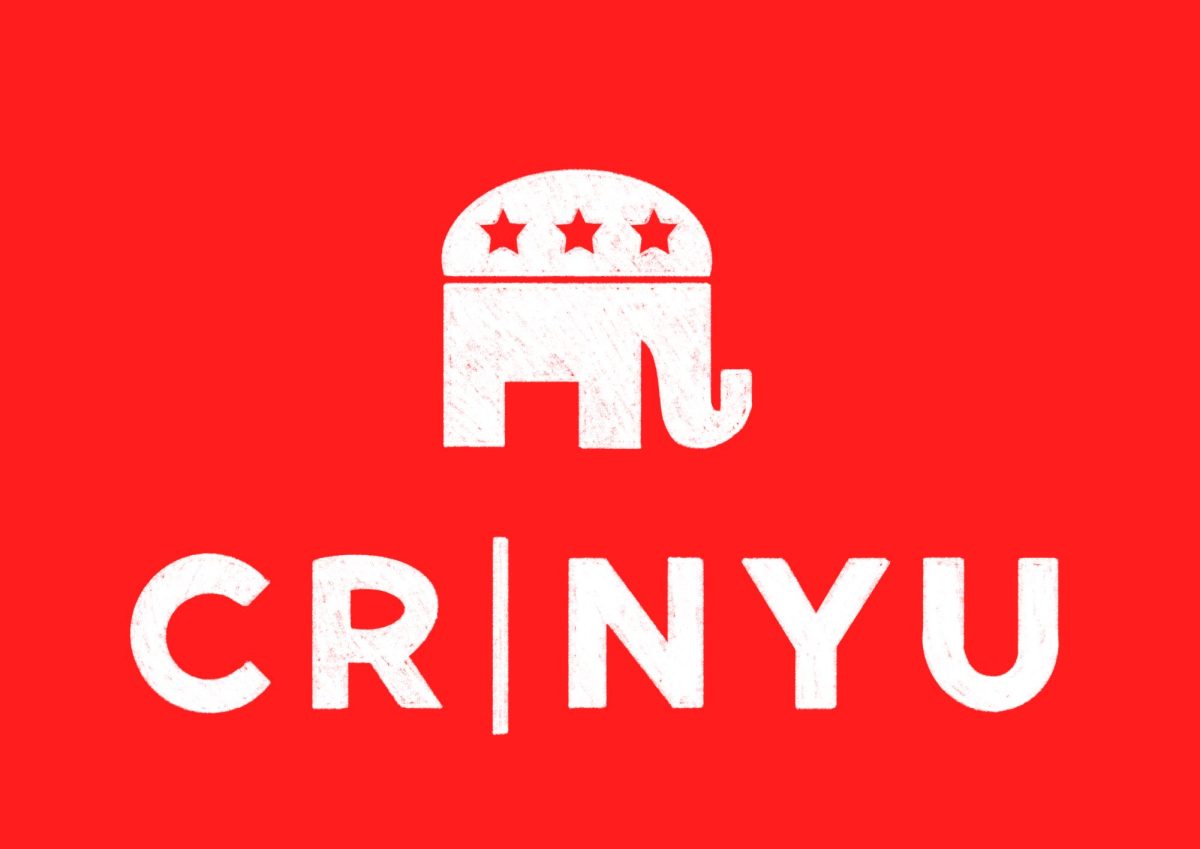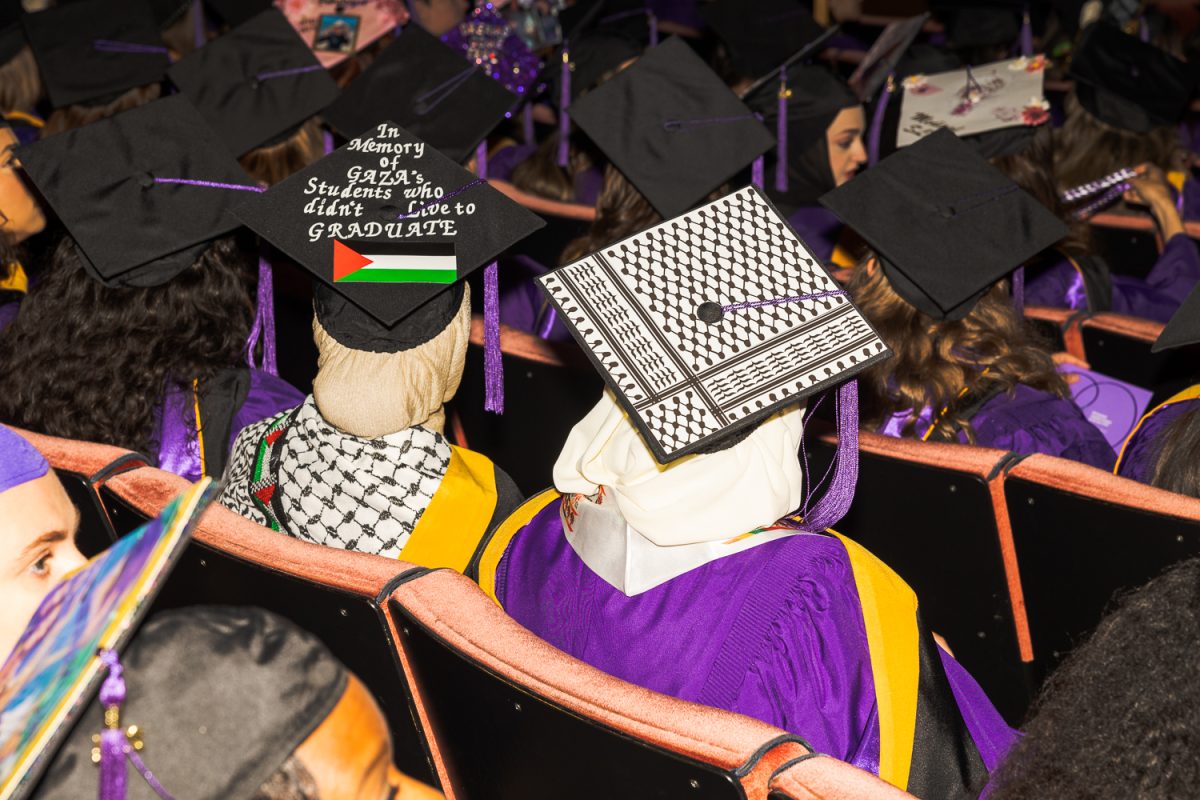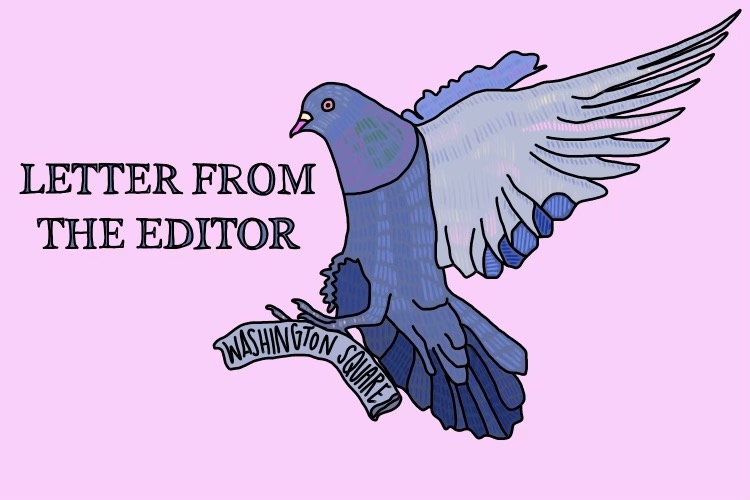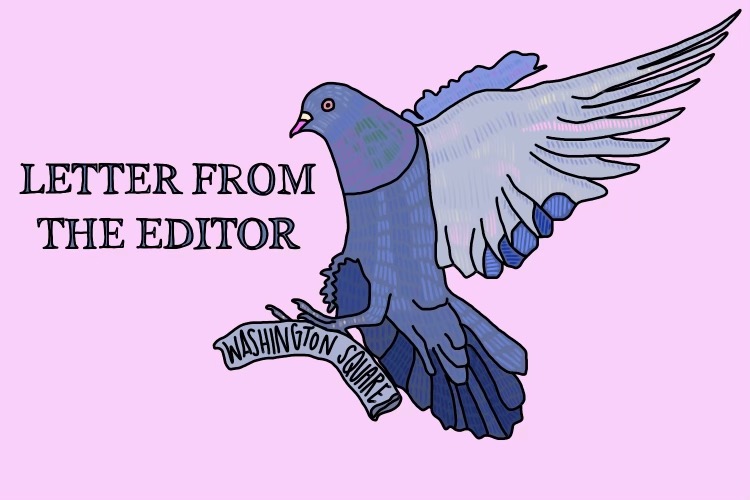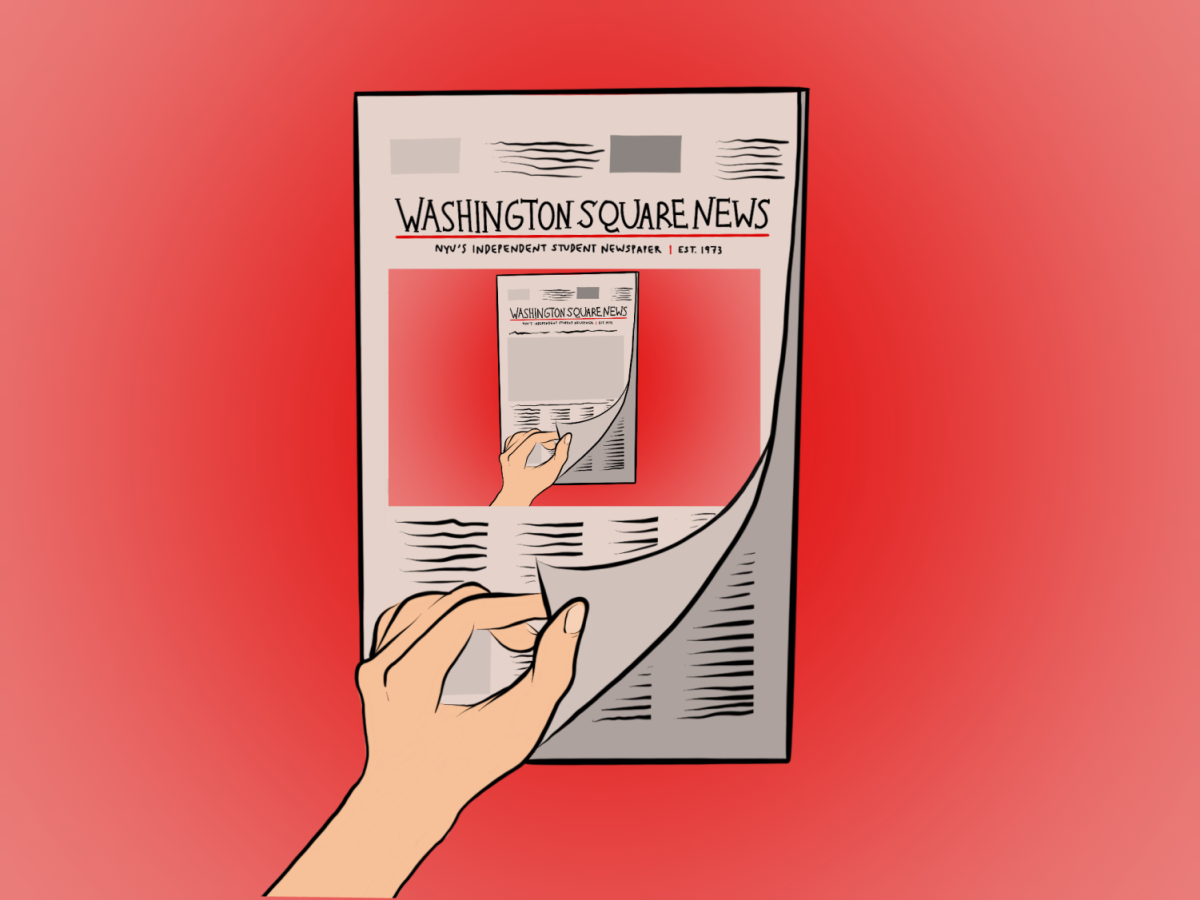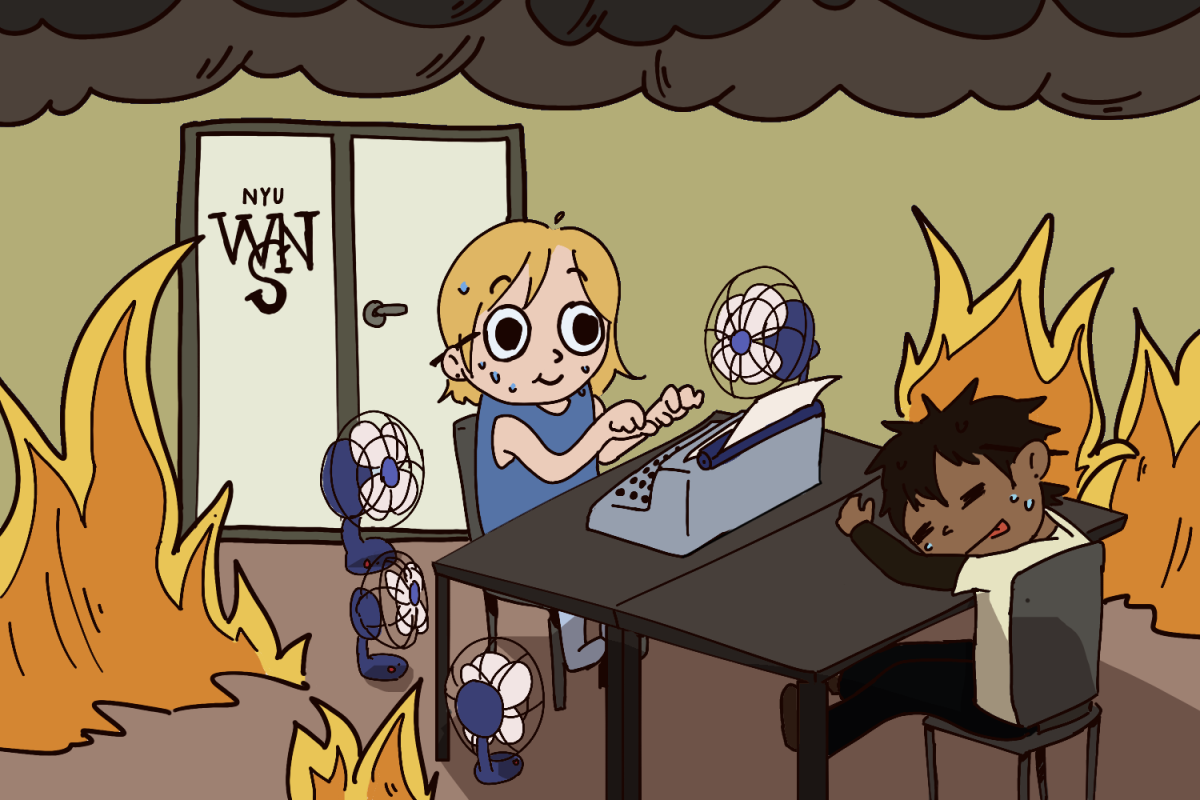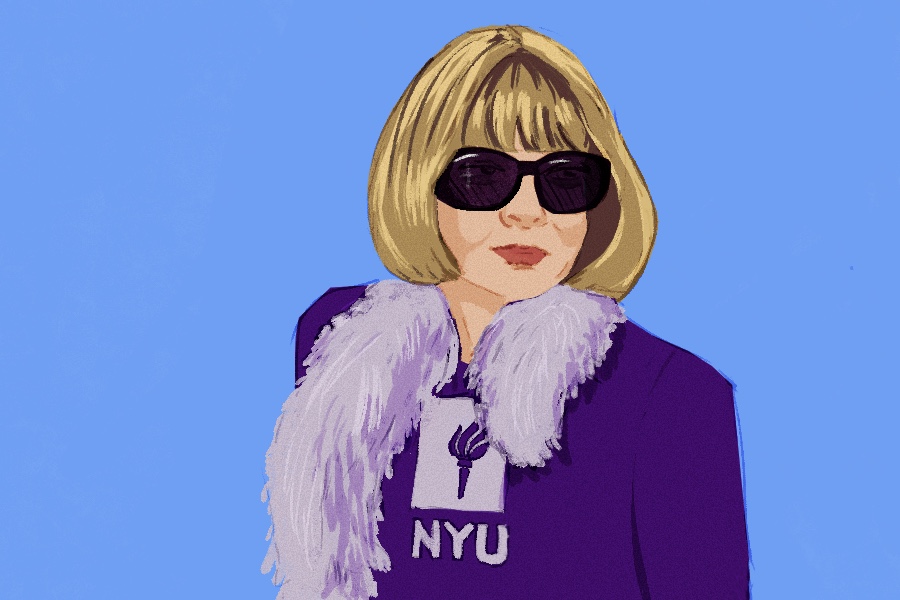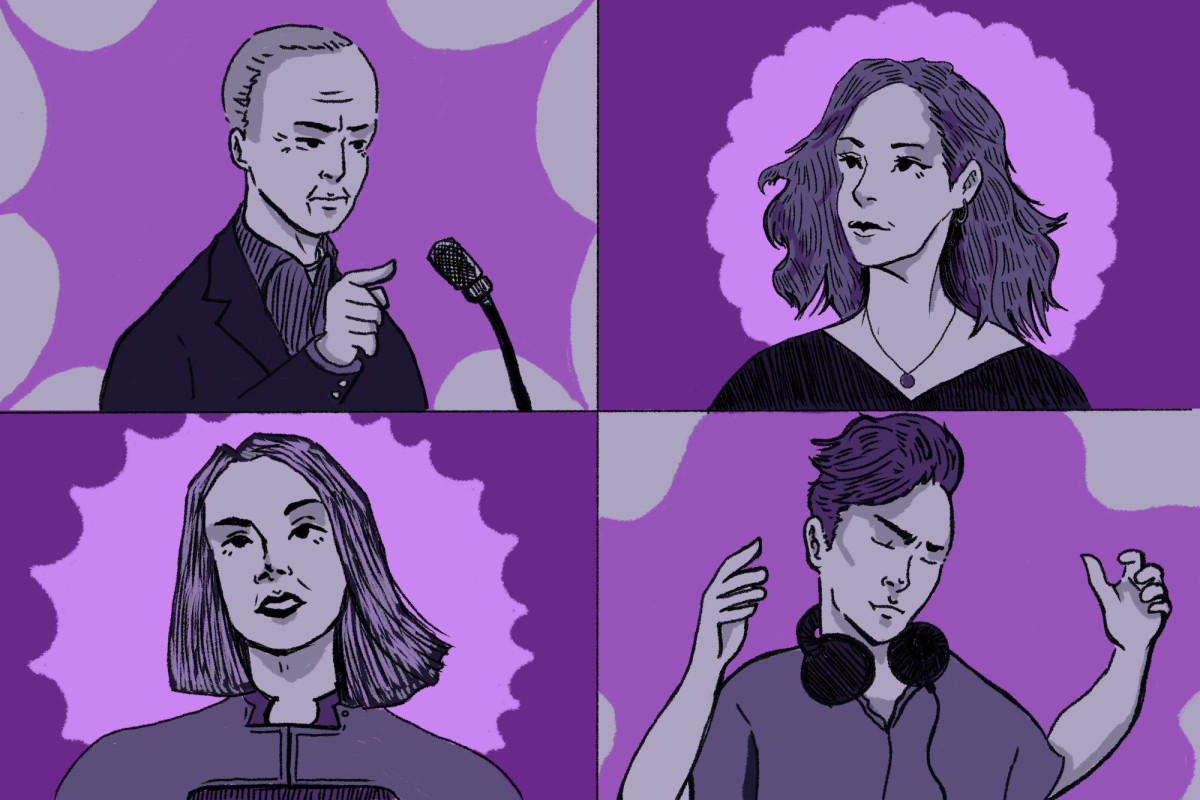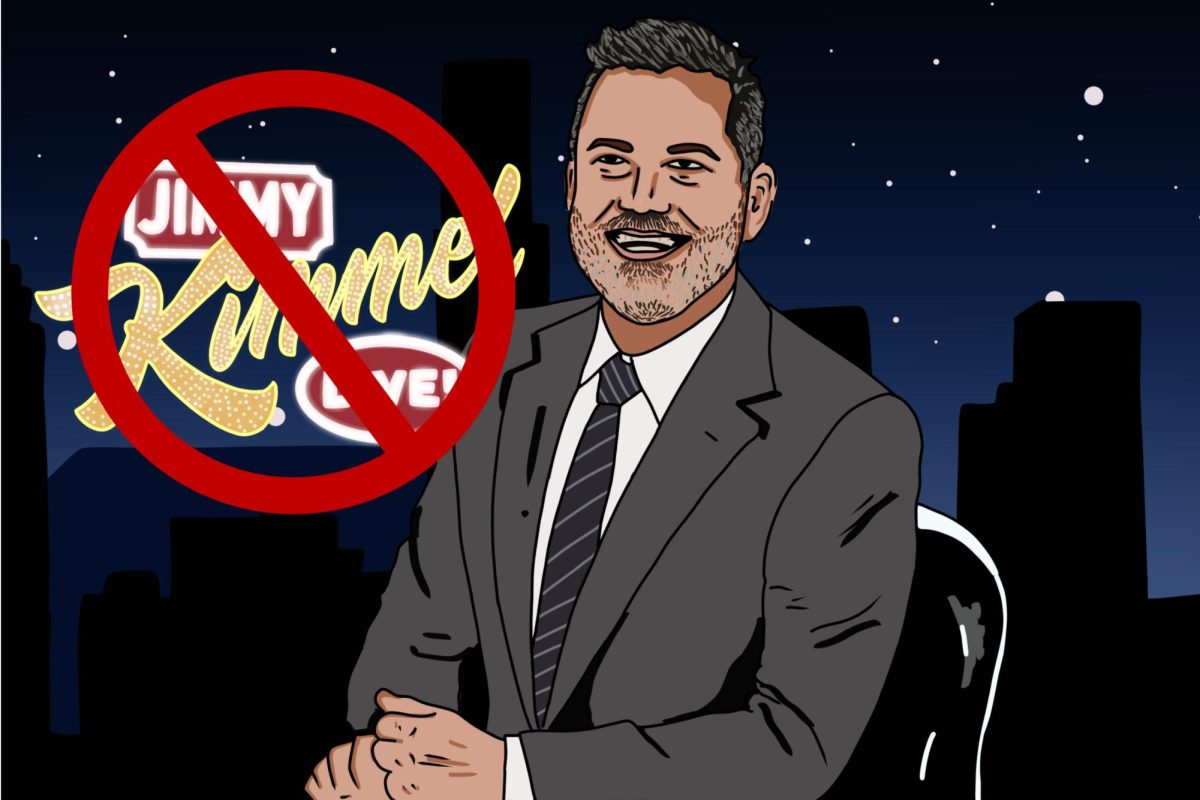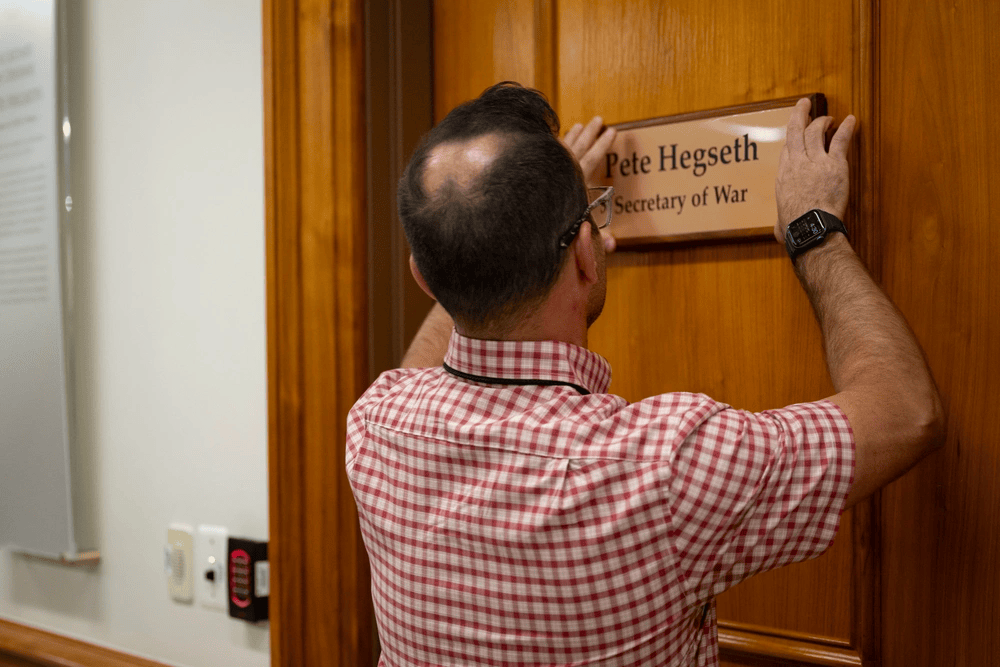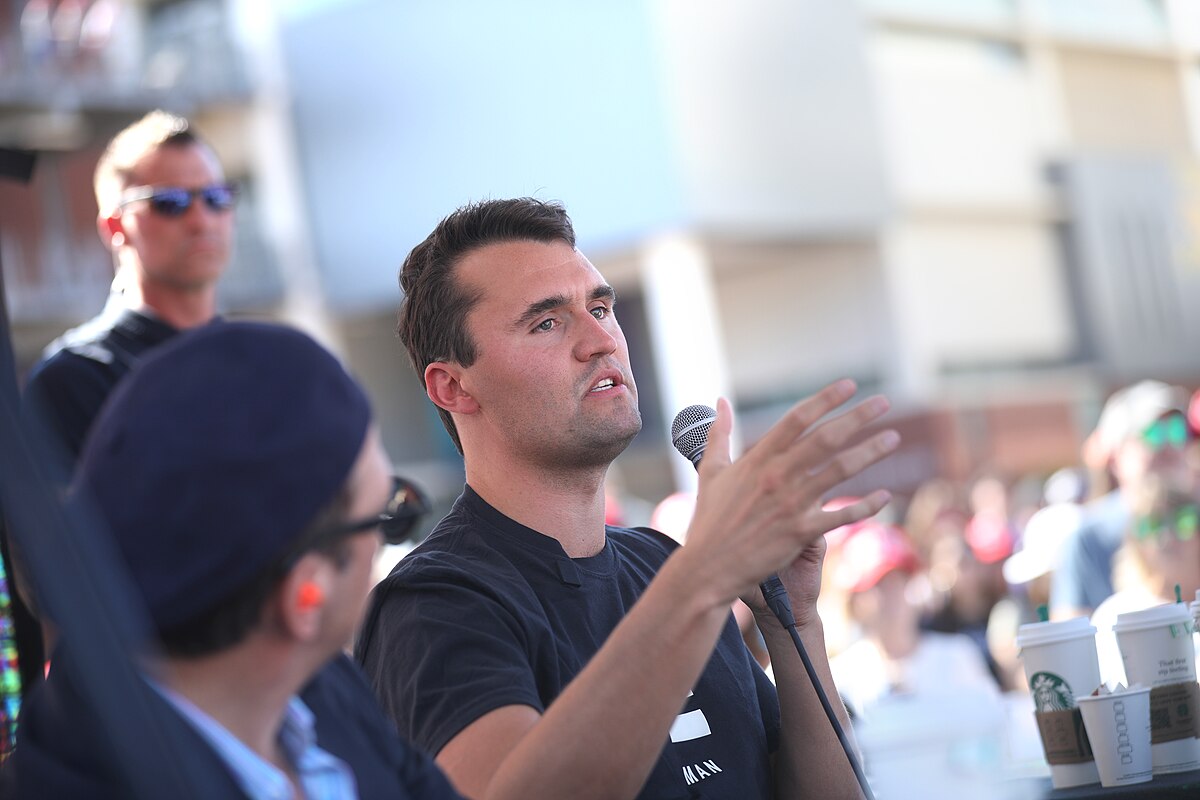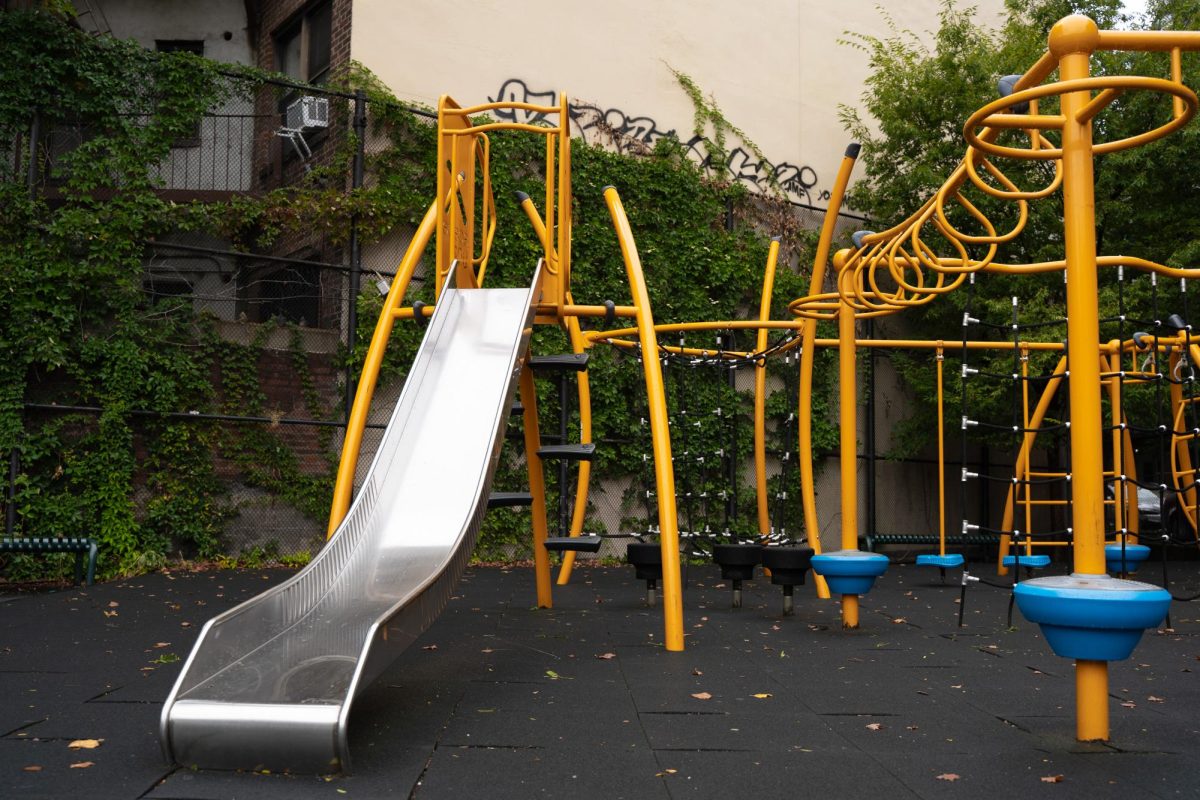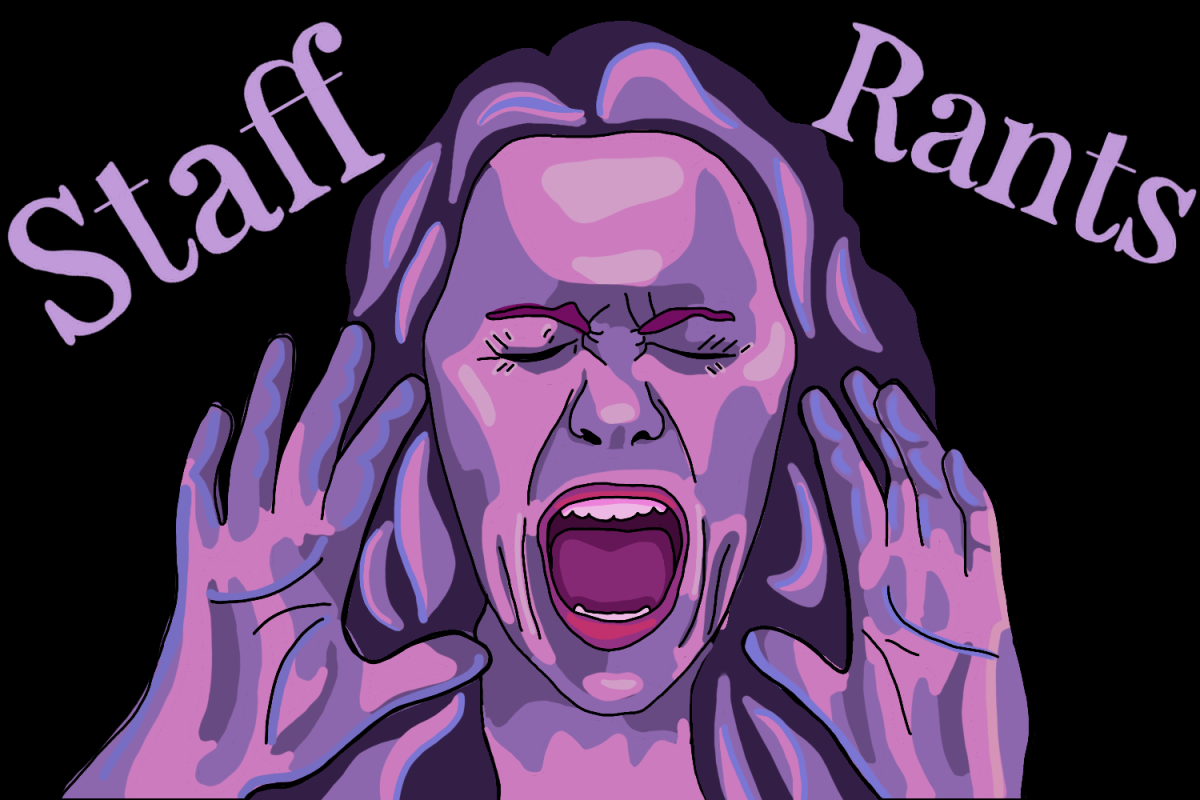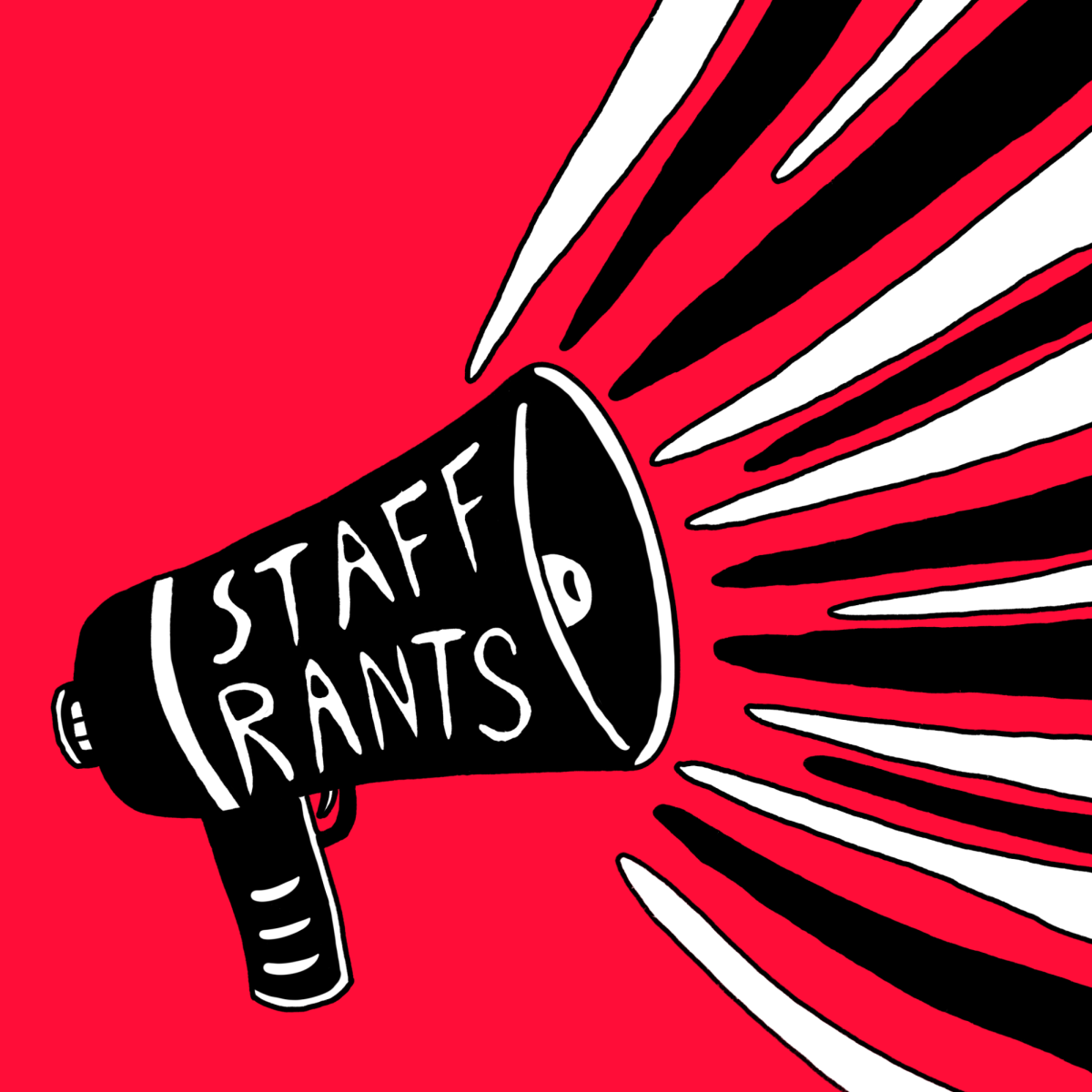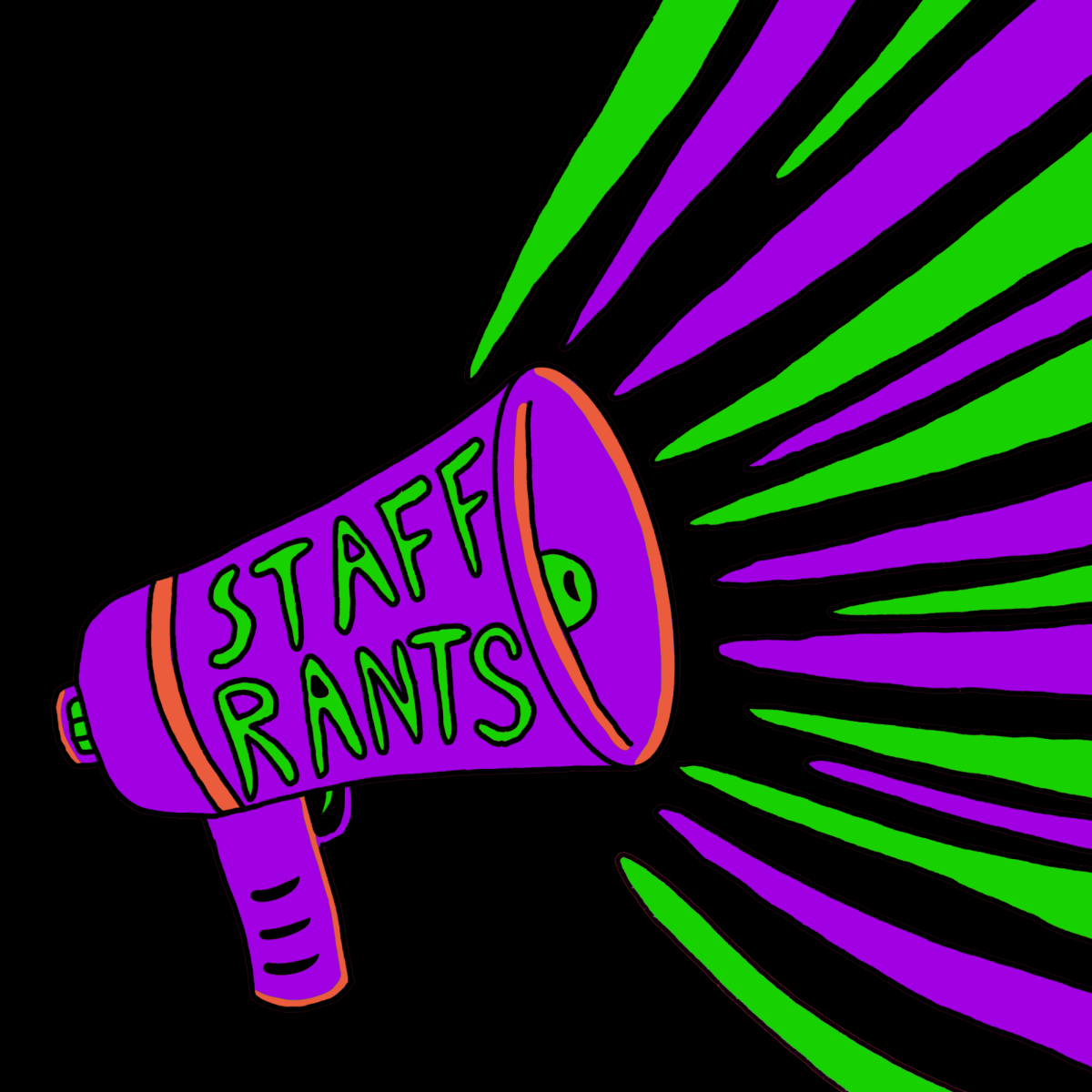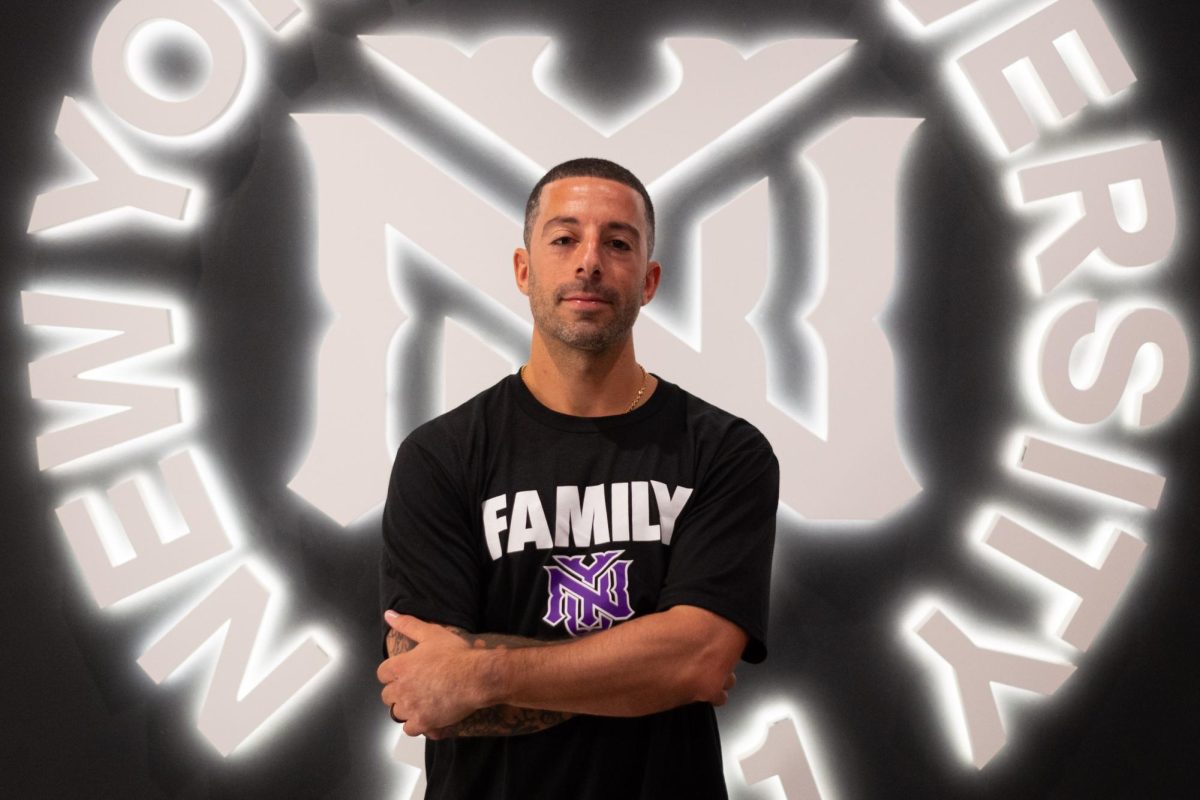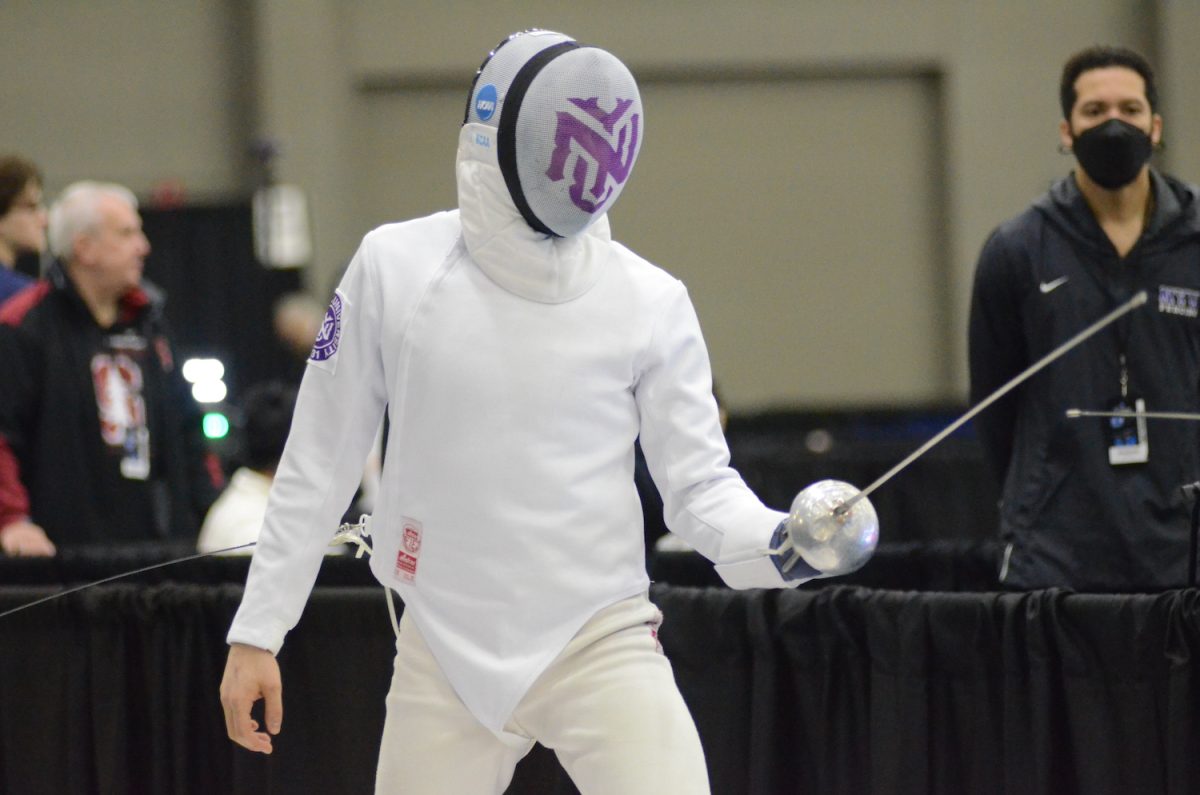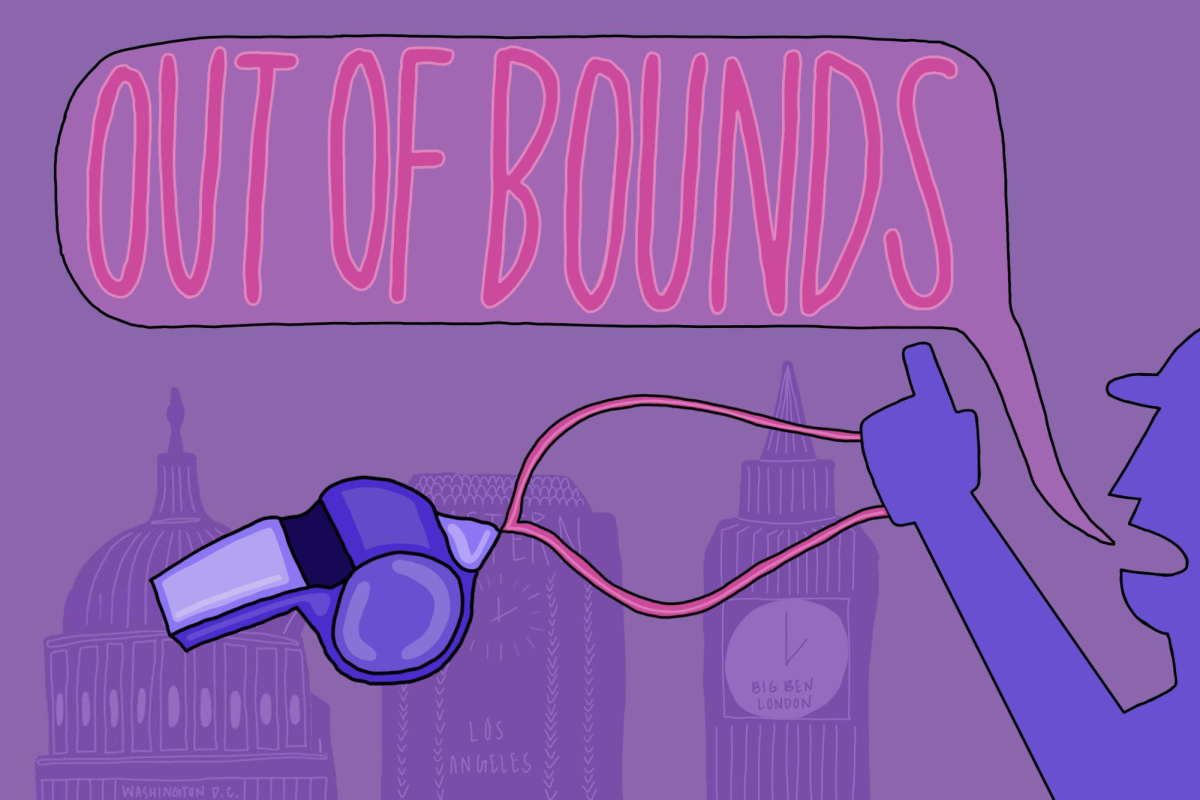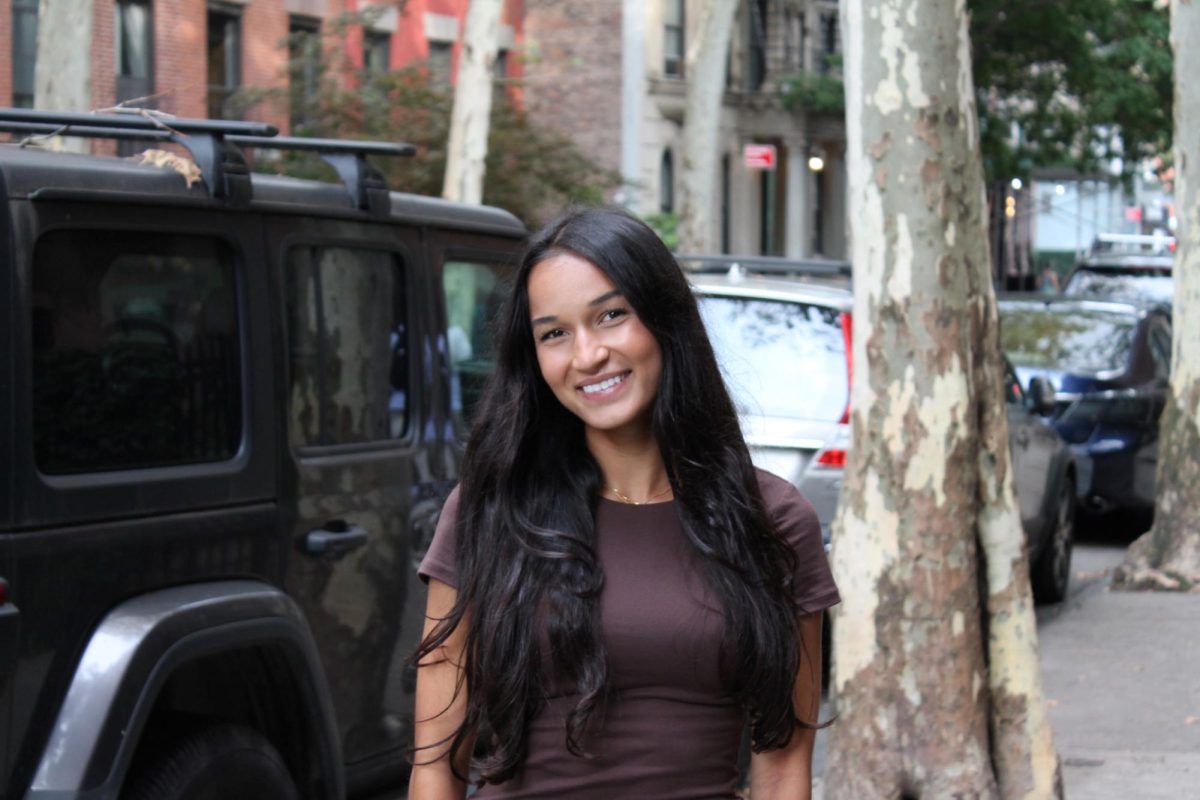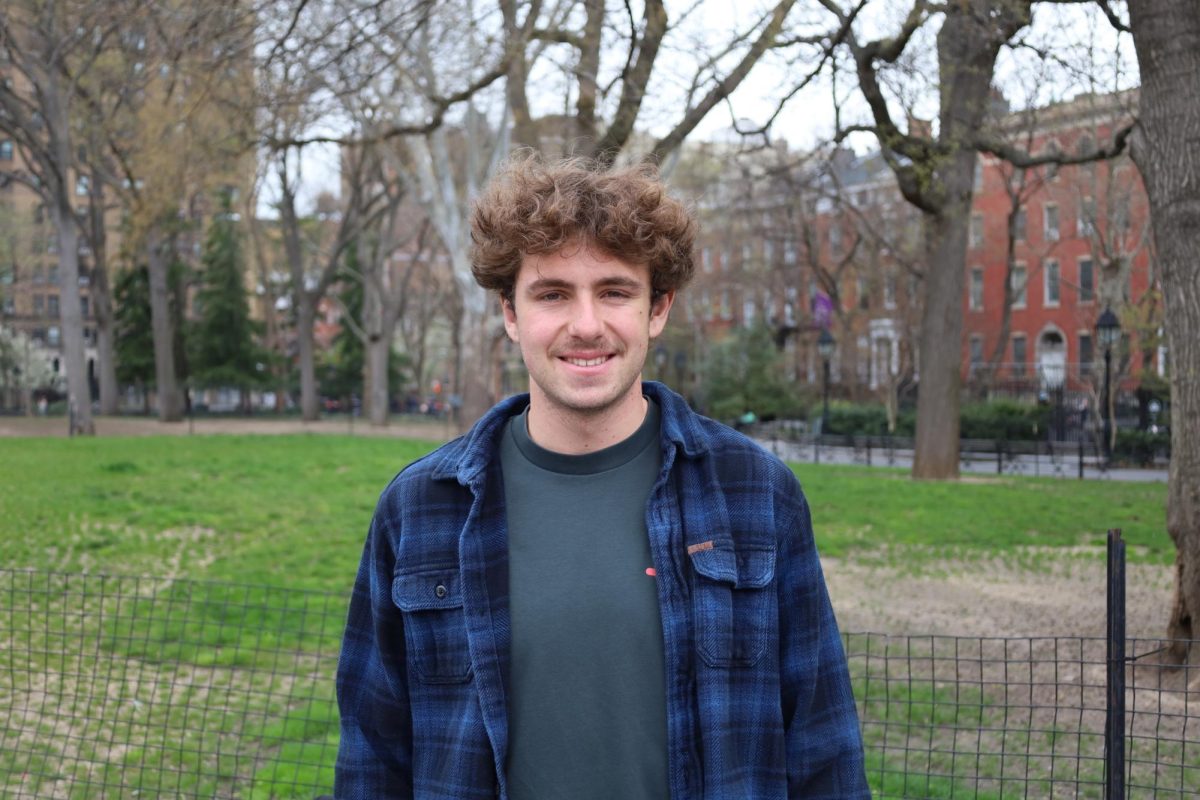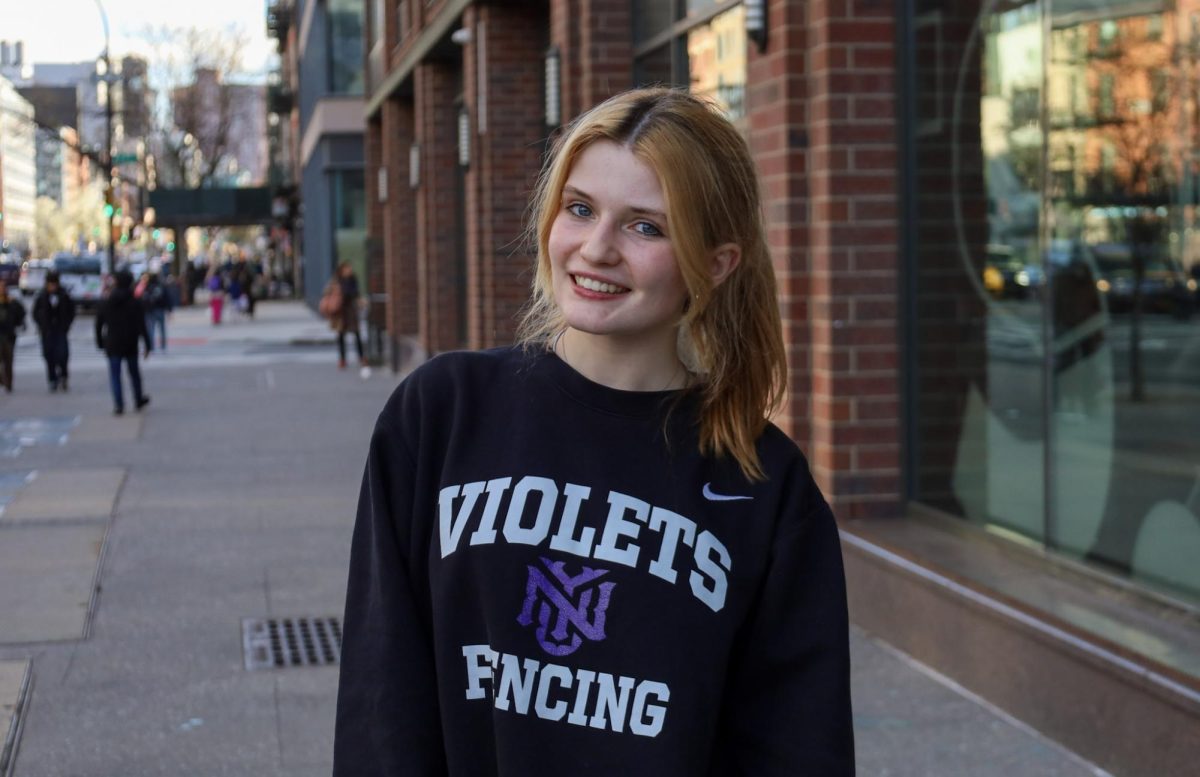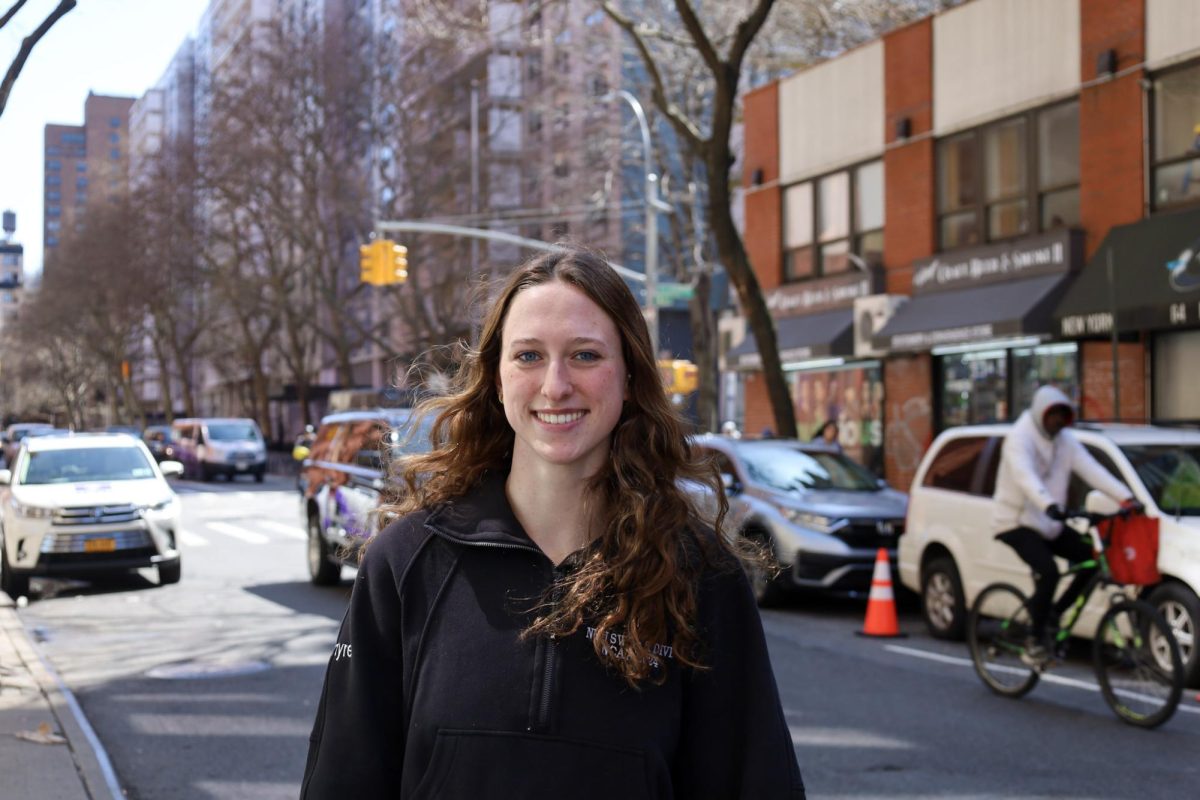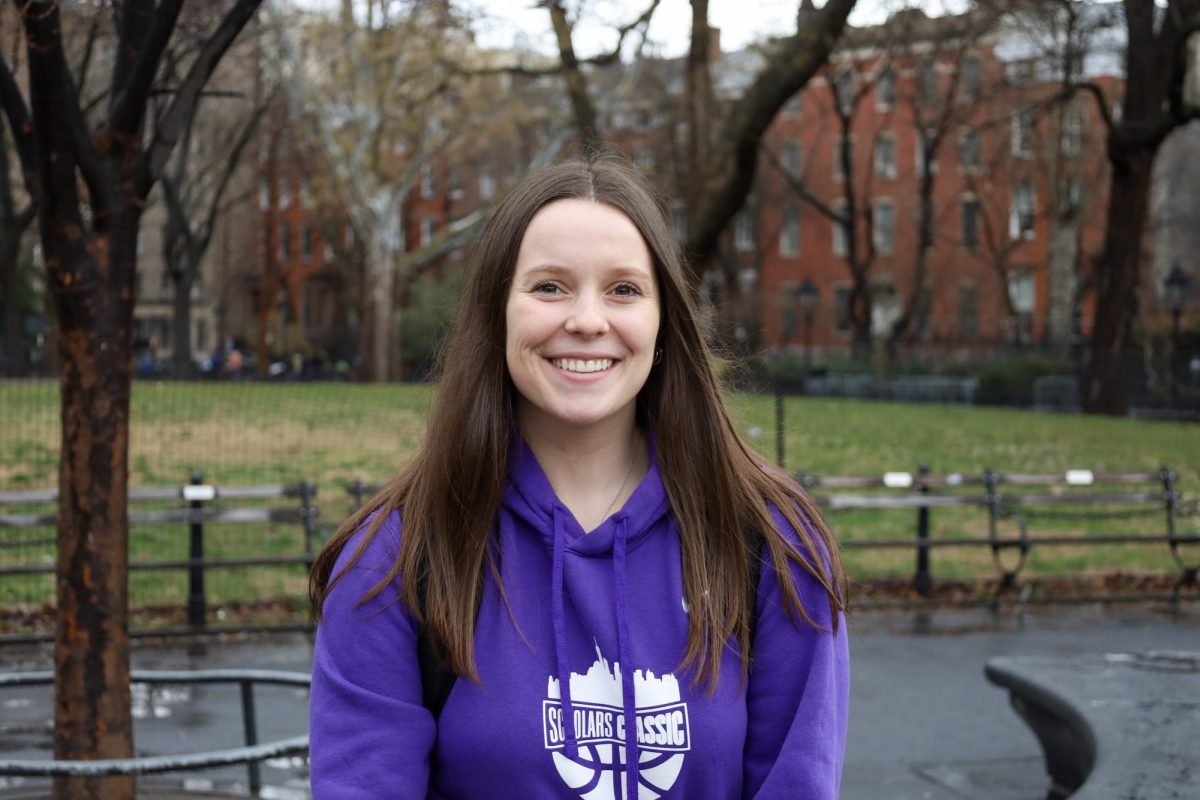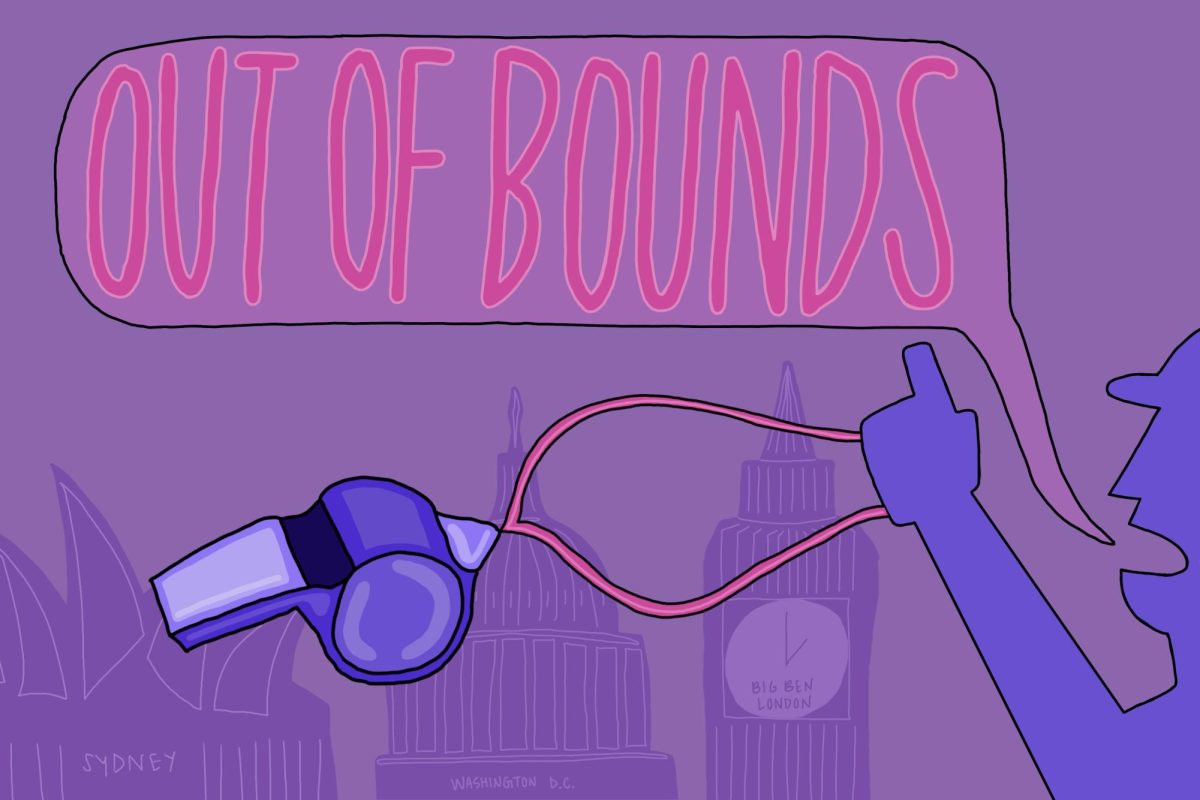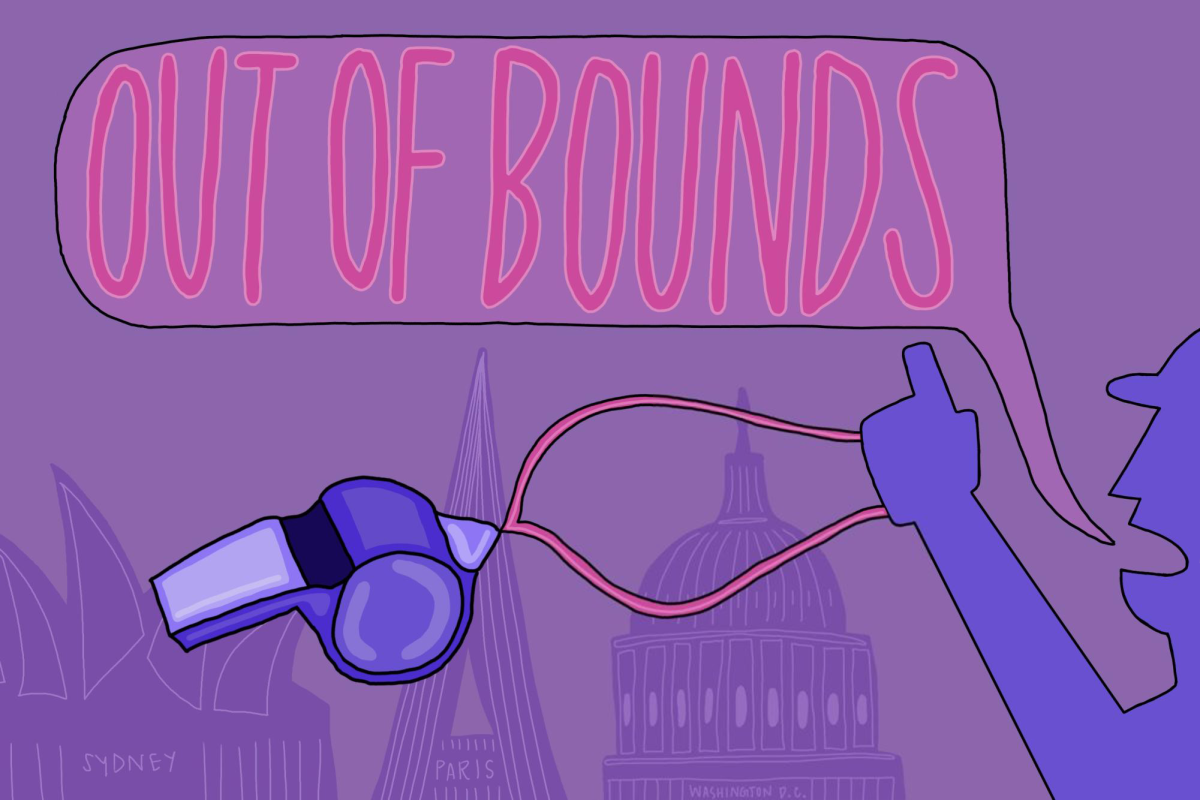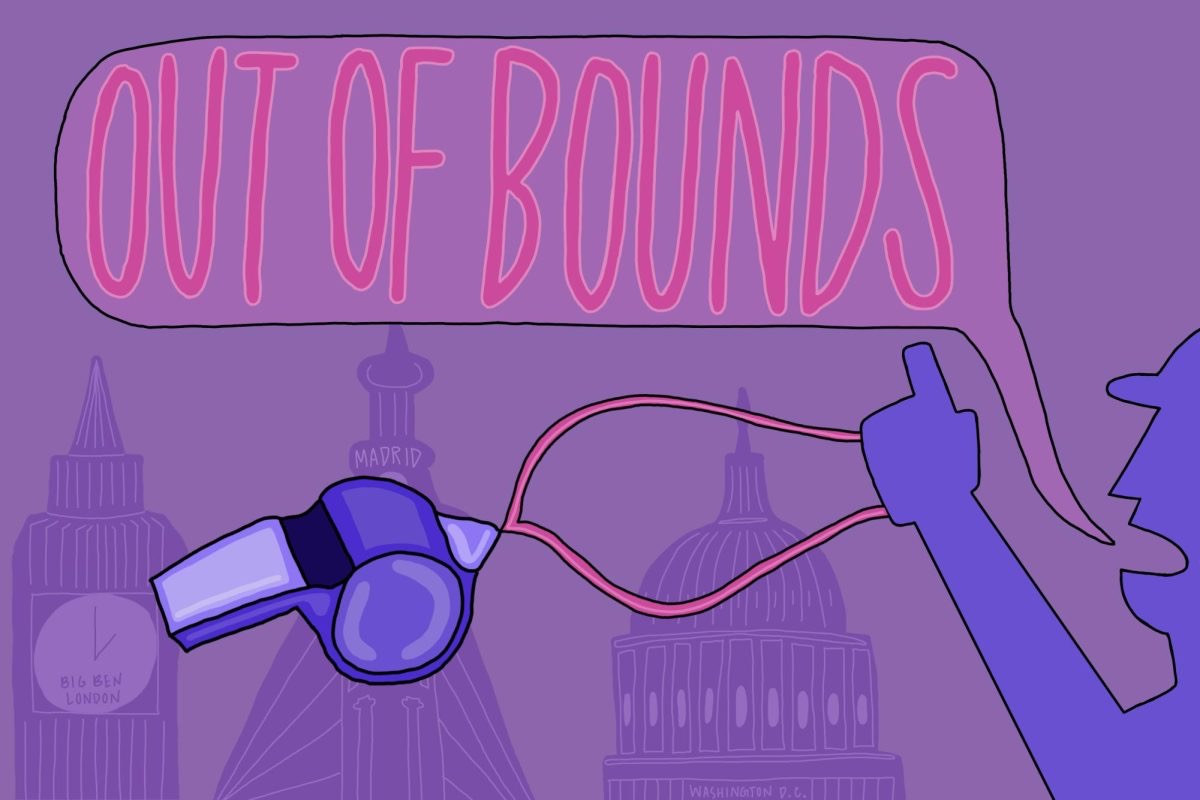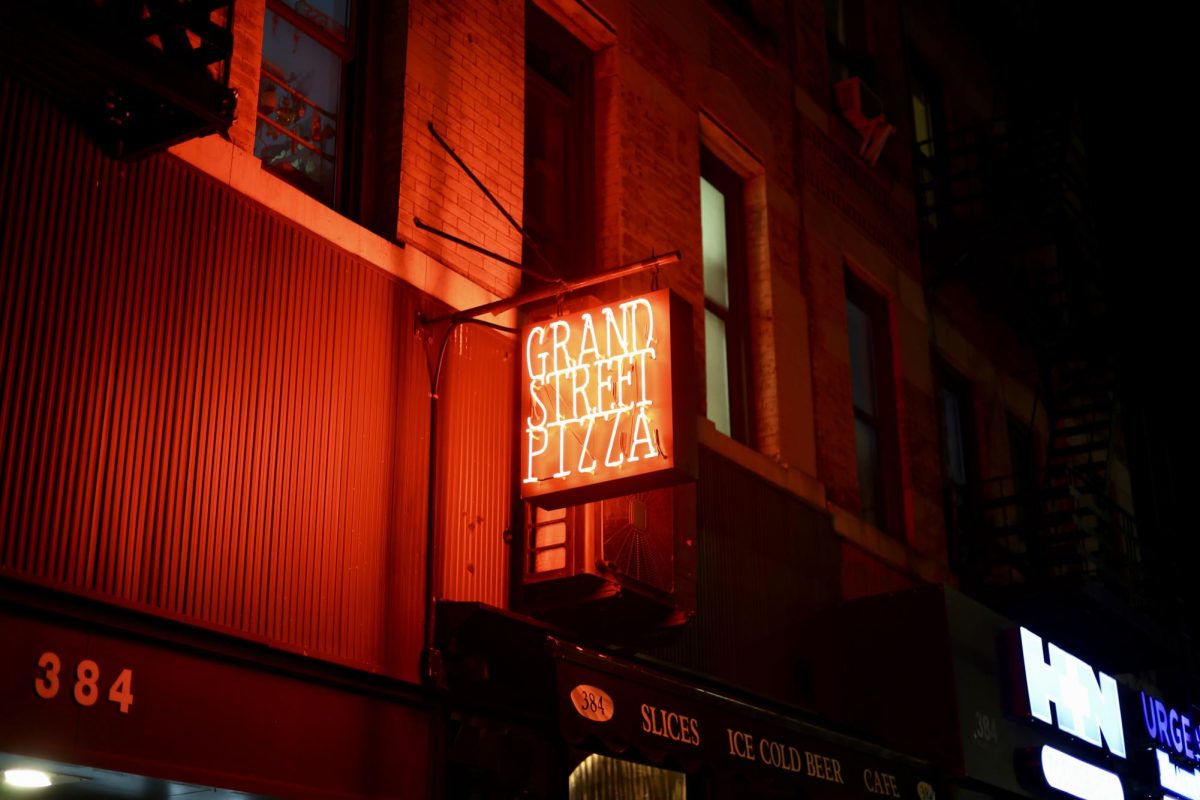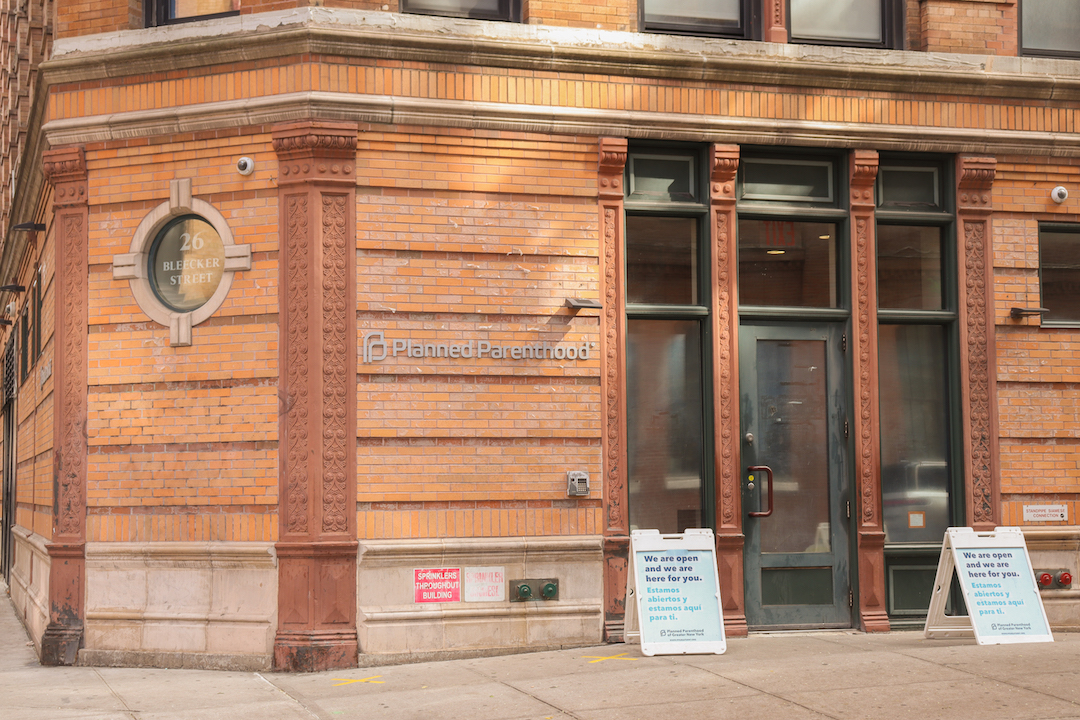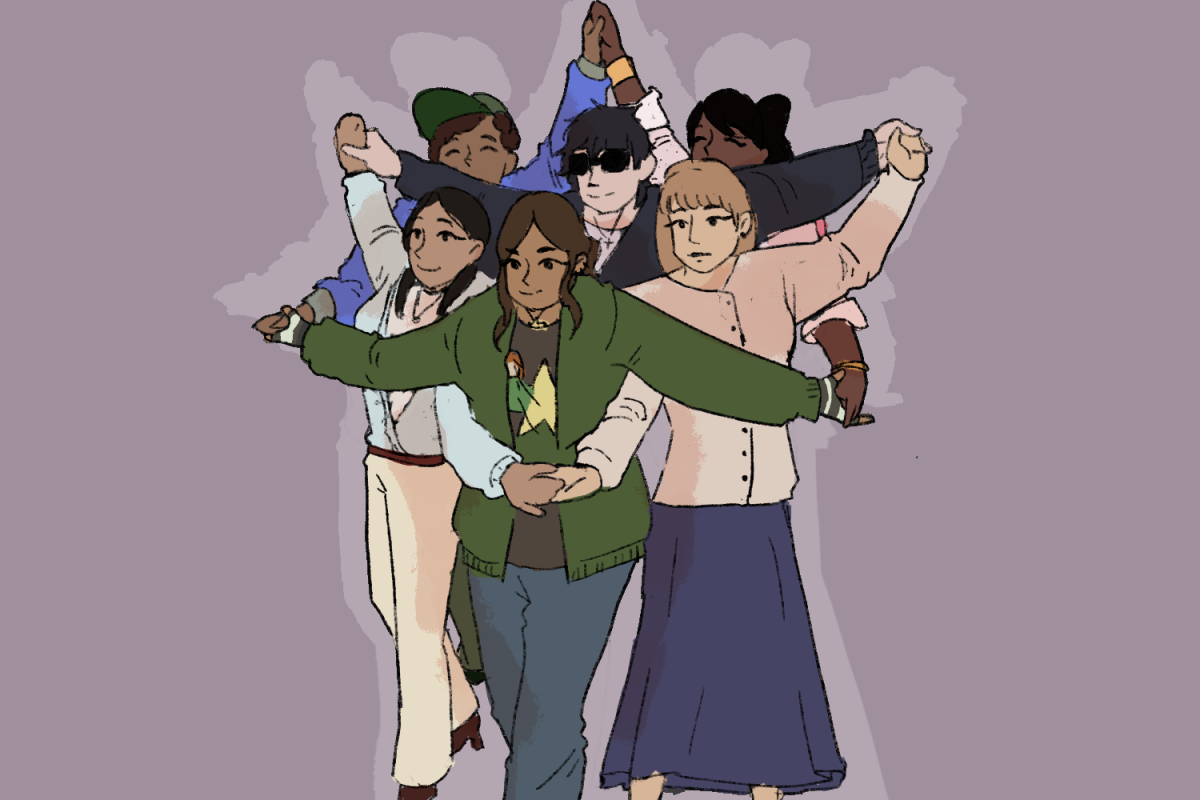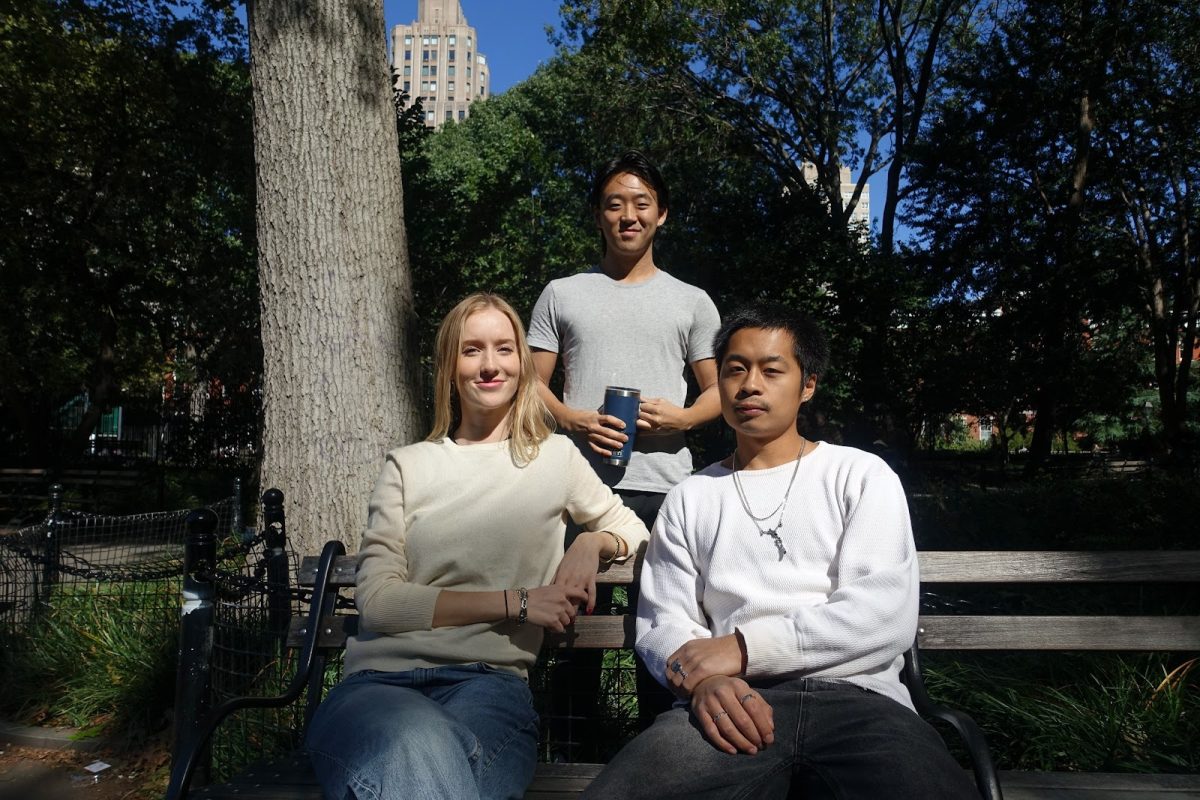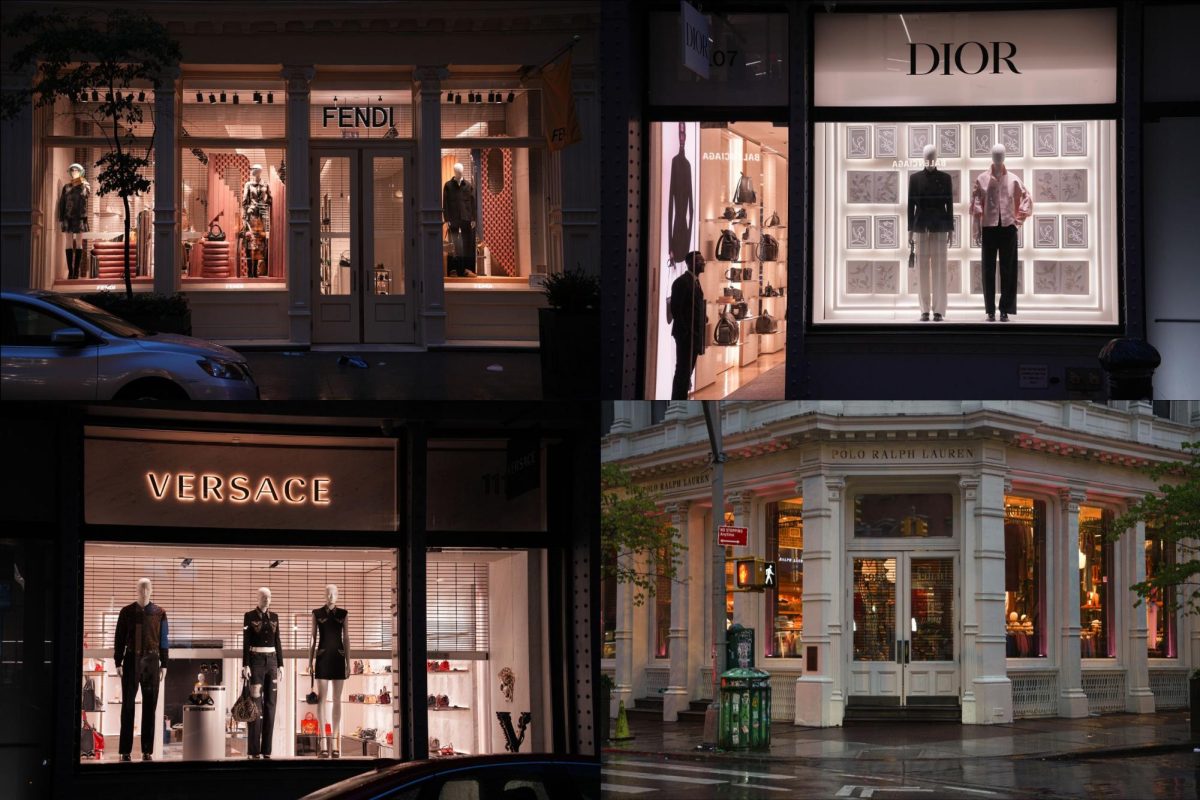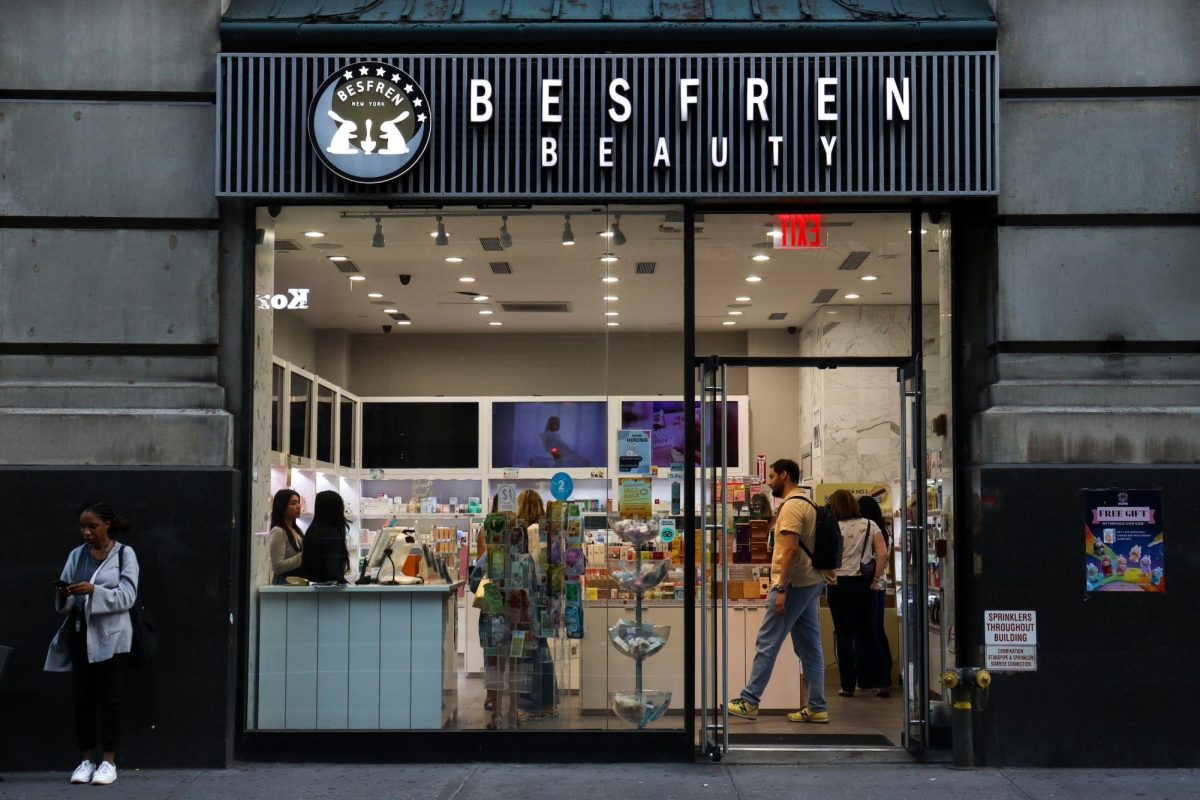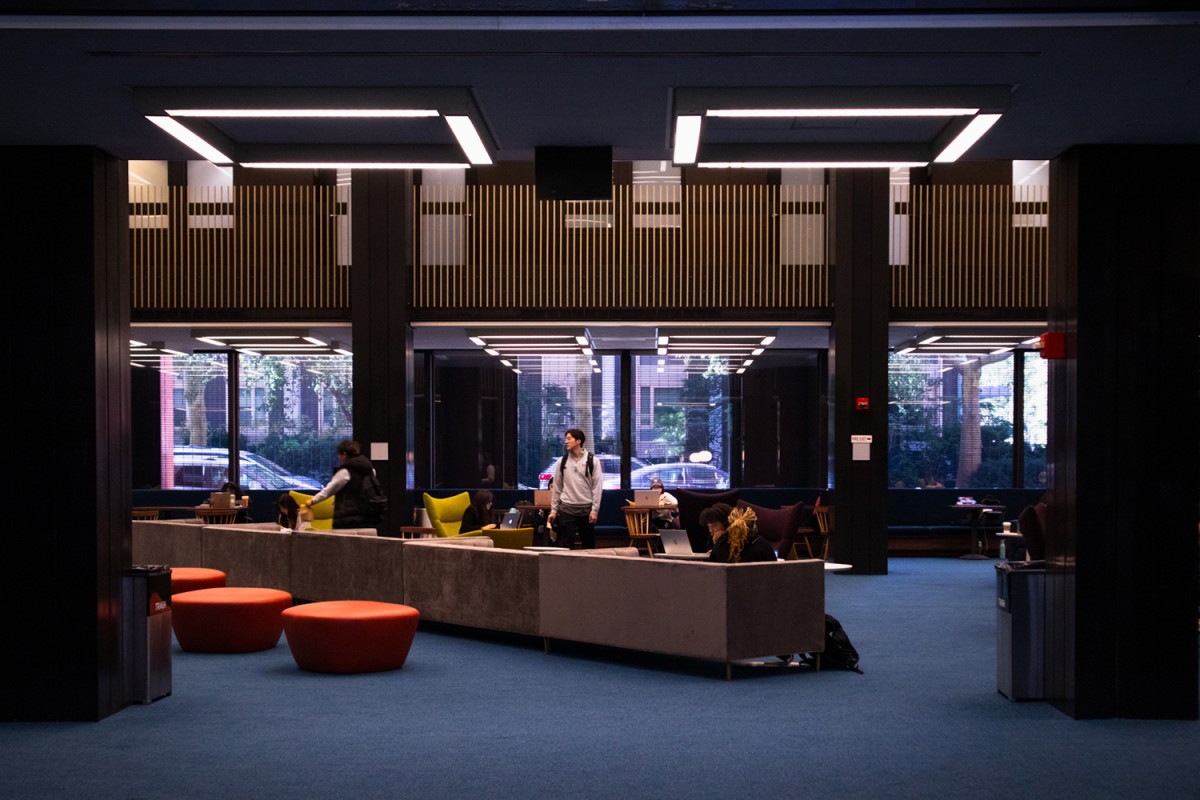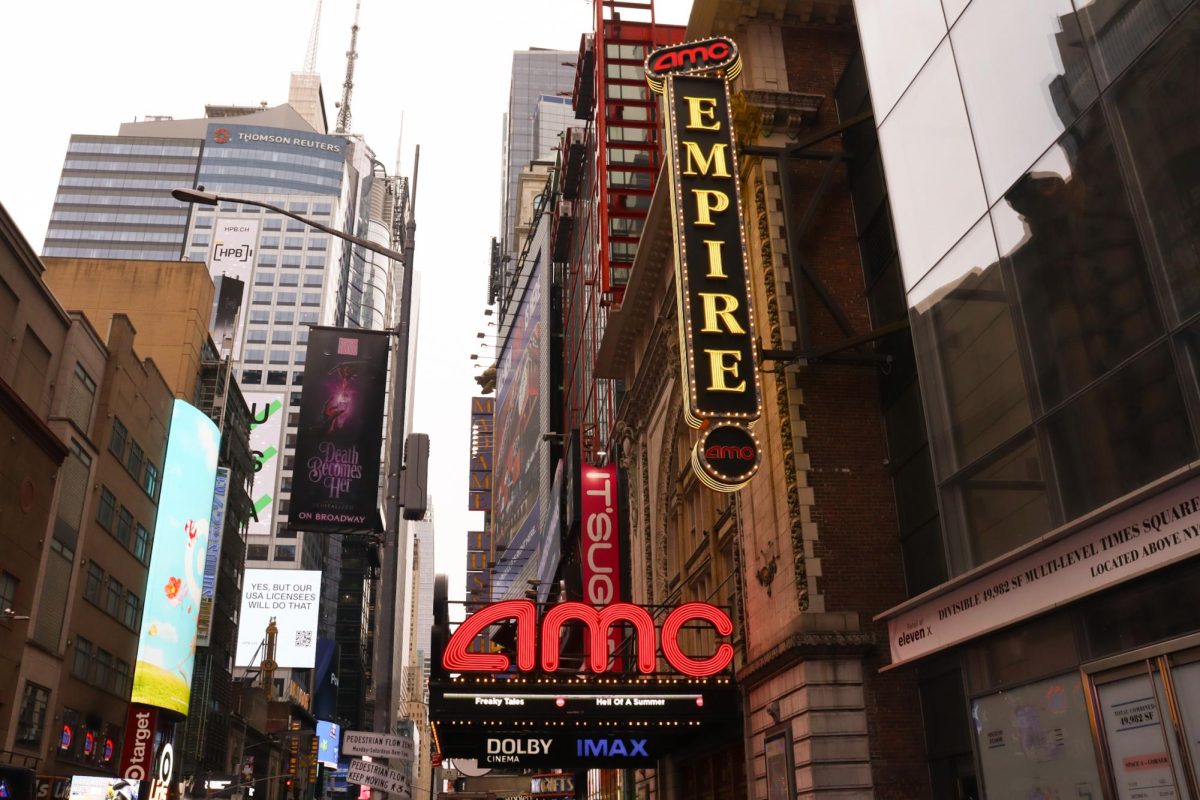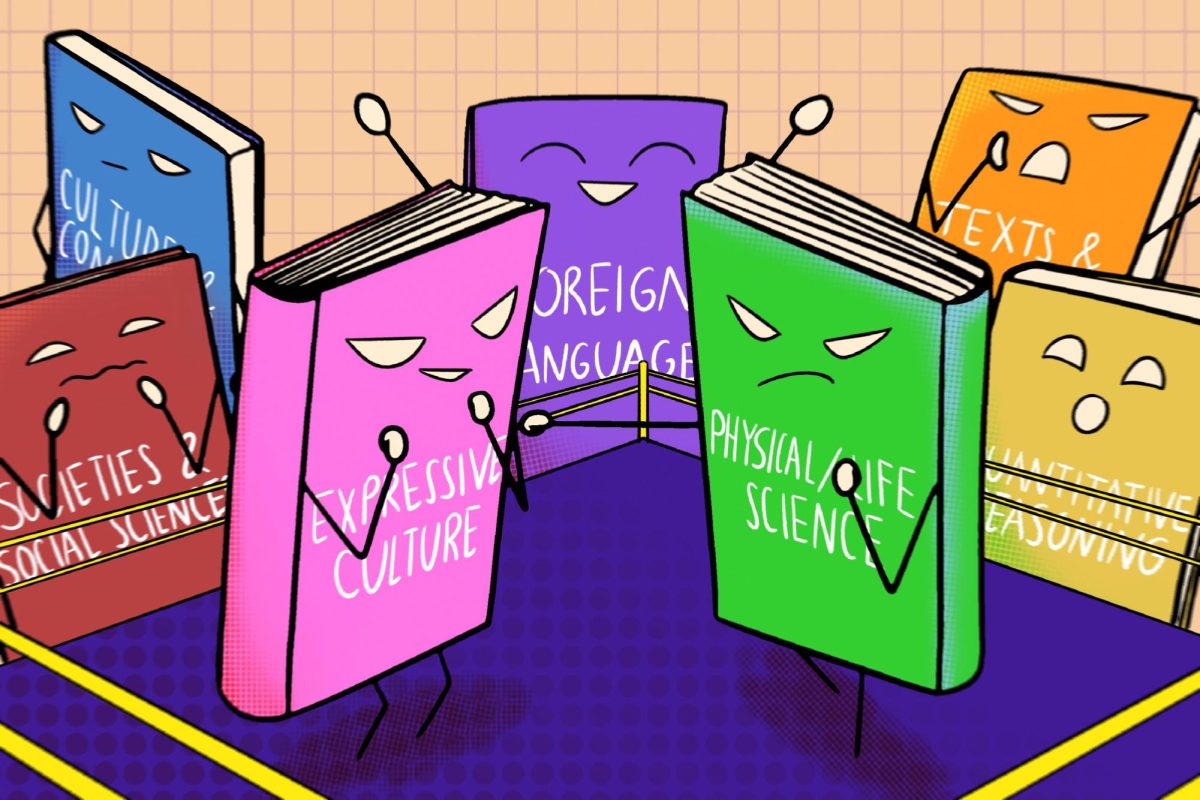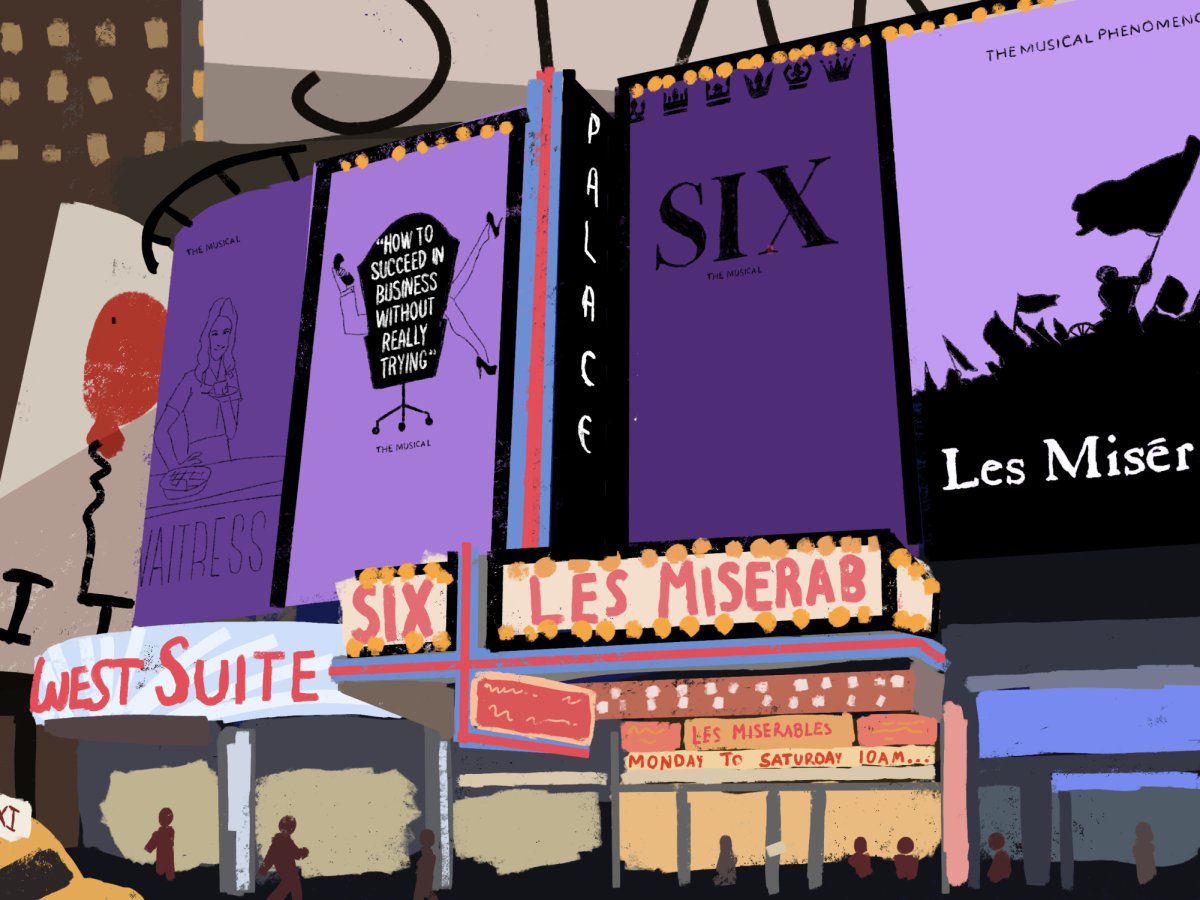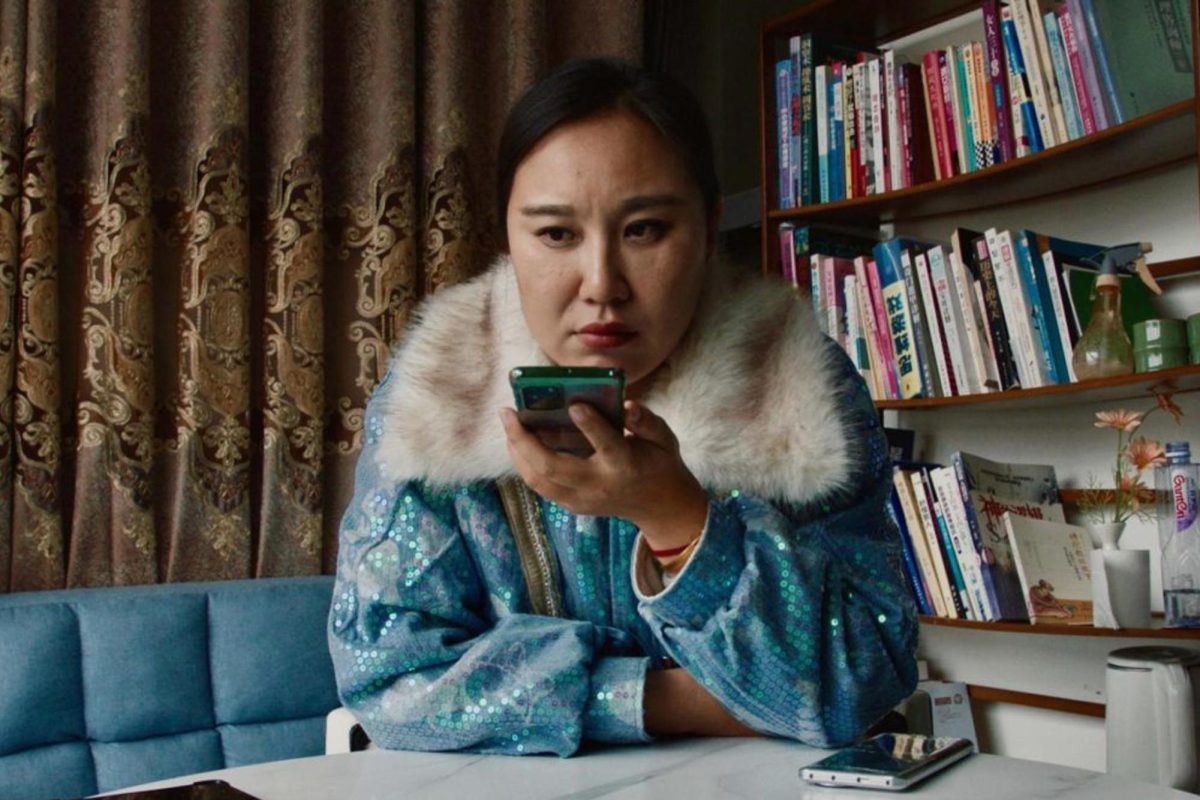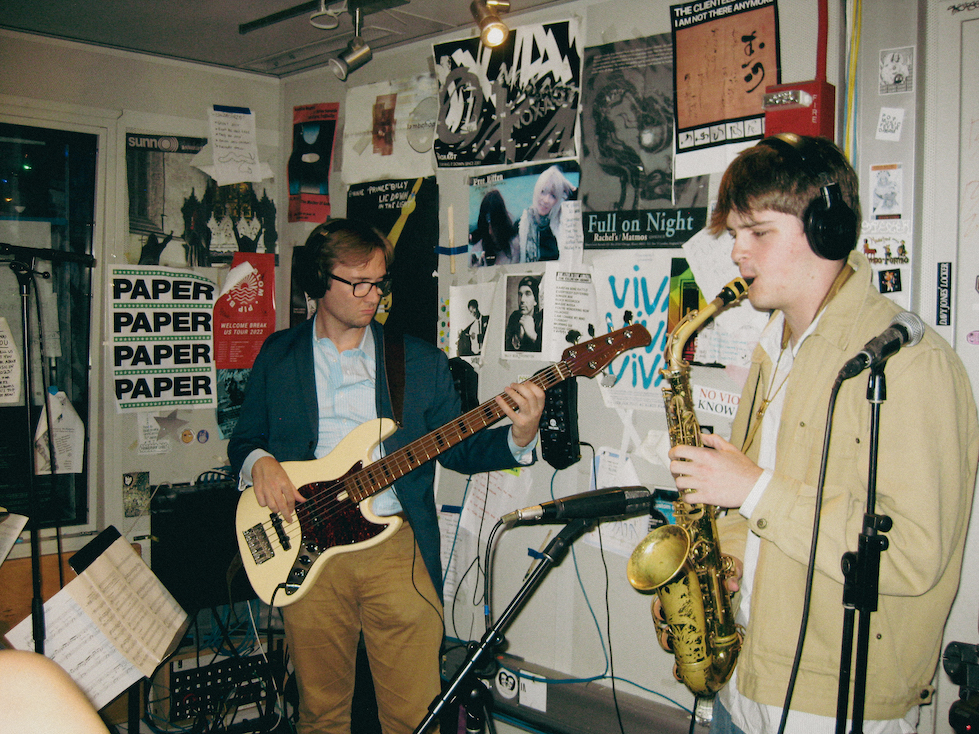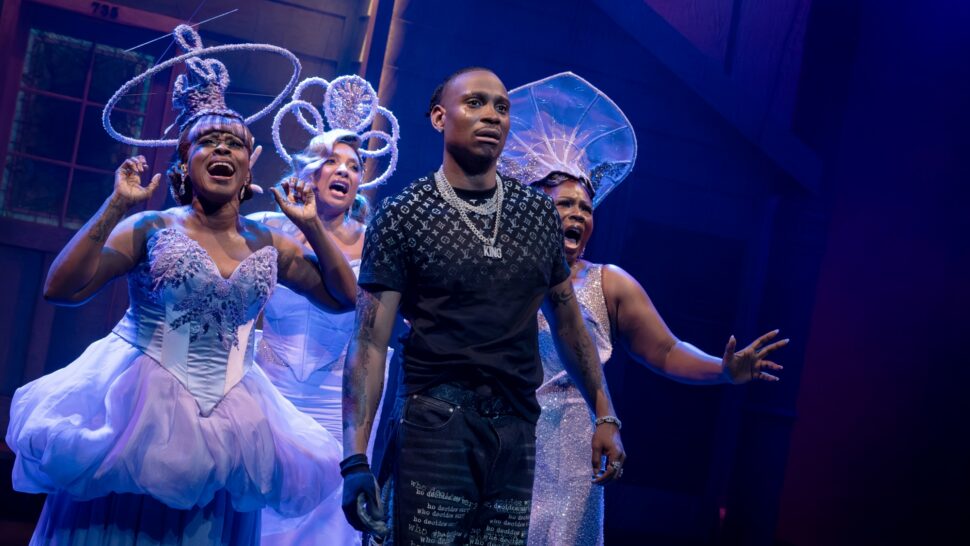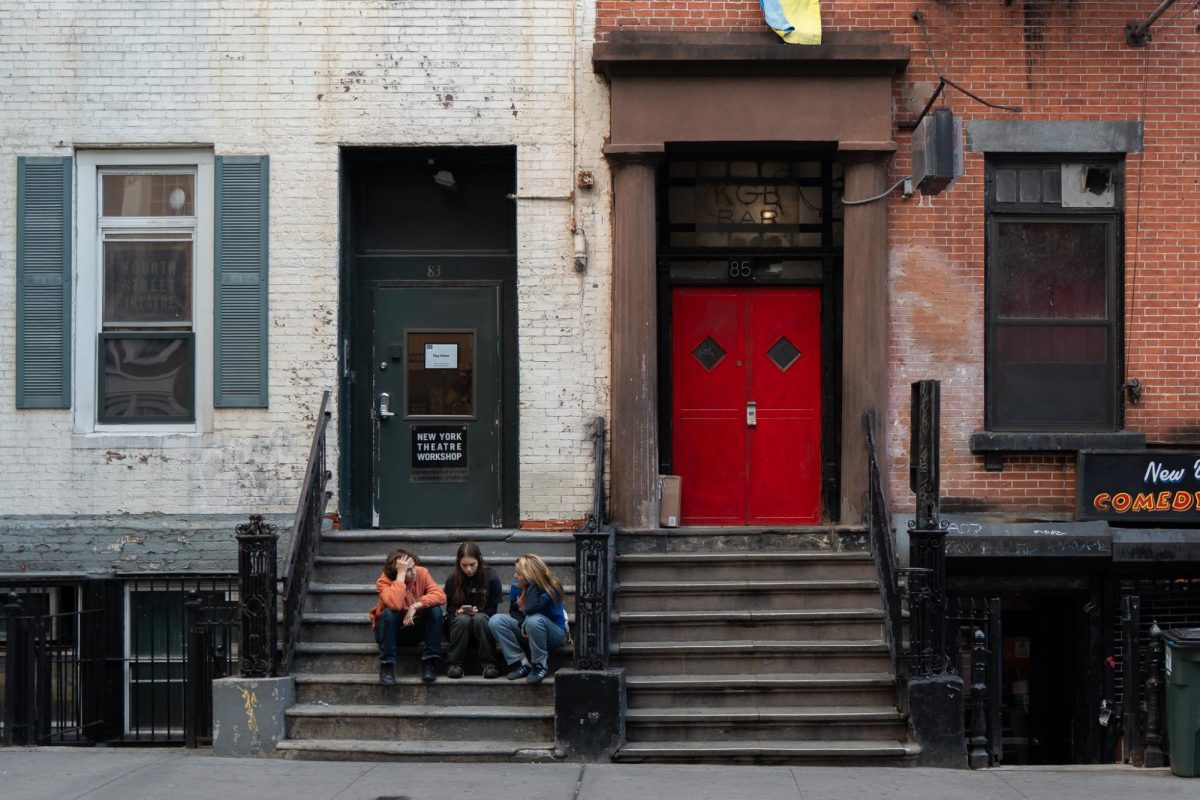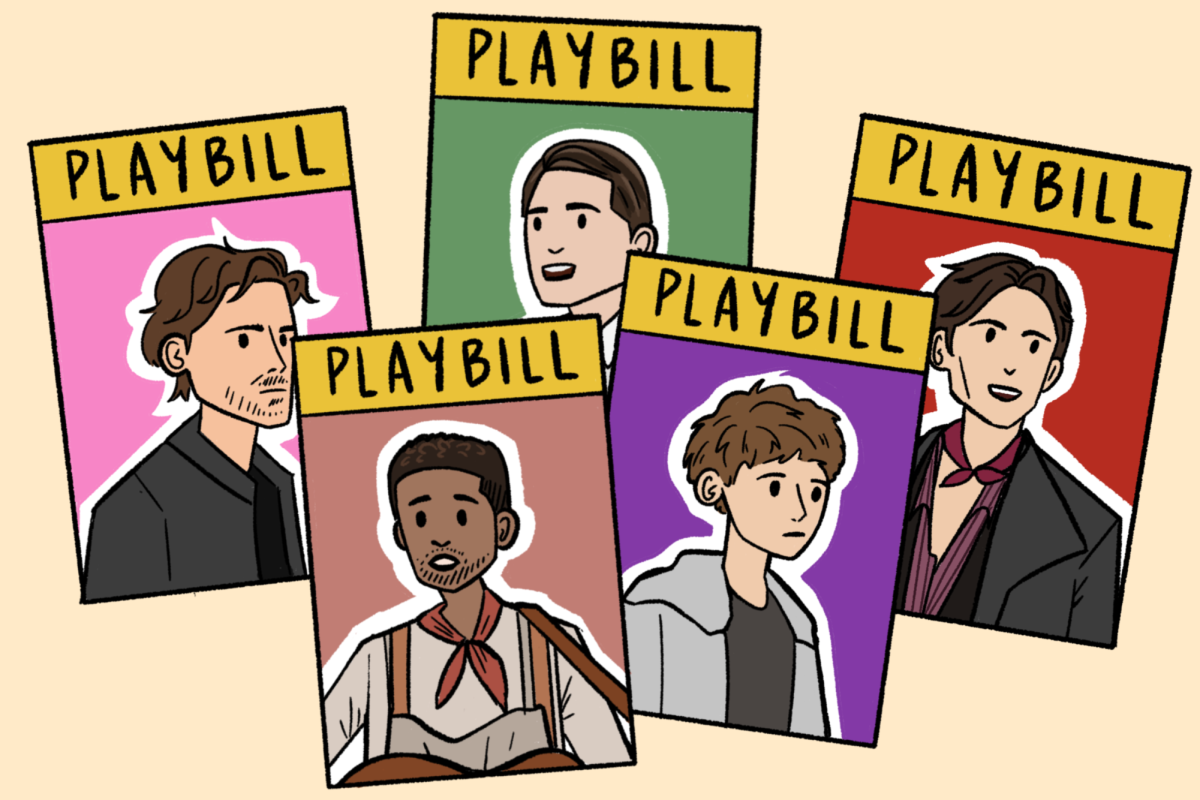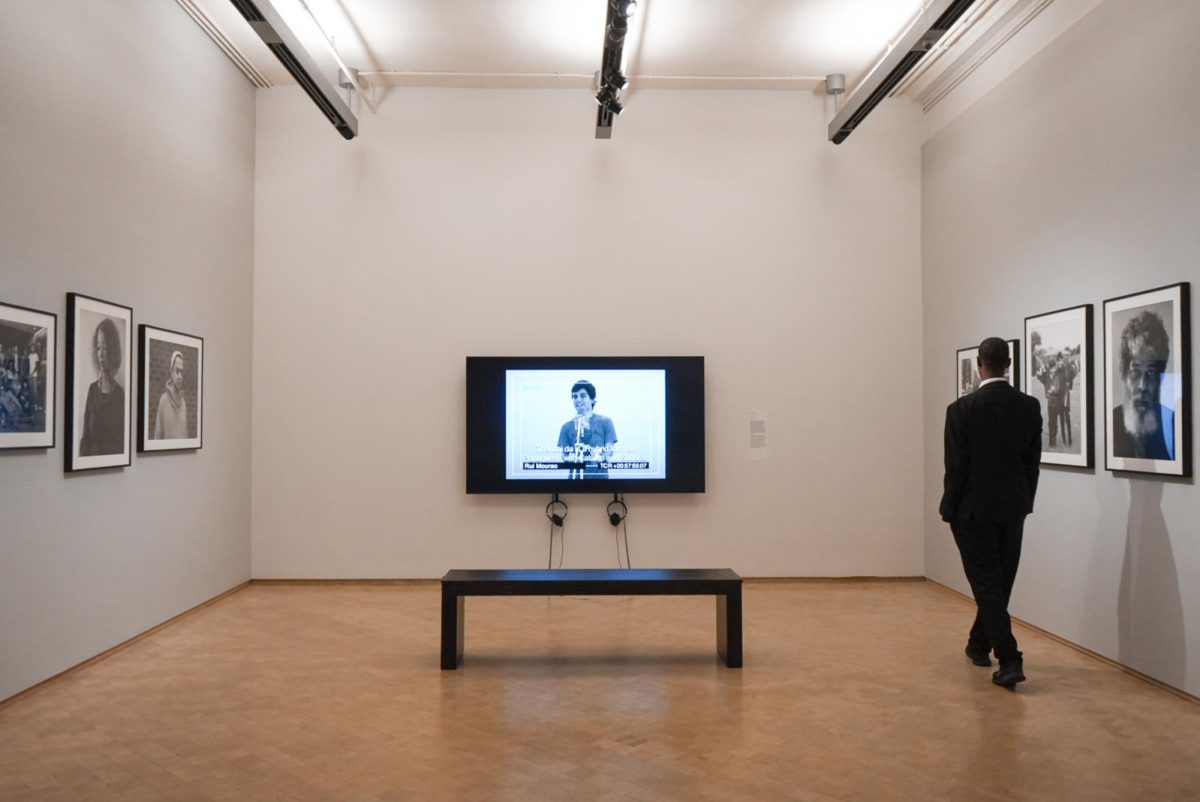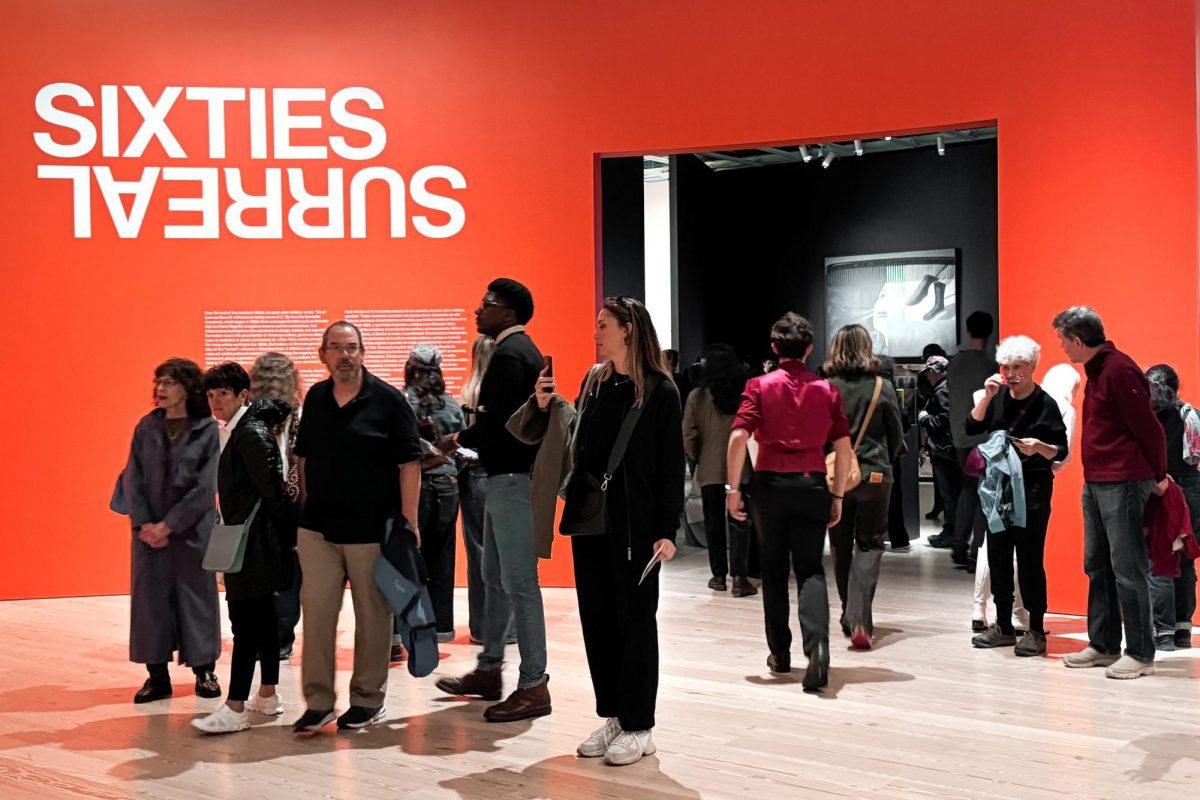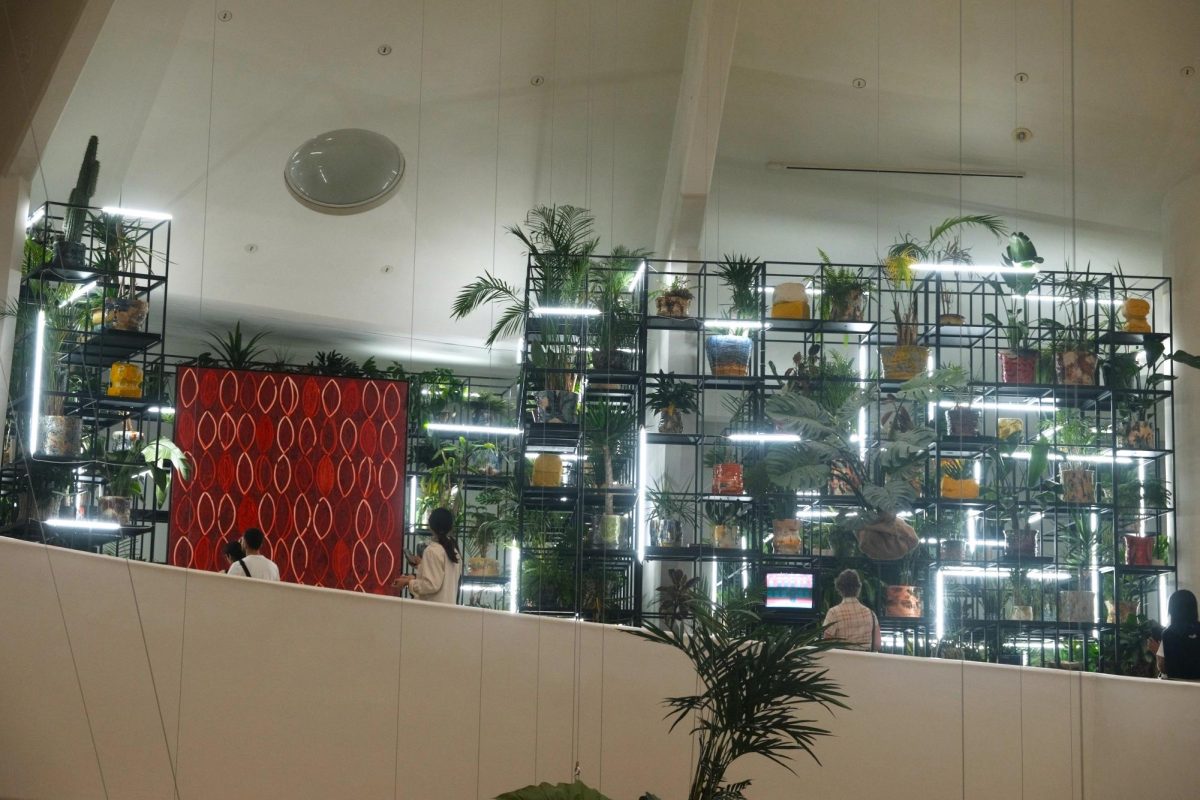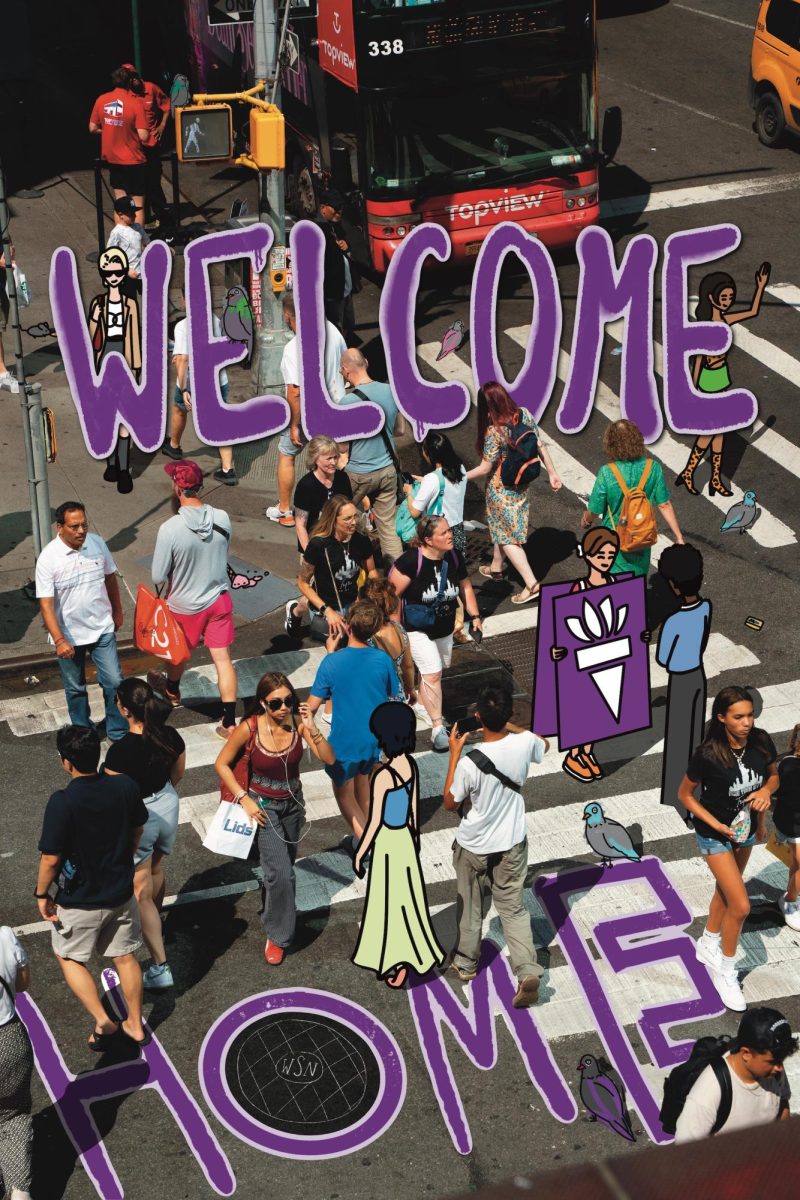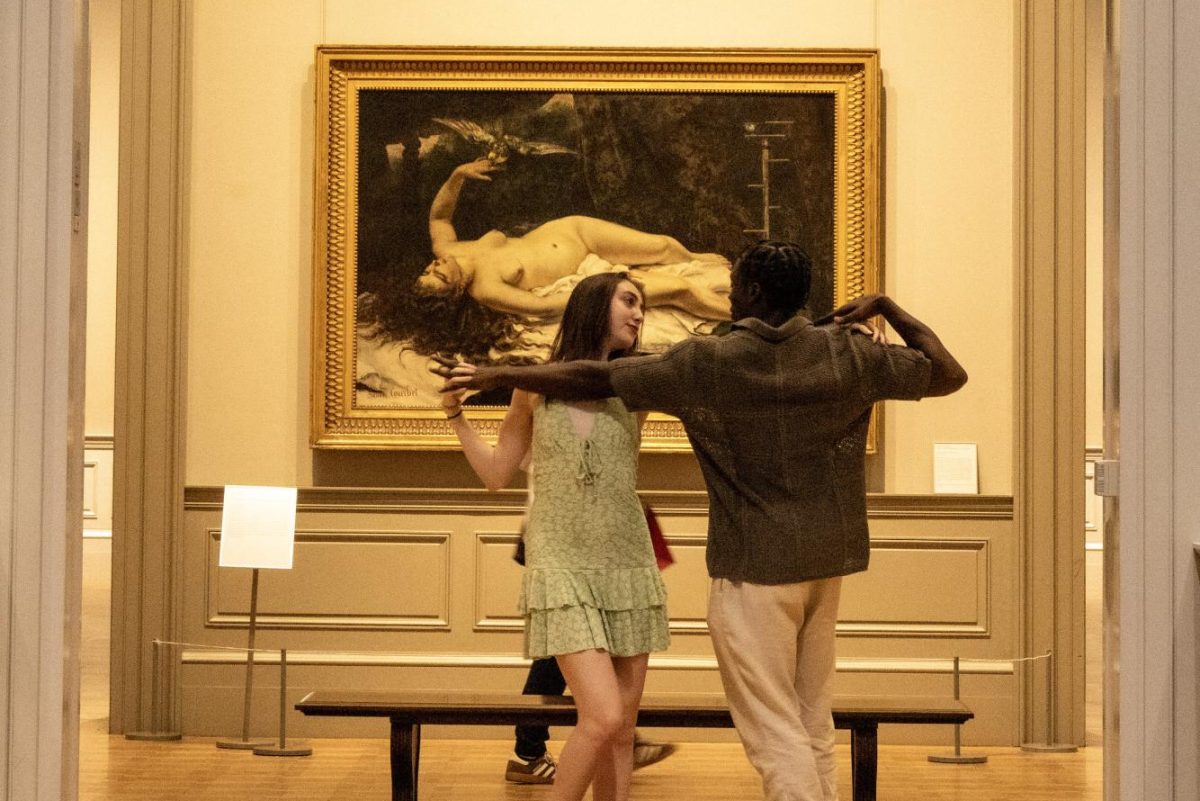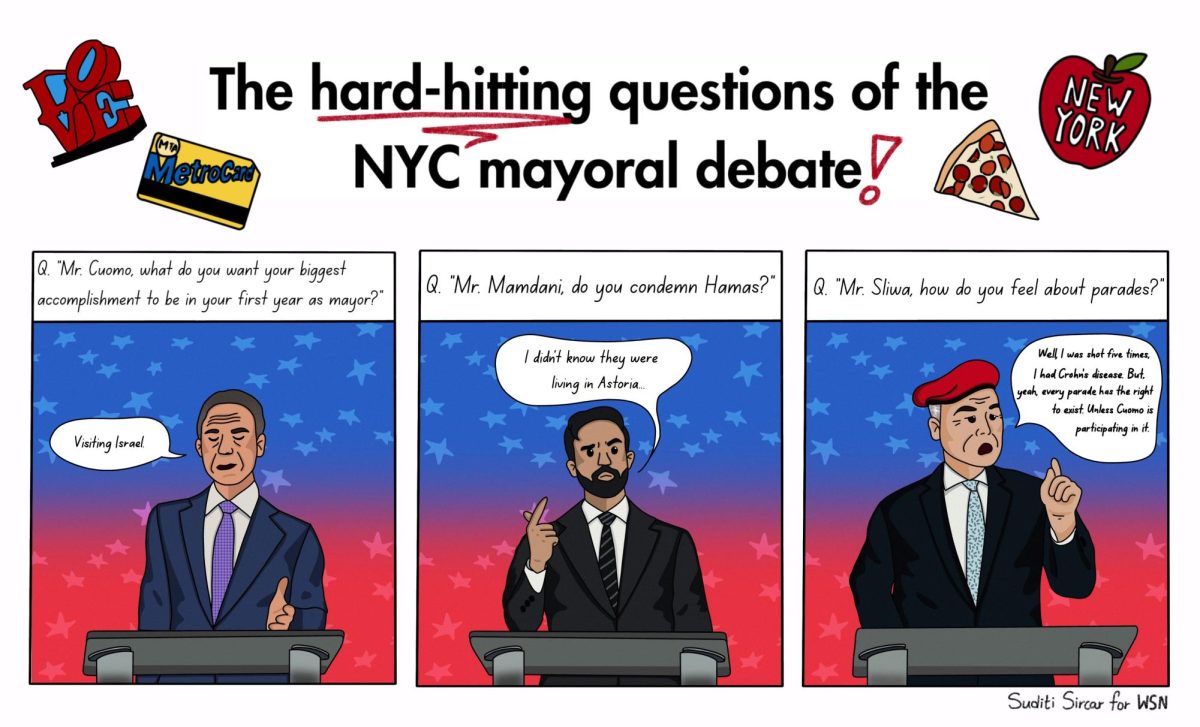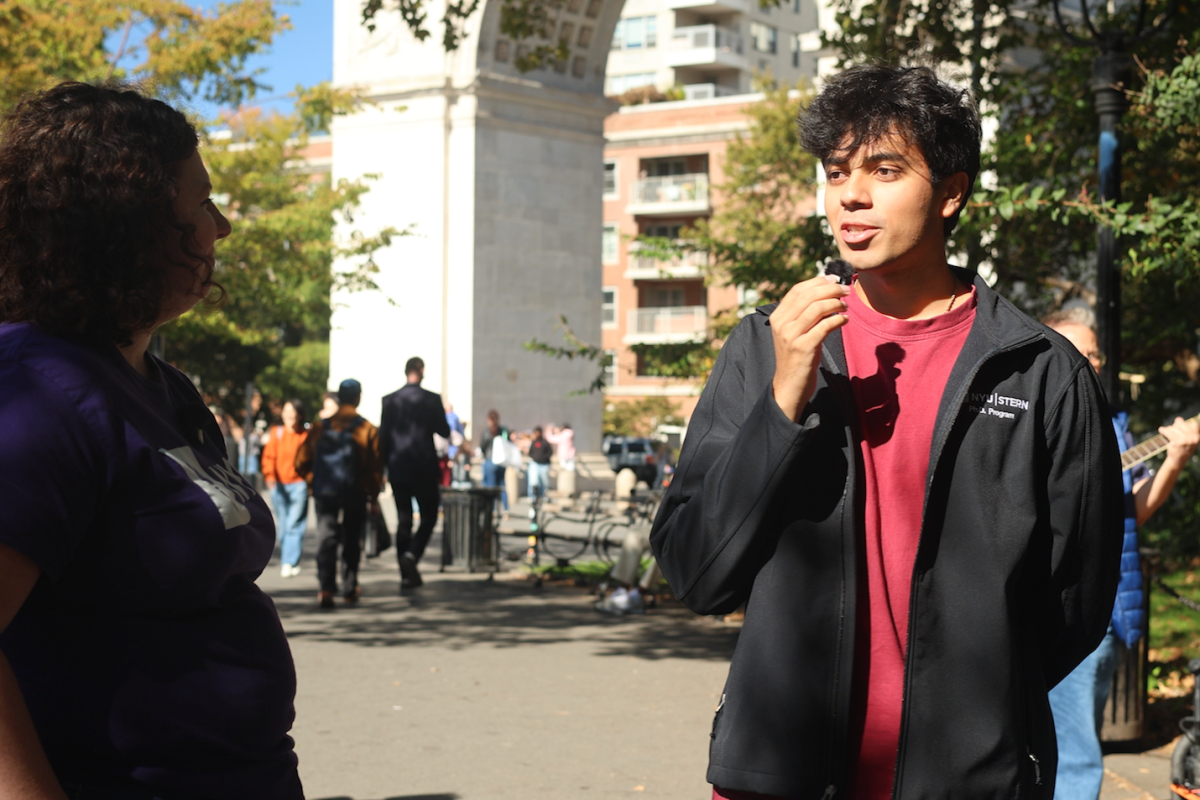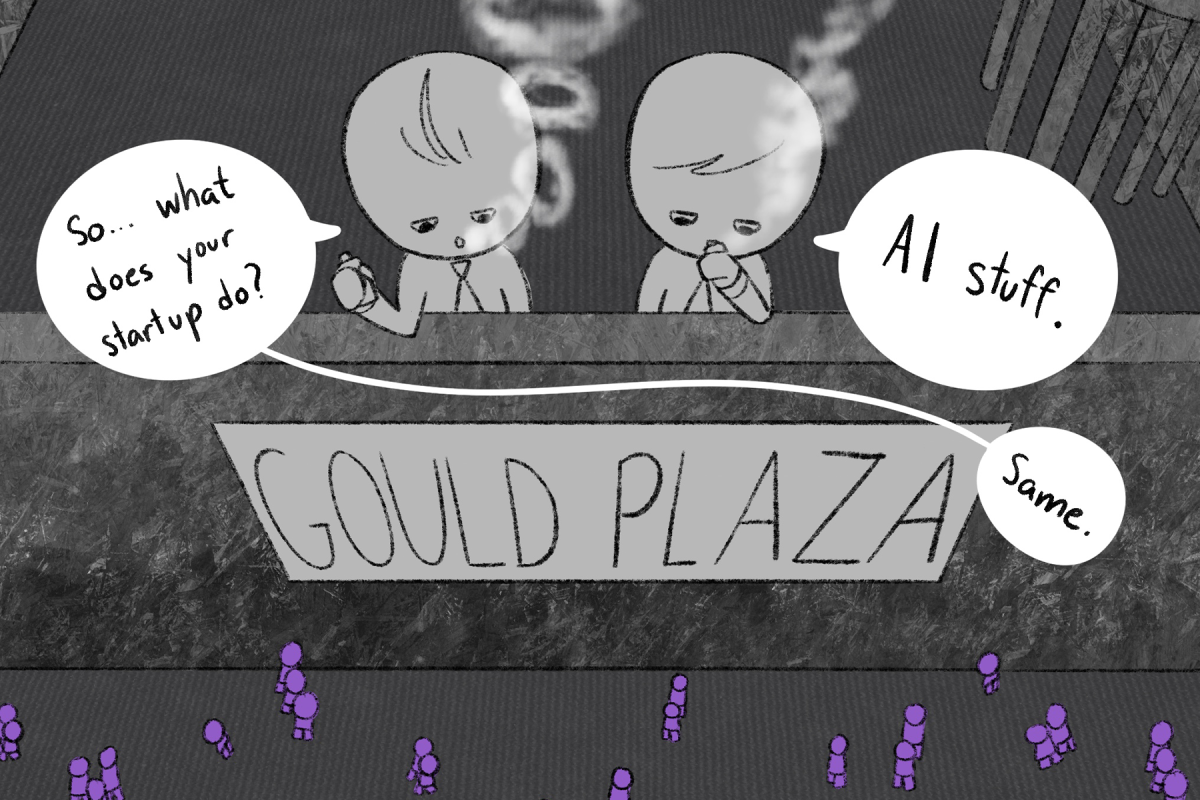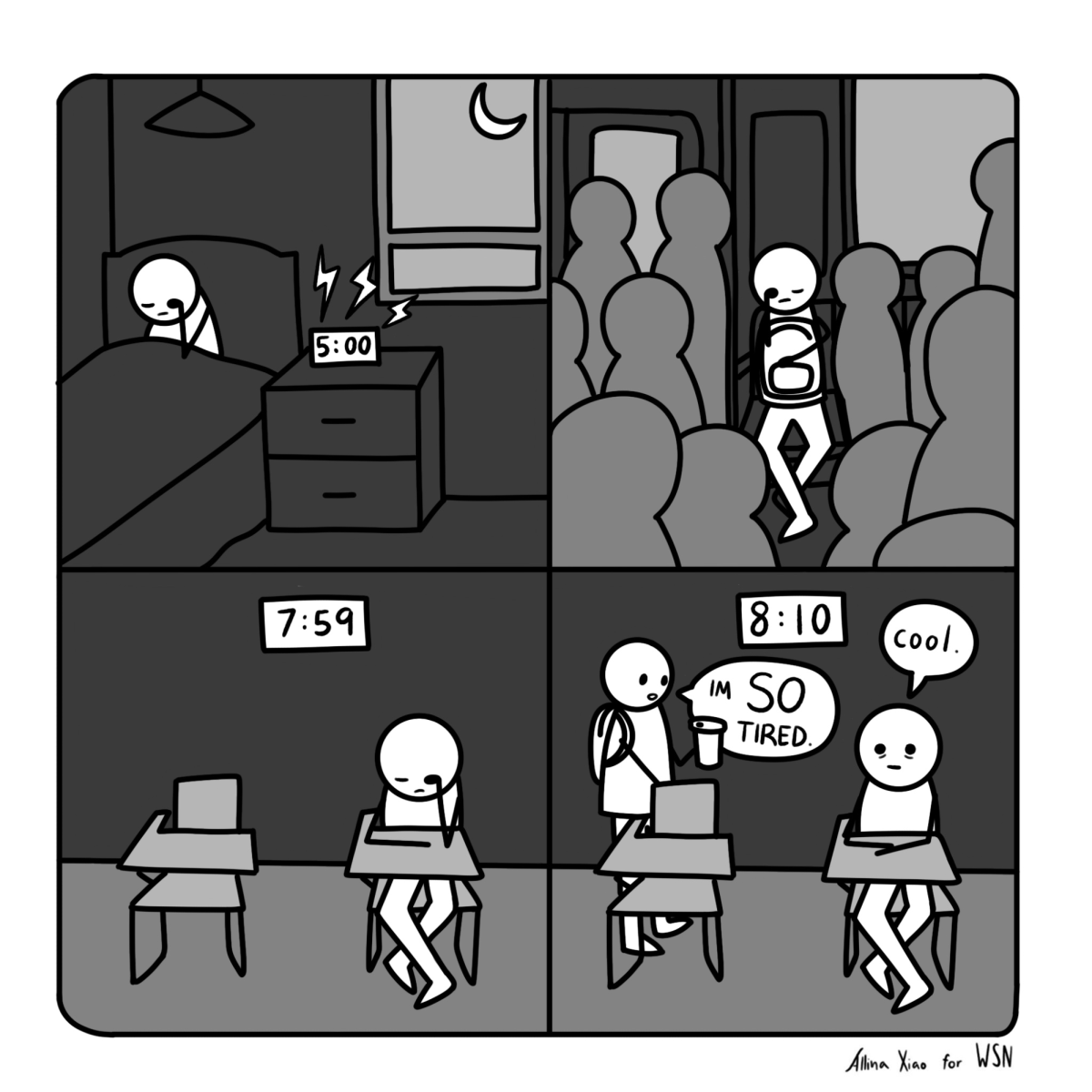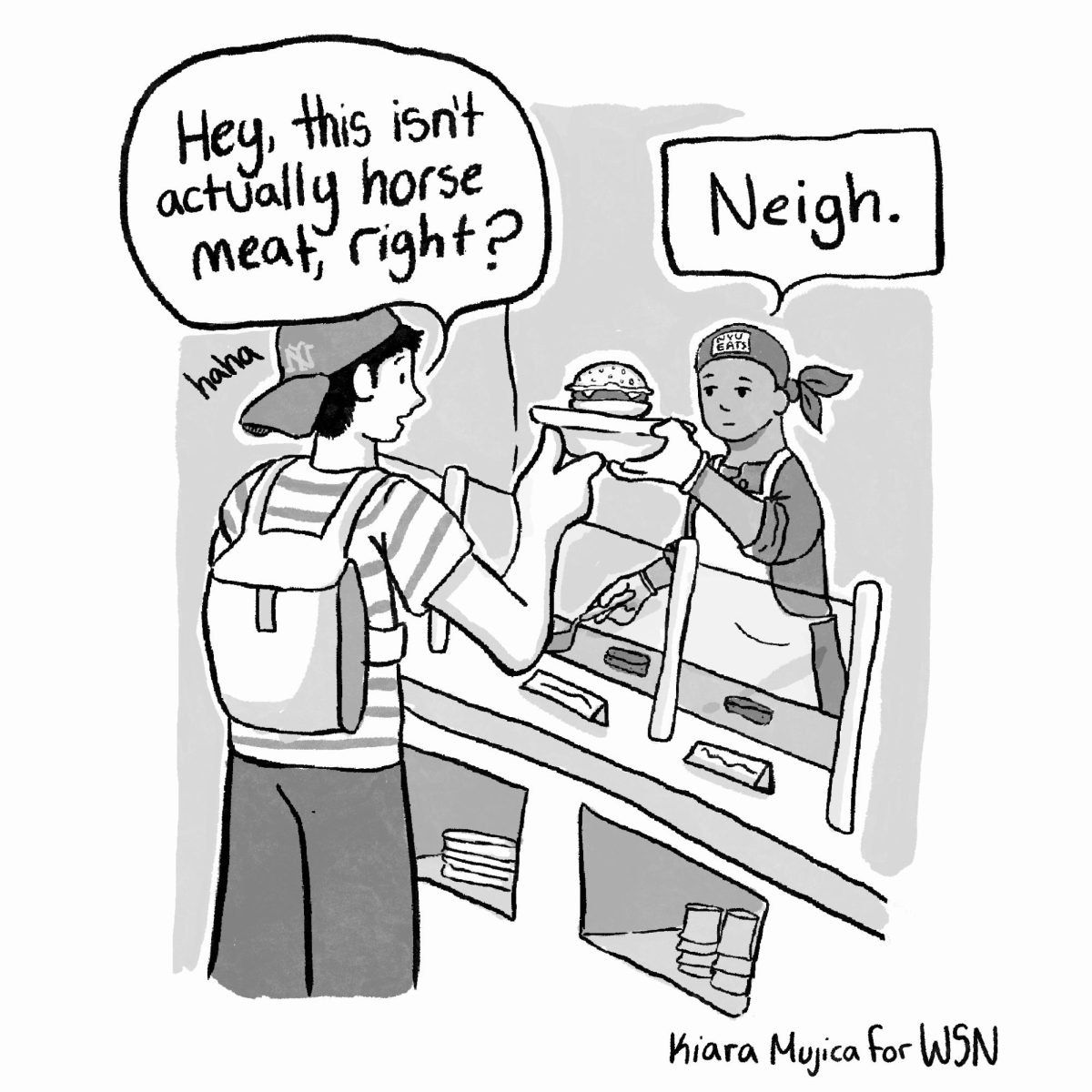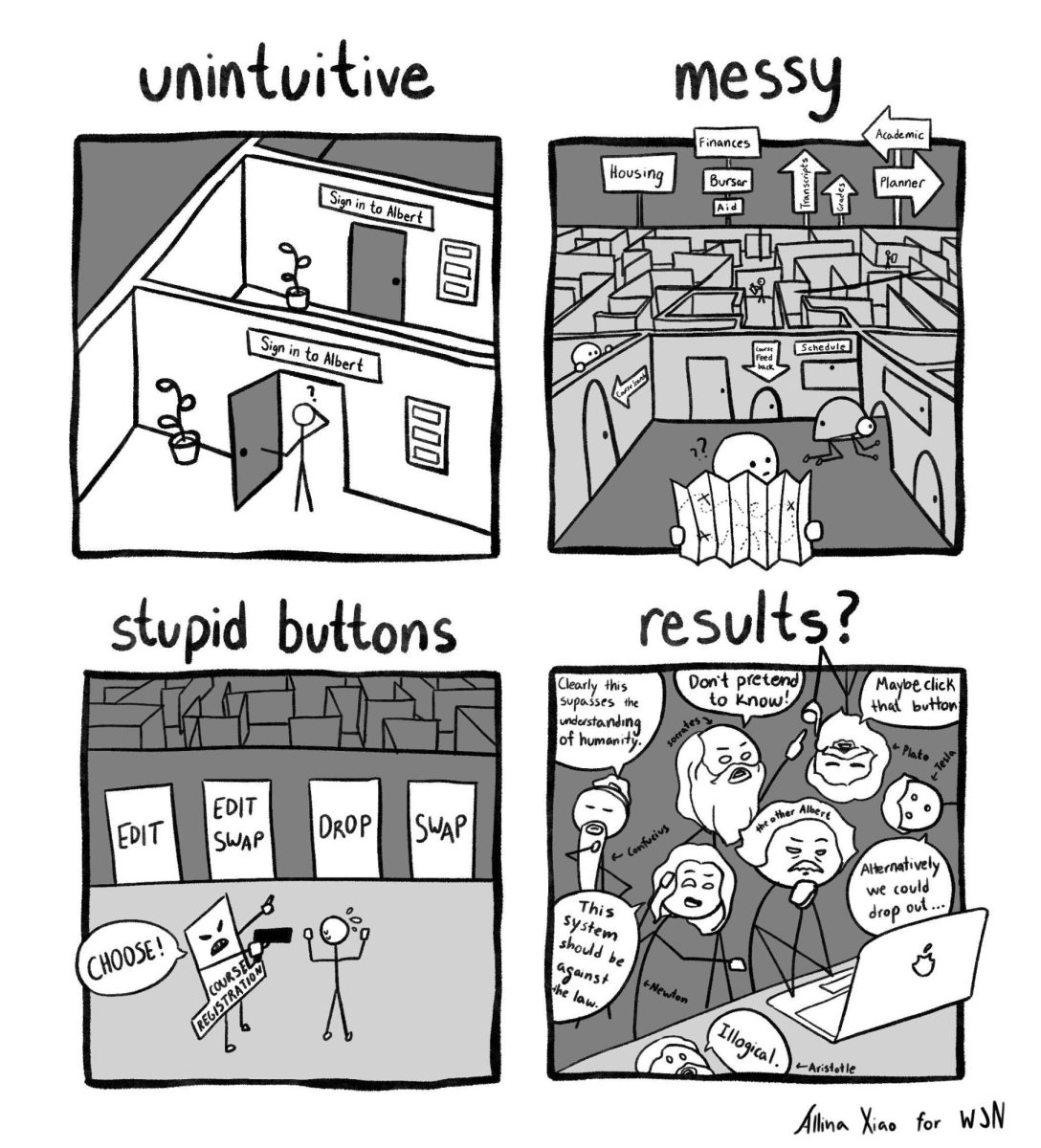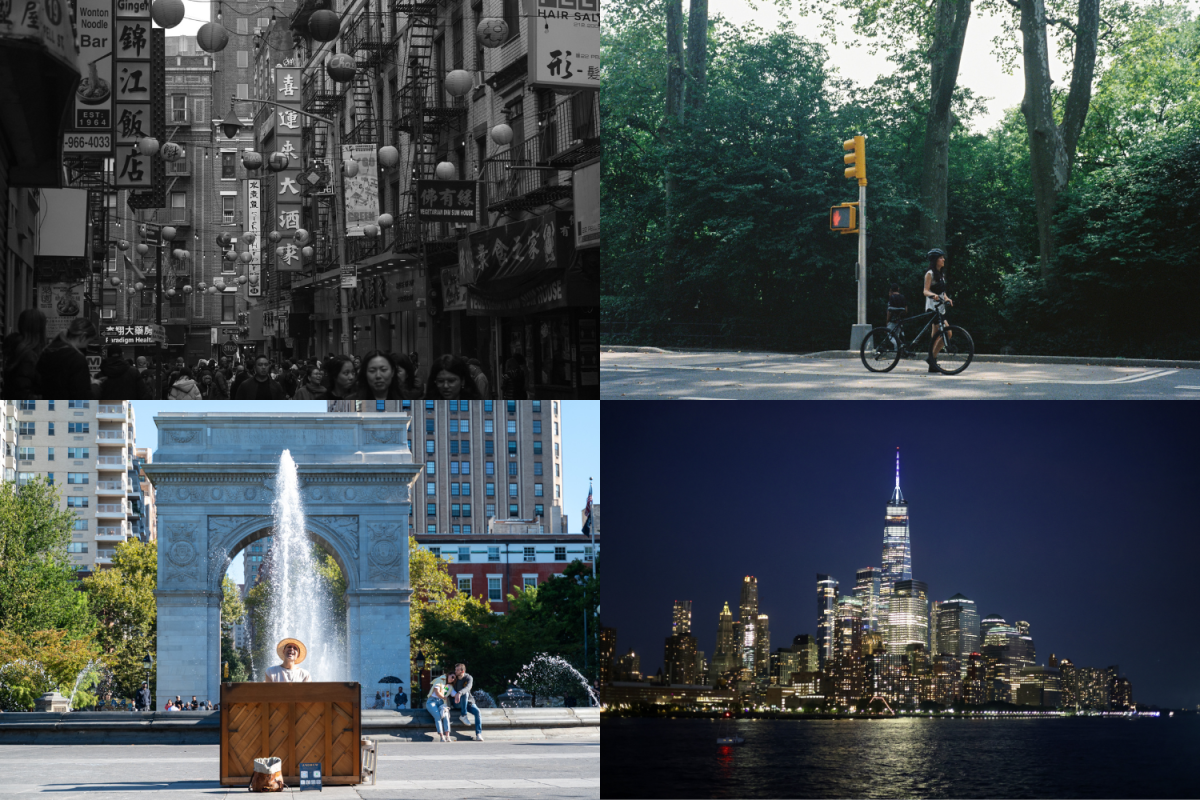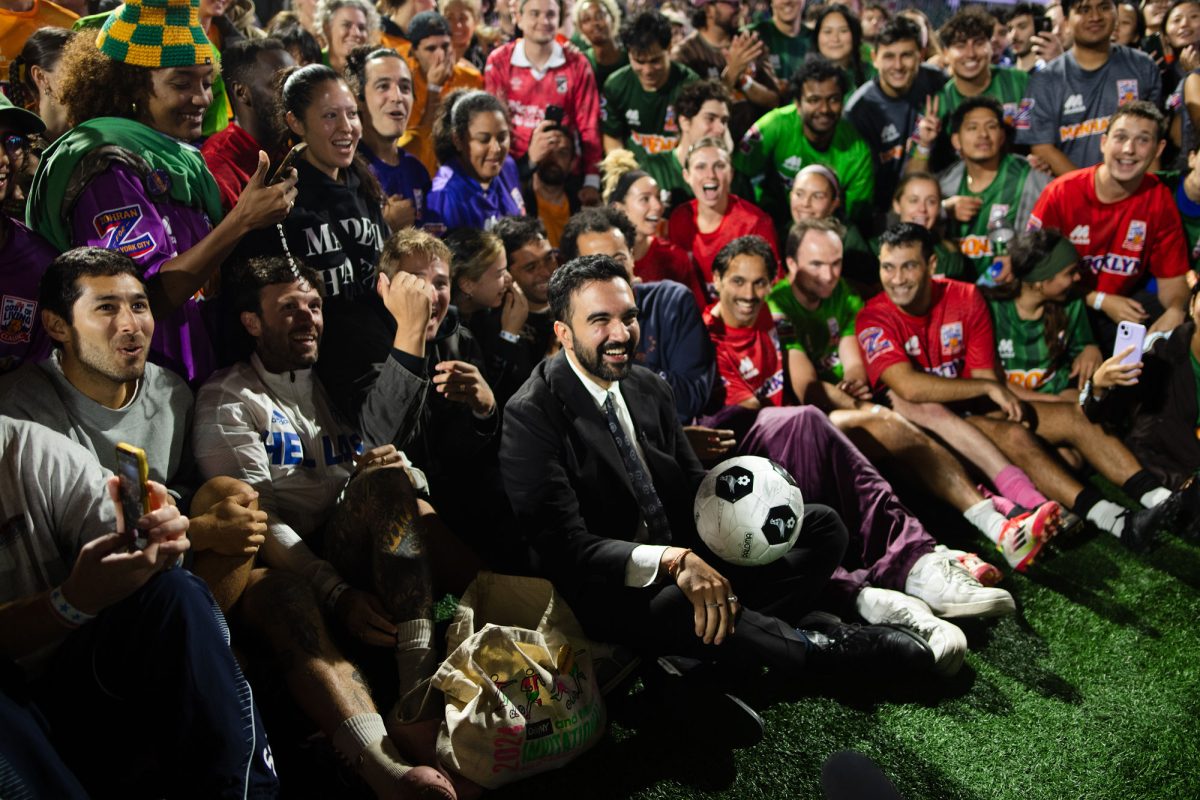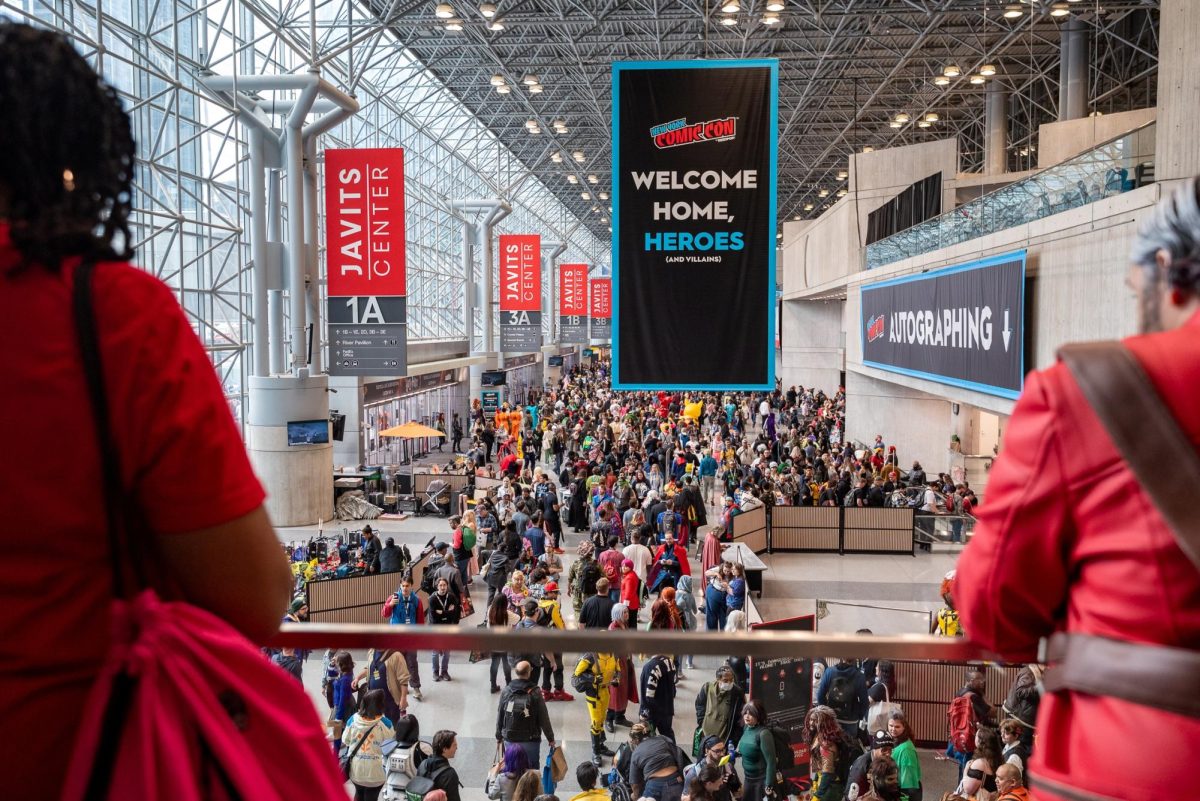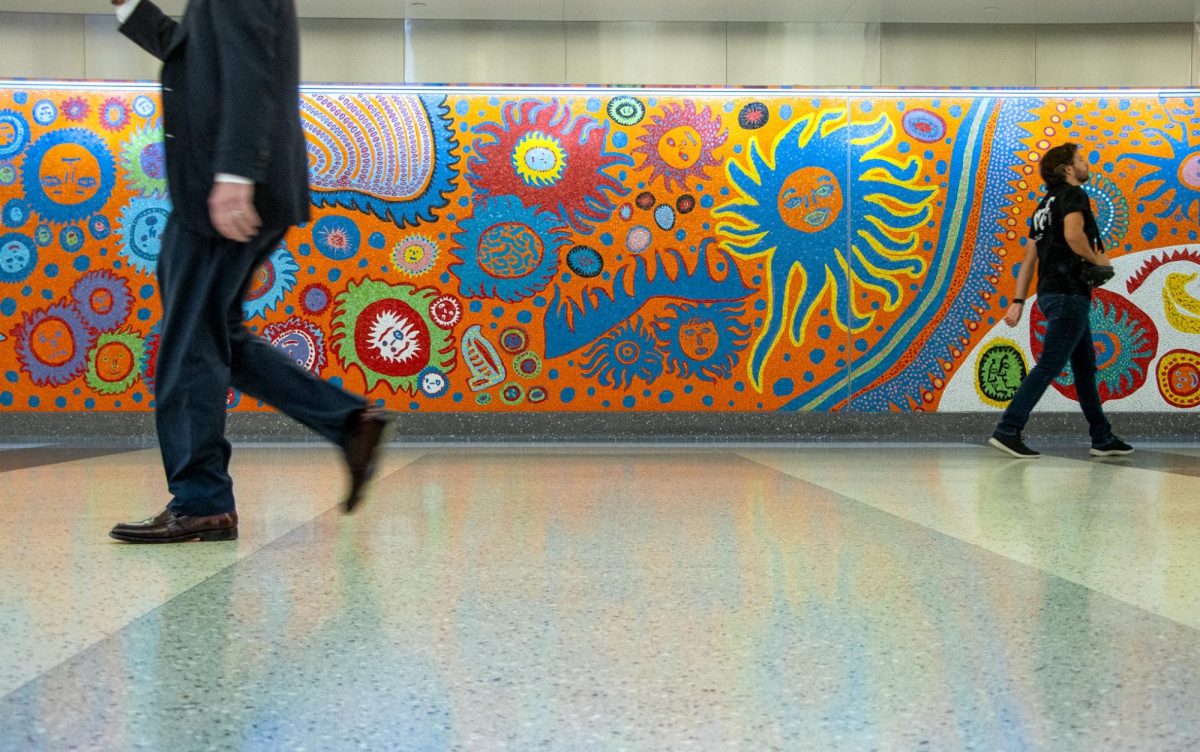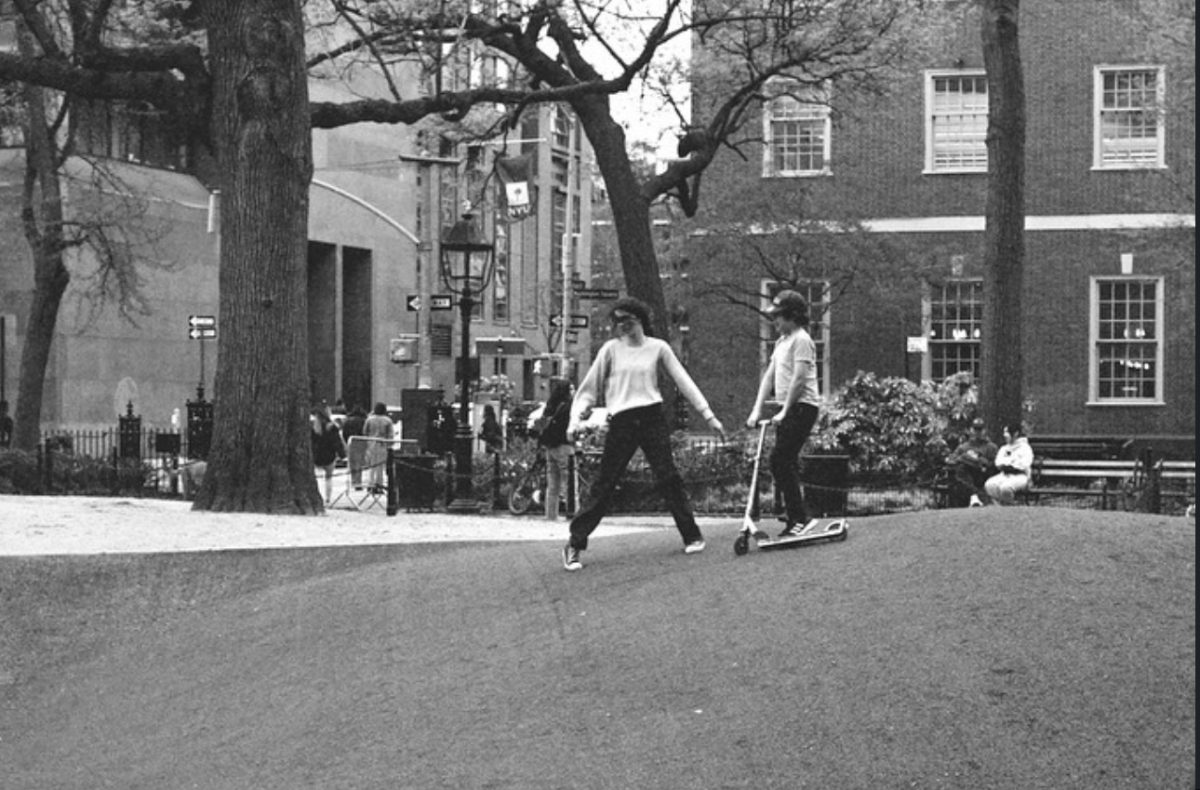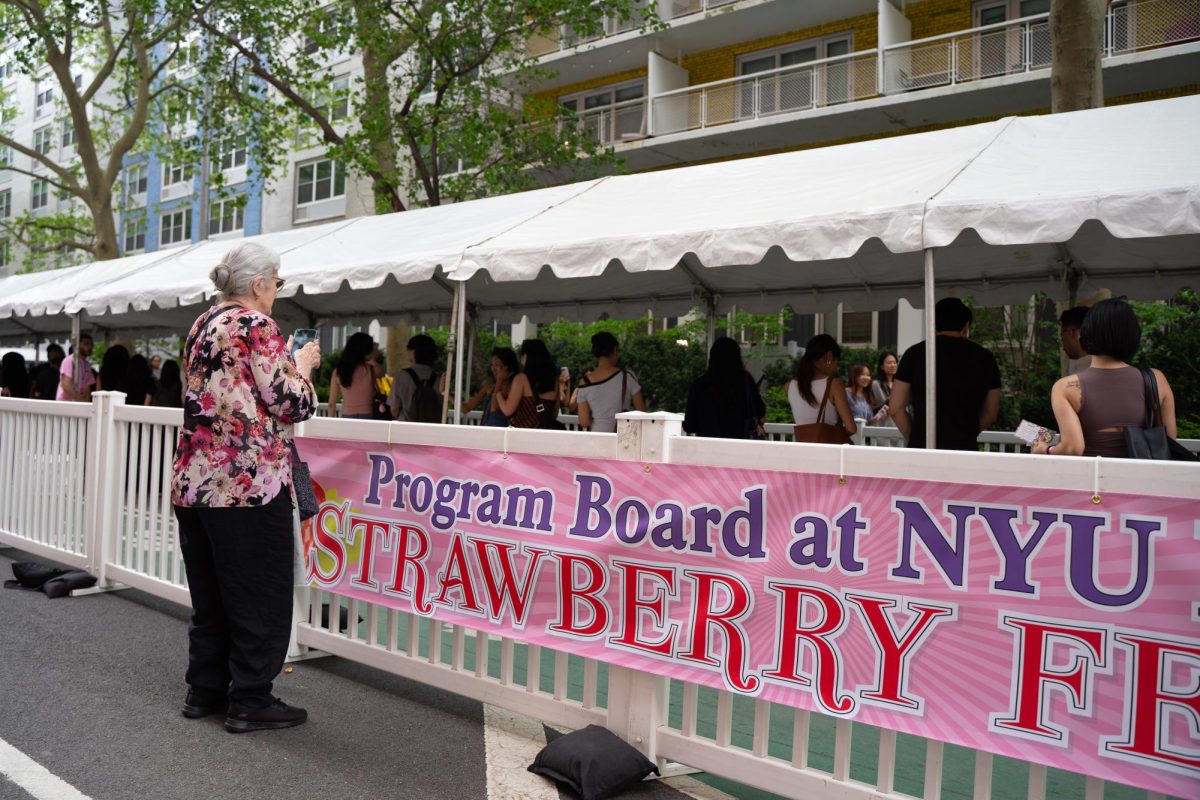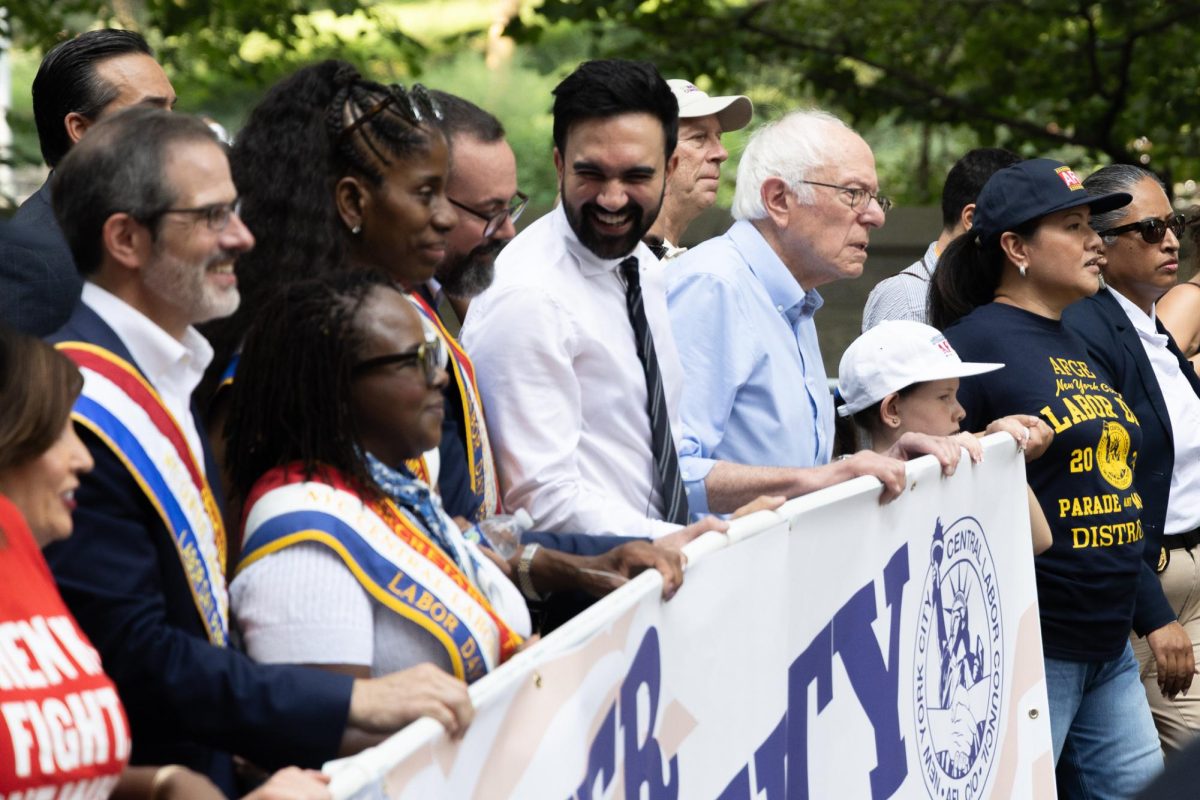Growing up as a student in a Delaware gifted program, I was provided with a rewarding and engaging curriculum that challenged me in the classroom. This accelerated learning experience led to a wealth of opportunities, for which I am immensely grateful. The Title I schools that offered these programs also received federal funding to support the high percentage of students coming from low-income families — but many of my peers were not actually afforded the same advanced education that I was given. My experience was just another outcome of an exclusive bubble catered to an overwhelmingly white majority.
Earlier this month, Democratic mayoral nominee Zohran Mamdani declared that, if elected, he would welcome former mayor Bill de Blasio’s plans to phase out the city’s elementary gifted and talented program. The plan, first proposed just a couple of months before de Blasio left office, would’ve mandated that all kindergarten teachers learn to accommodate gifted children in their normal classrooms. It also stipulated an end to the gifted program’s screening test offered in kindergarten that exacerbates racial inequality — offering the equitable educational reform the city so desperately needs.
The bold plan hinged on that year’s favored mayoral candidate, Eric Adams, to execute the policy. But four years later, this reform was half-heartedly embraced and ultimately fizzled out with little growth amongst corruption and scandal within the Adams administration. Adams pledged to expand the program but only did so by 100 kindergarten seats, a qualified failure for his promise to expand education access.
The gifted program in New York City’s public schools is a seemingly solid idea. Offering the opportunity for accelerated learning in elementary education for those who aren’t challenged by regular schooling can stimulate and support student learning. Yet by virtue of its selection standards, the program systematically refuses fair representation of the city it serves: 70% of New York City public school students are Black and Latino, while 75% of students in the gifted and talented program are white and Asian. This creates an undeniable gap in education and preparedness that splits down demographic lines — a divide we cannot allow to fester.
In New York City, gifted programs offer an accelerated alternative to regular education, a way to keep middle class families in public schools who might otherwise choose charter and private options. But because of socioeconomic gaps between demographics, this just translates to keeping white and Asian families in public schools. These gifted programs determine the long-term educational and economic success of its students, placing them on a path towards honors classes, higher education and broader career opportunities in the future.
The idea that an advanced curriculum should only be limited to a certain number of students reaffirms a cultural hierarchy. Those limited spots are mostly occupied by families who can afford to offer their child the educational resources that prepare them well for the citywide test implemented in 2006. That test leaves behind underrepresented minority communities that need these educational resources the most. Mamdani is right to scrap this test in search of a more equitable policy.
Adams tried to address this grossly disproportionate demographic by introducing a selection process based on qualifying grades instead of a test — however, grades should also not be treated as the ultimate indicator of aptitude. This plunged the program further into chaos as admissions became based on a lottery system where pre-K teachers would nominate students for a chance to enter into the program. As a result, in 2022, 9,227 out of 70,000 kindergarteners were deemed eligible, but only 2,500 spots were offered. Candidates Andrew Cuomo and Curtis Sliwa have advocated to make it easier to qualify for the gifted and talented program, but there’s simply no point if spots cannot be offered to counteract the disproportion of eligibility. Bolstering a program that has a pattern of separating students by race will only continue to do so, thereby cutting a majority of students off from improving their education.
It’s time to finally offer the same support and resources present in the gifted and talented program for all aspects of public schooling. It’s antithetical to the idea of education as an equalizer to leave behind those who struggle, which is why it’s vital that every student receive the highest quality education the city can offer. Until then, the program will only serve as a label of privilege to those that fit its arbitrary requirements, while mobility between different races and classes will stay stagnant.
Mamdani’s campaign aims to address these root concerns, while also loosening mayoral control over public education in favor of more local contribution to school environments. The campaign has assured greater funding as well for public schools while committing to further integration of student populations. His goal isn’t to create more divisions within education by promoting the intellectual segregation of students, but to make the school system more evenly accessible and promote access for all.
New York City has known for decades that its gifted program is flawed and prompts racial inequalities. Adams’ original idea to expand the program only highlights the education’s exclusivity, to the extent that eligible students are disqualified by virtue of limited quotas. Every student has a future worthy of investment, so if spots for accelerated learning cannot be allocated, then this system is a poor excuse for equitable education. Leaving some behind in favor of those with higher test scores is ultimately a policy failure to our city’s youth.
WSN’s Opinion section strives to publish ideas worth discussing. The views presented in the Opinion section are solely the views of the writer.
Contact Maggie Turner at [email protected].

